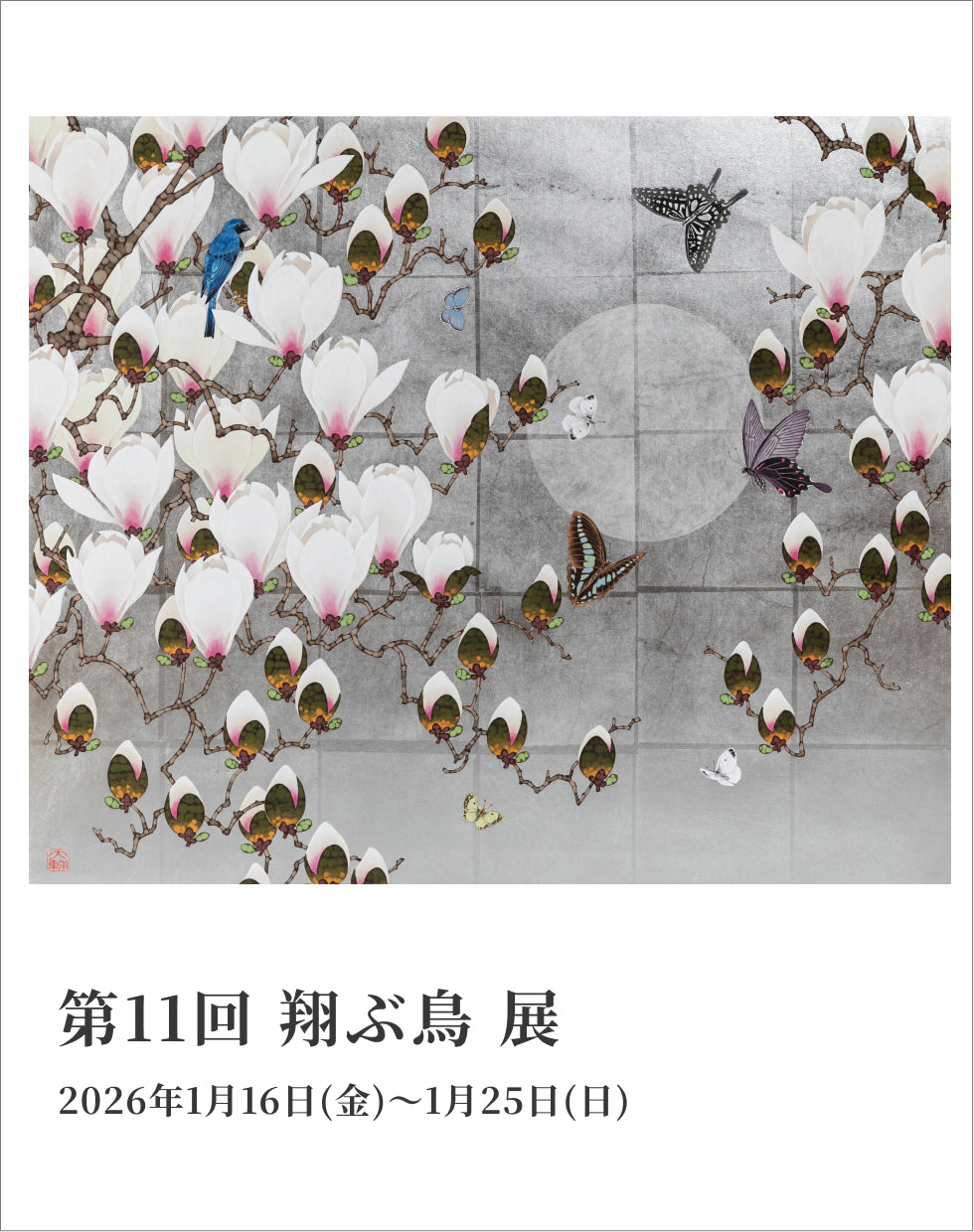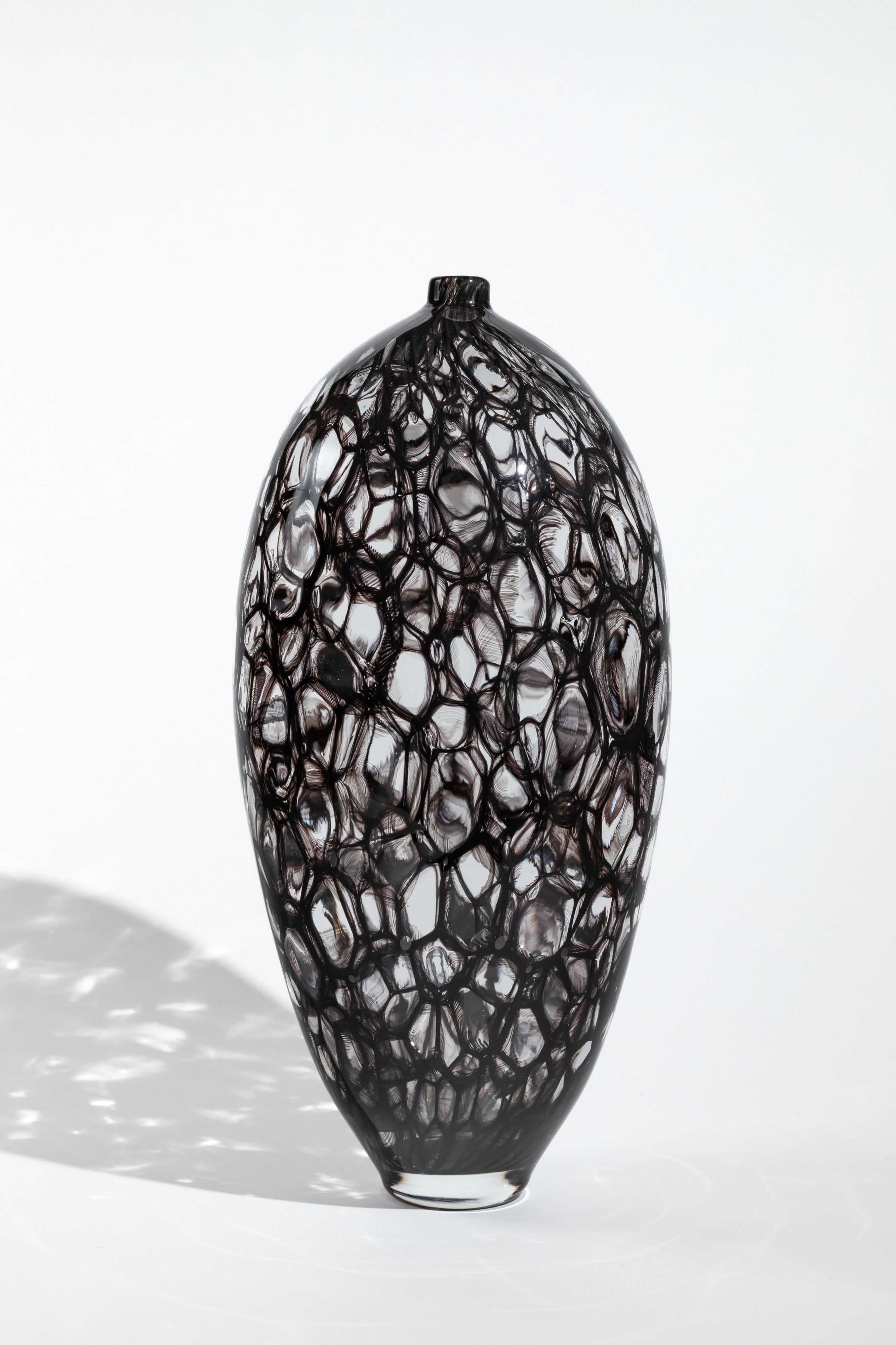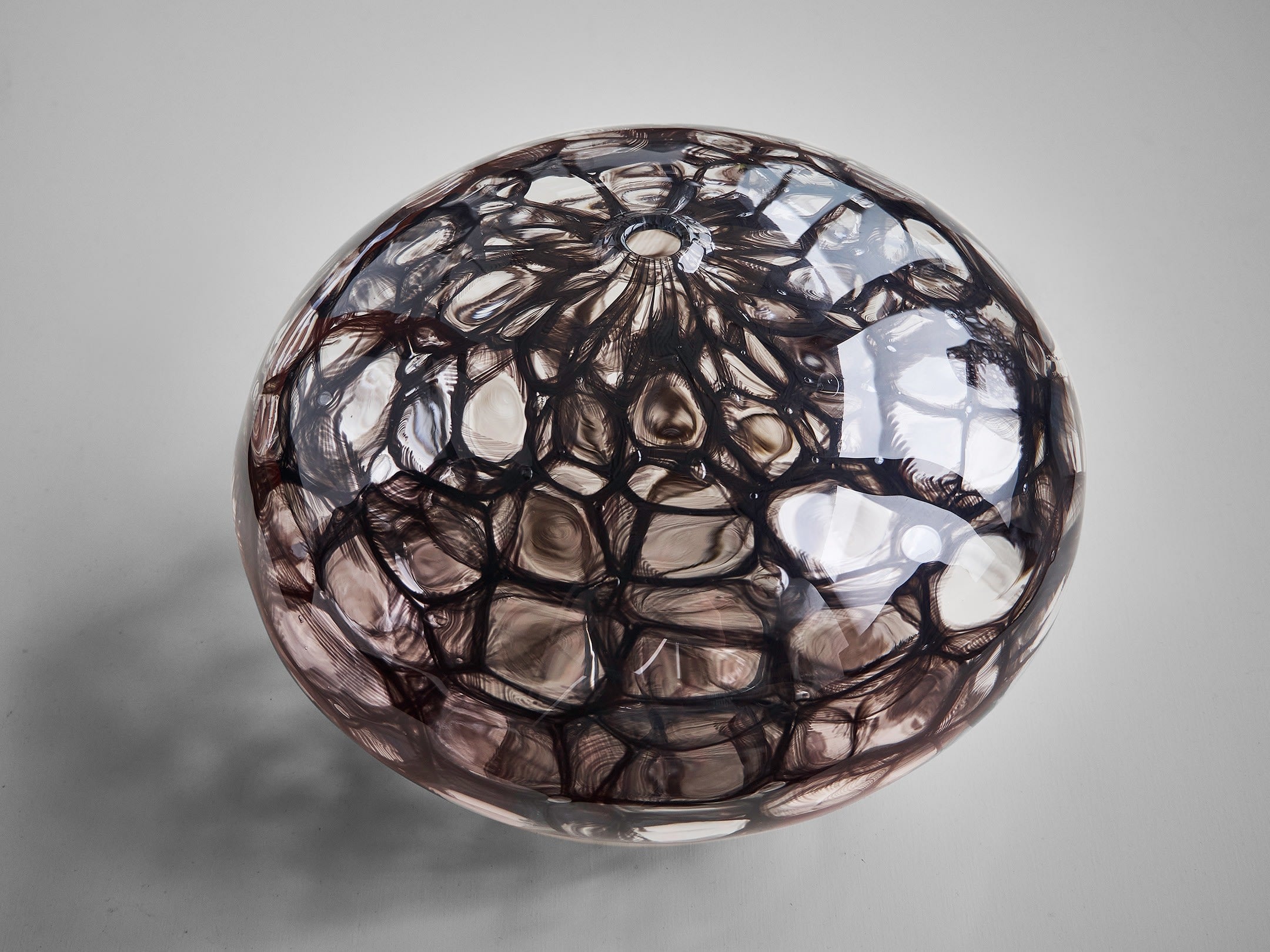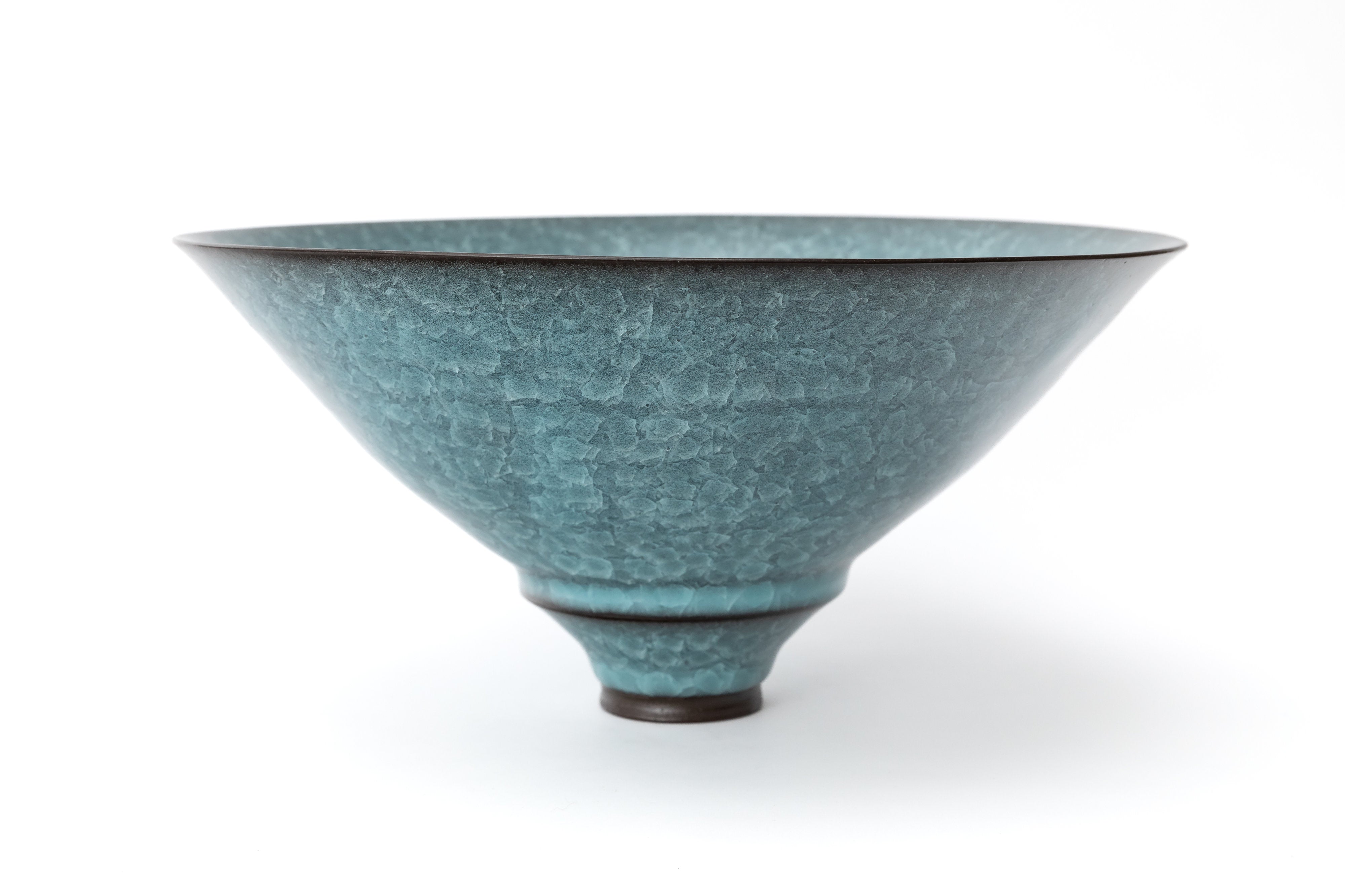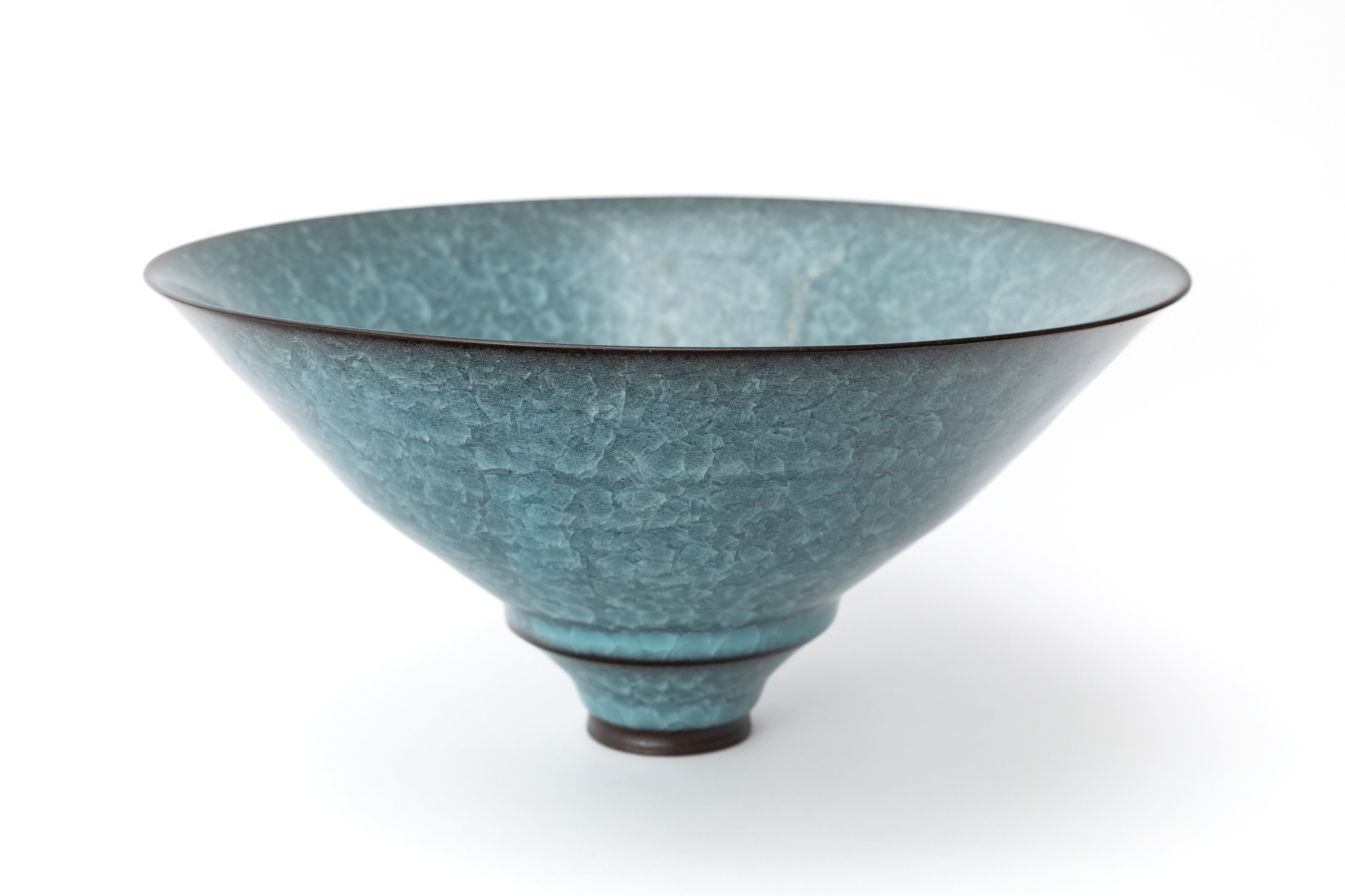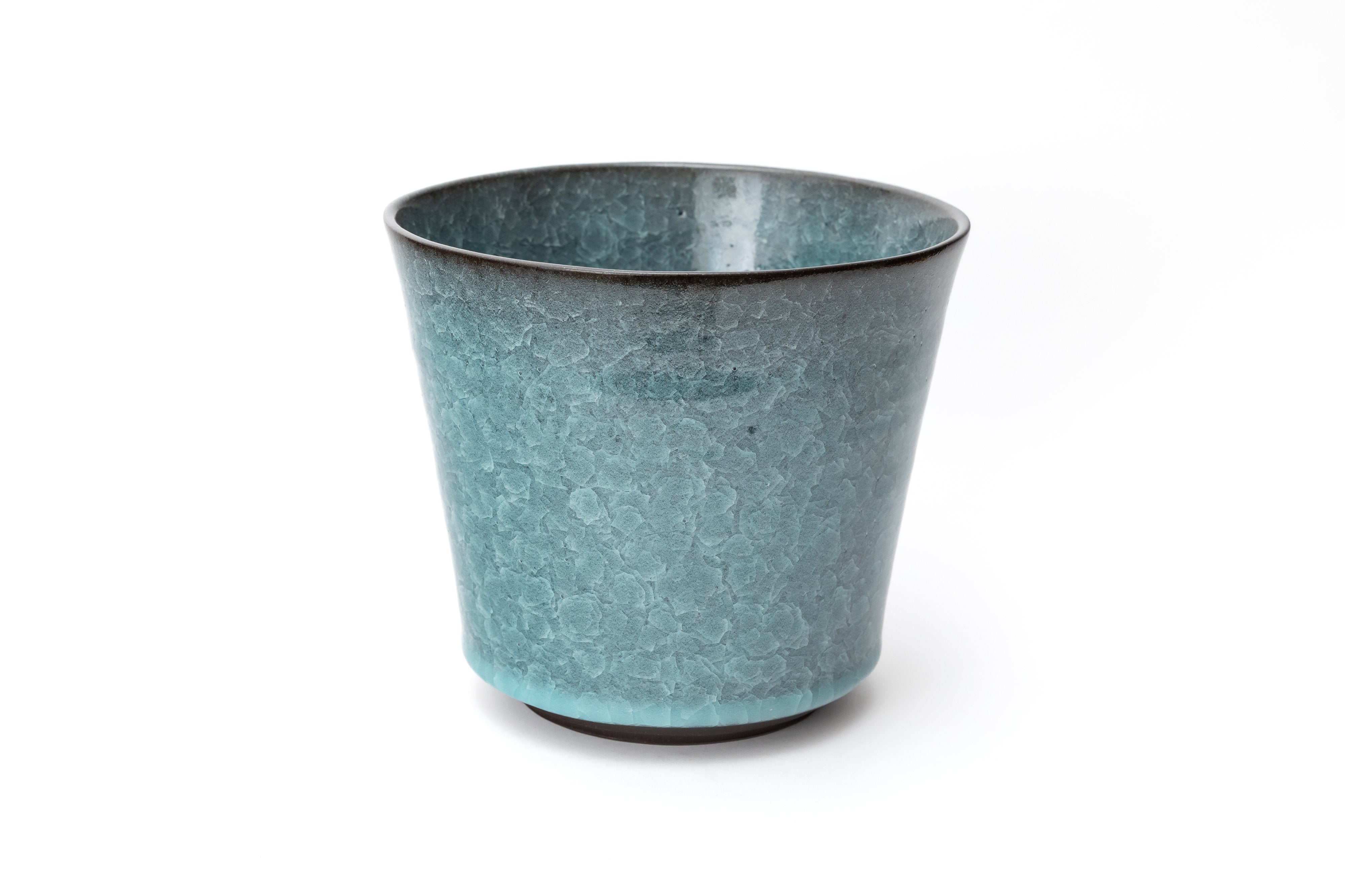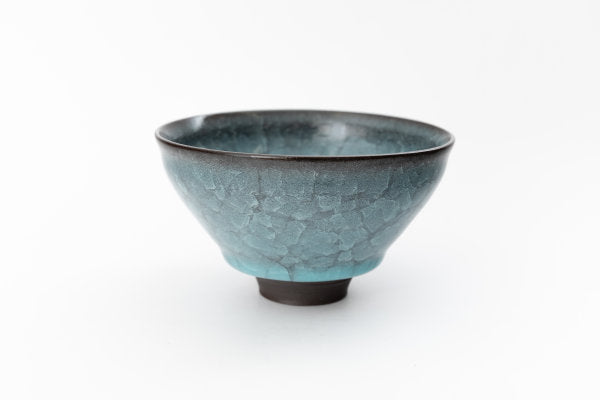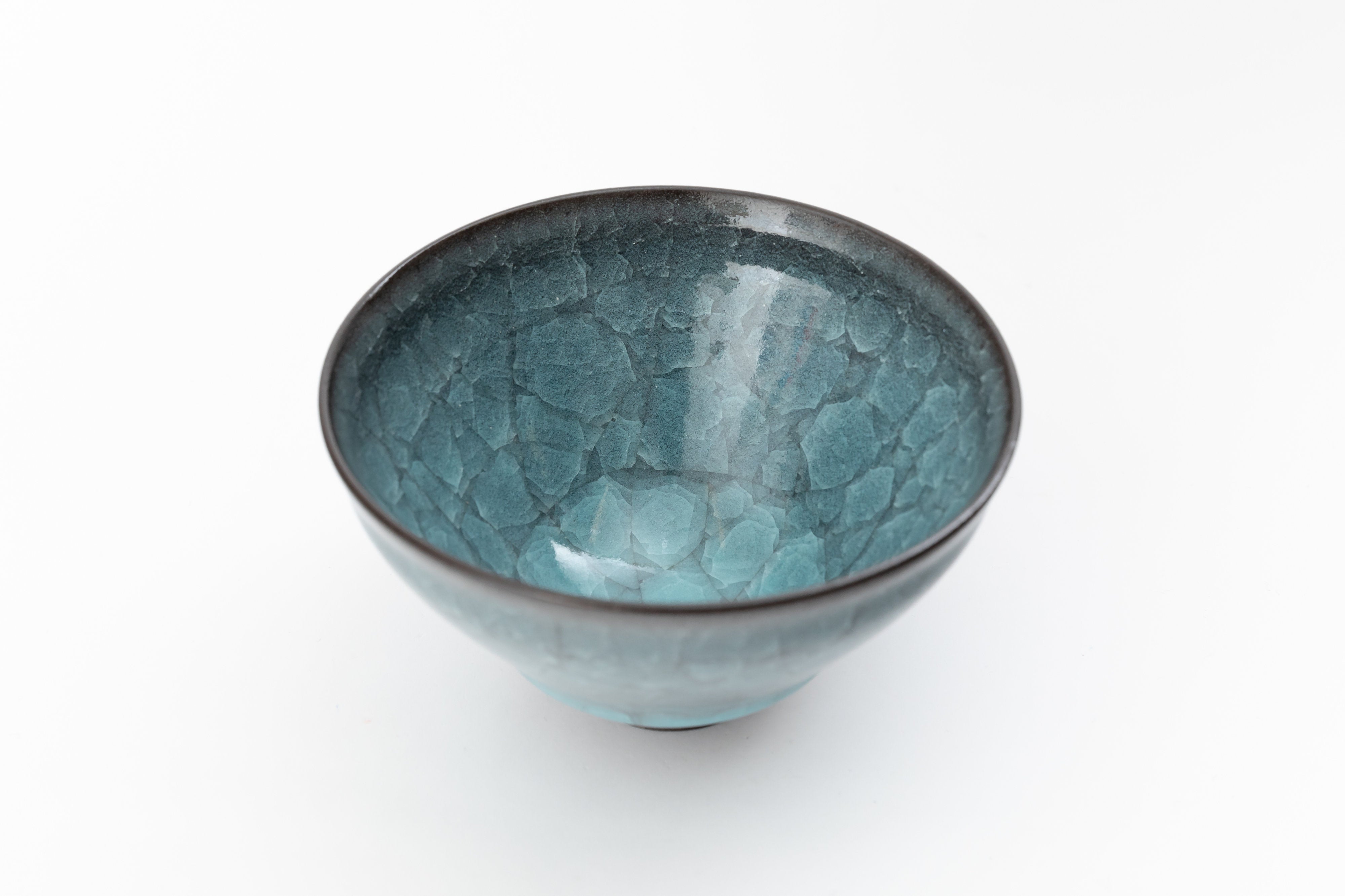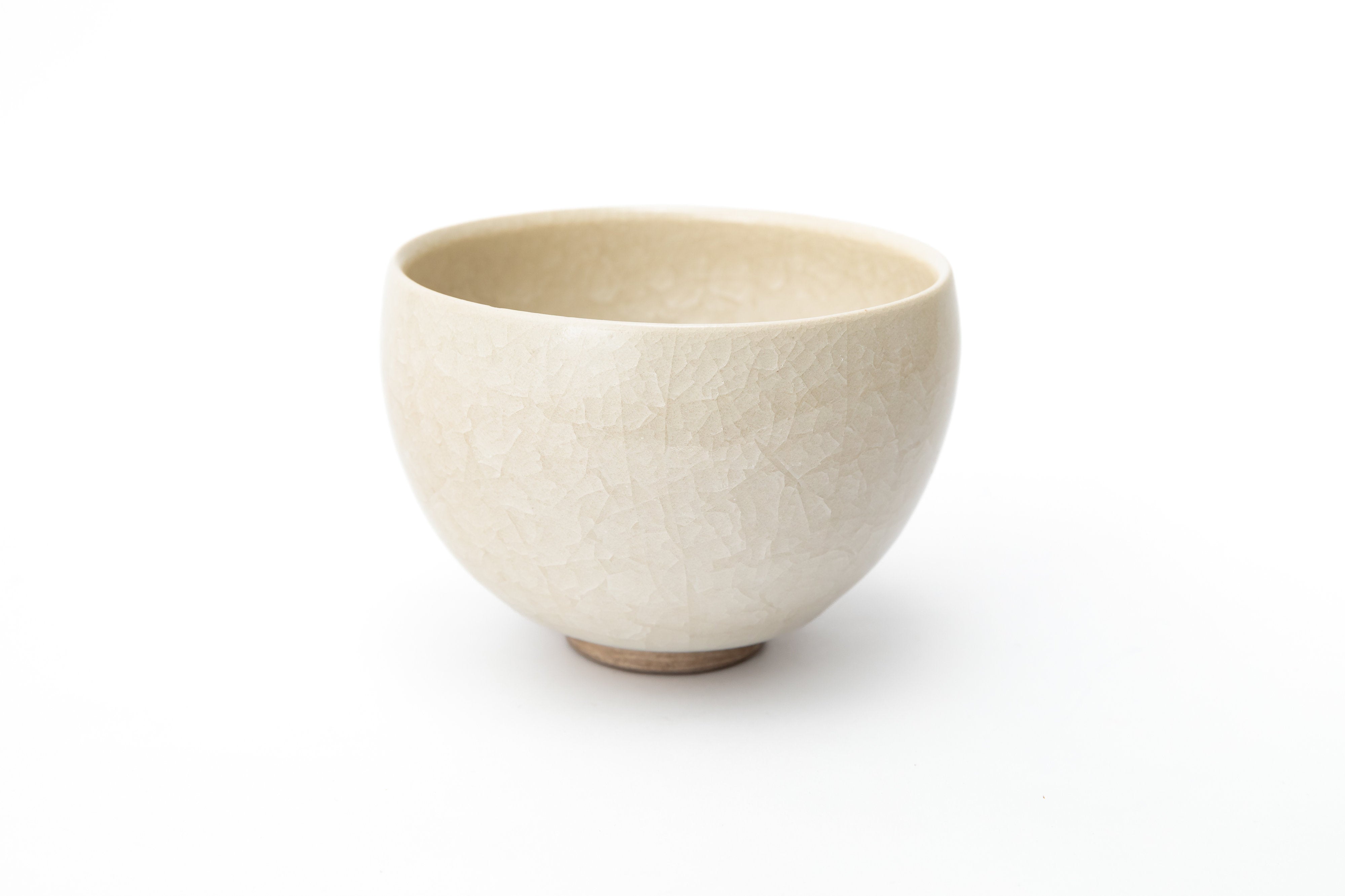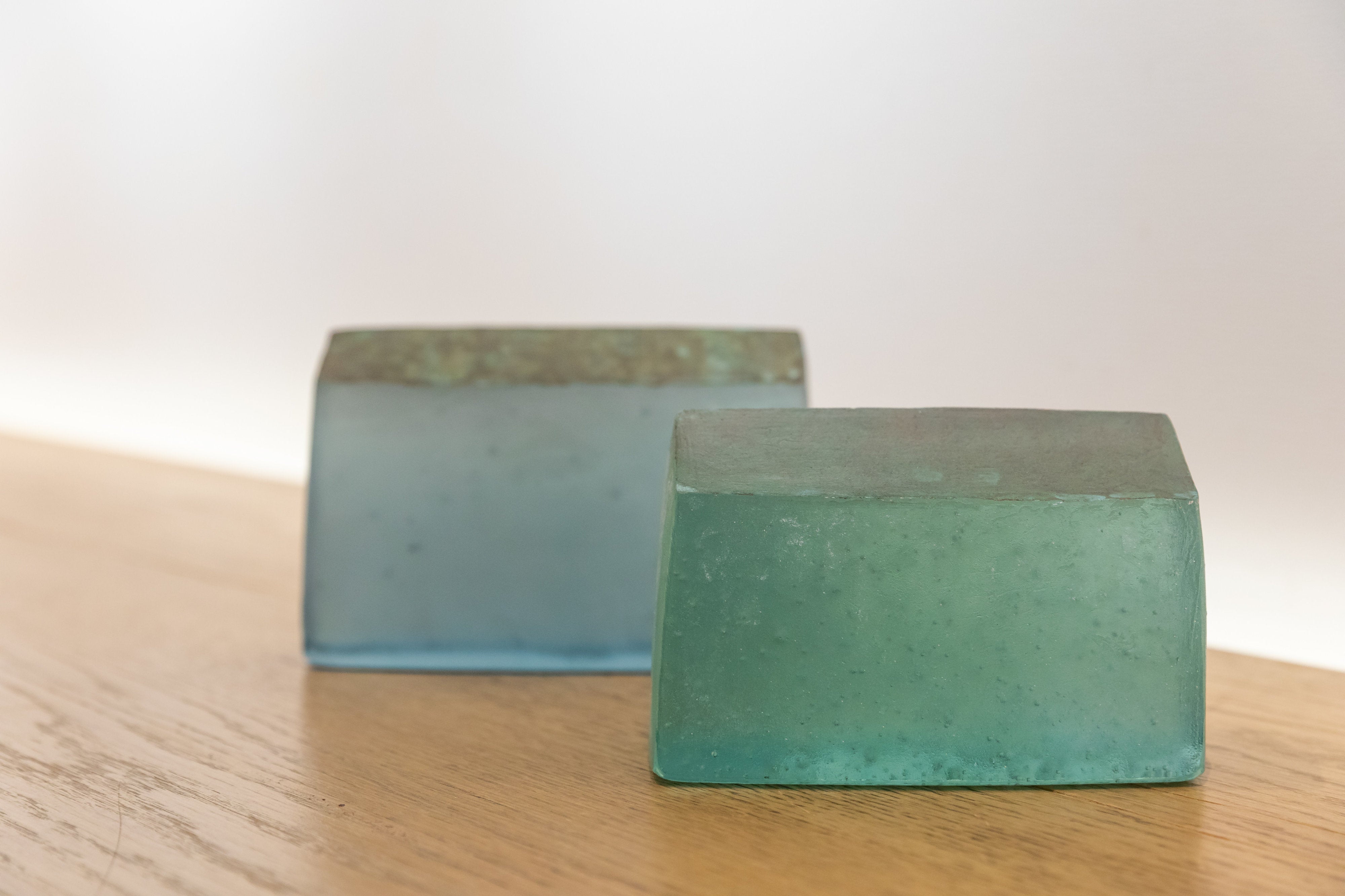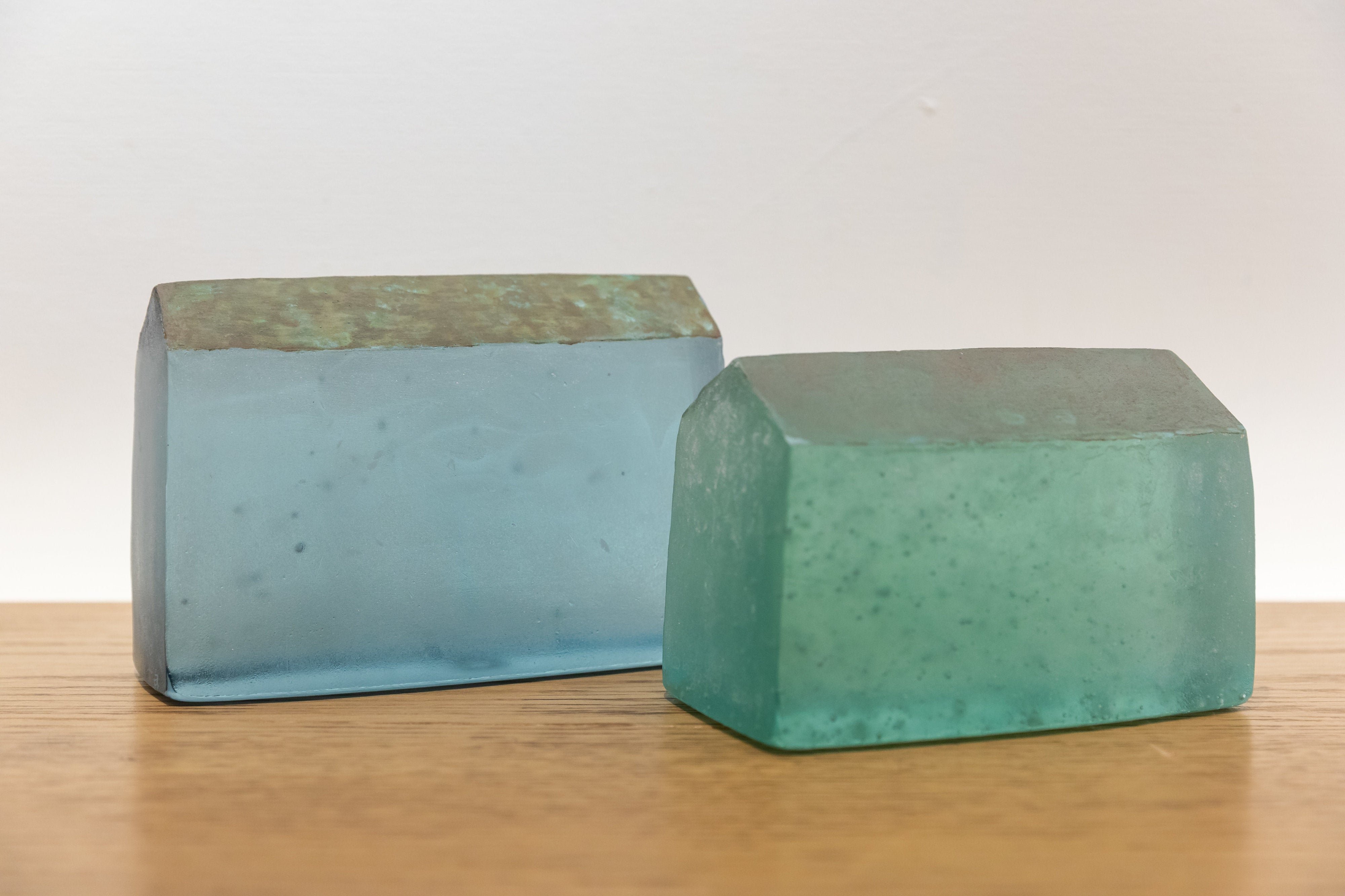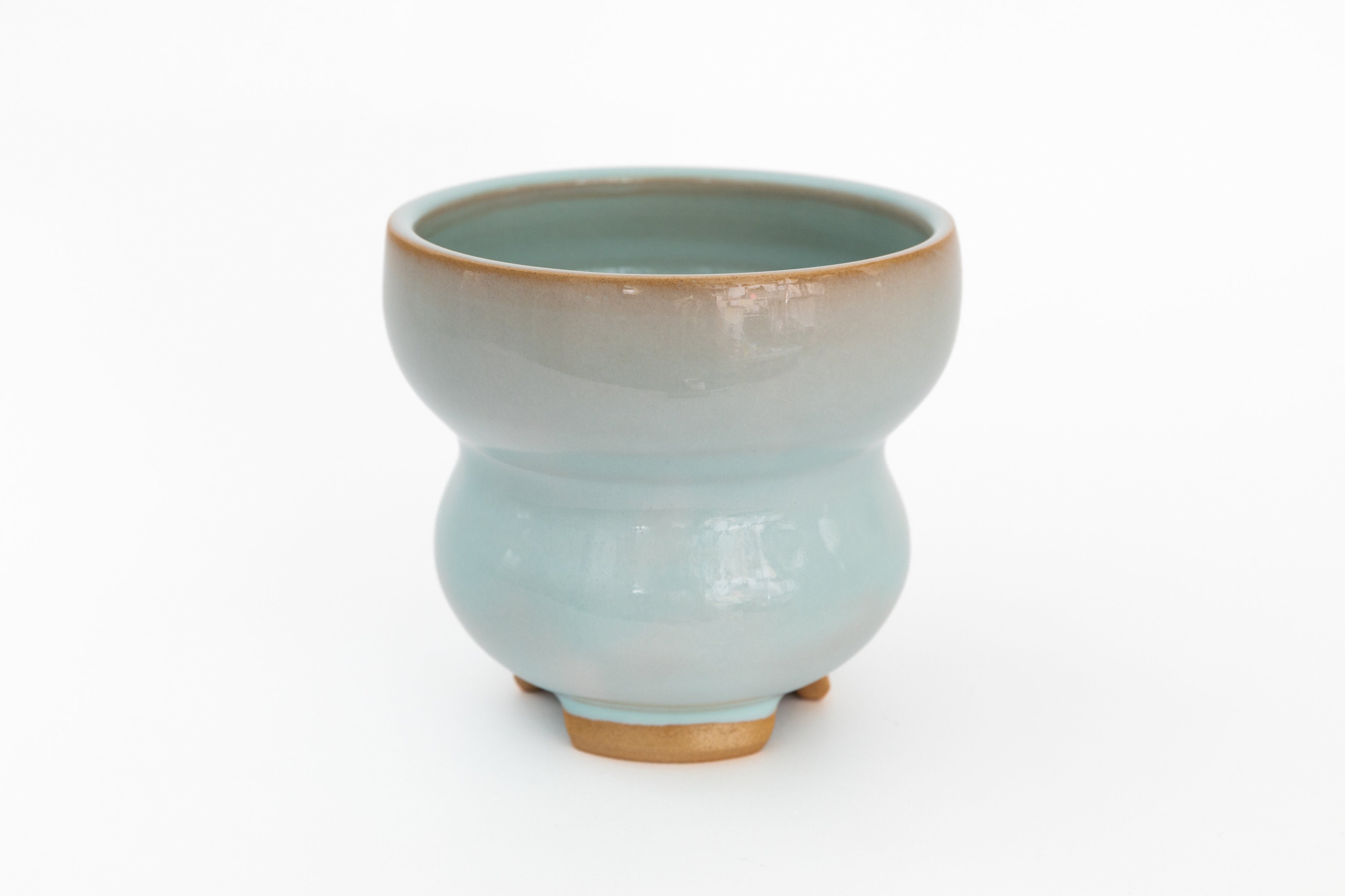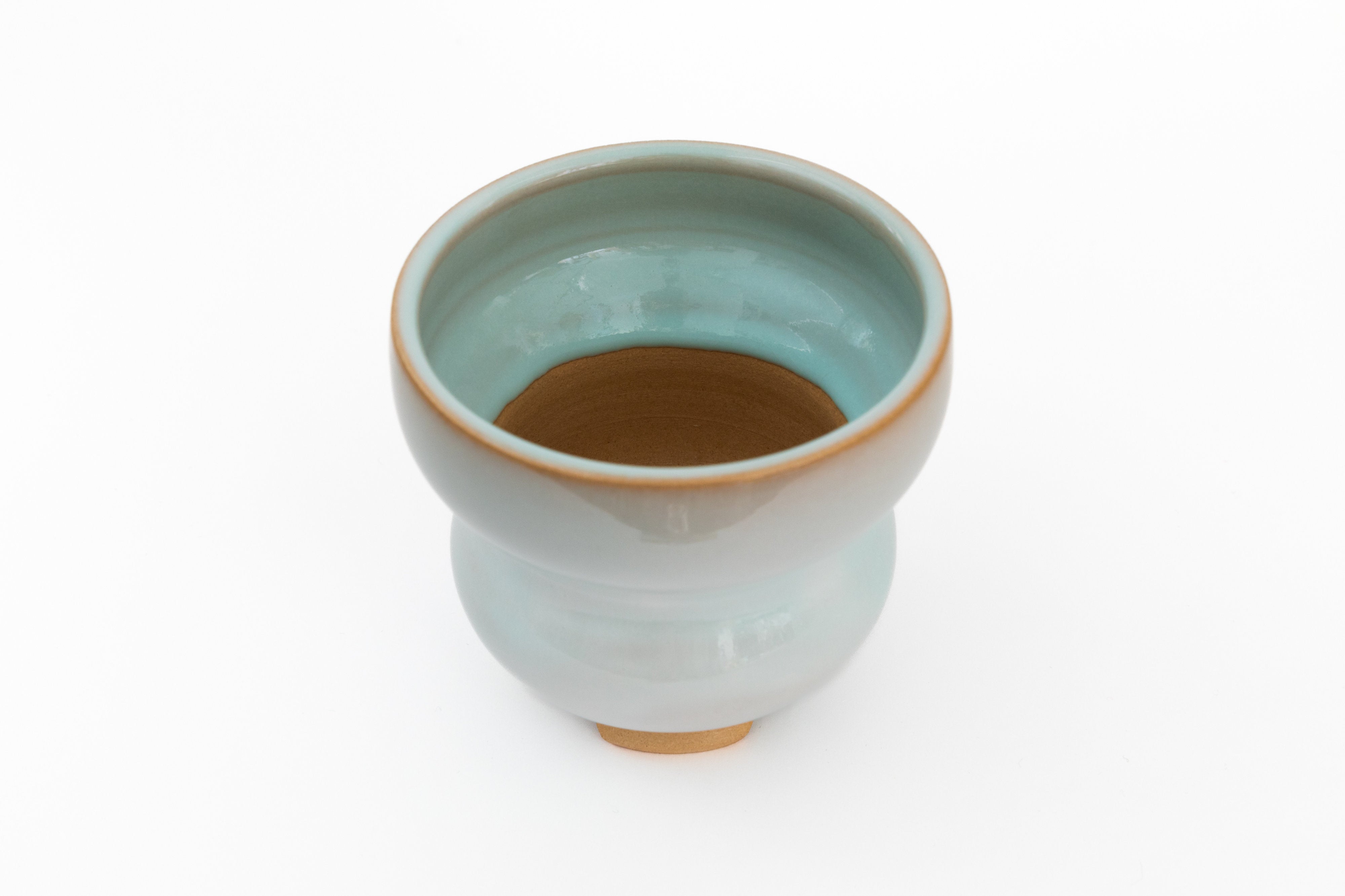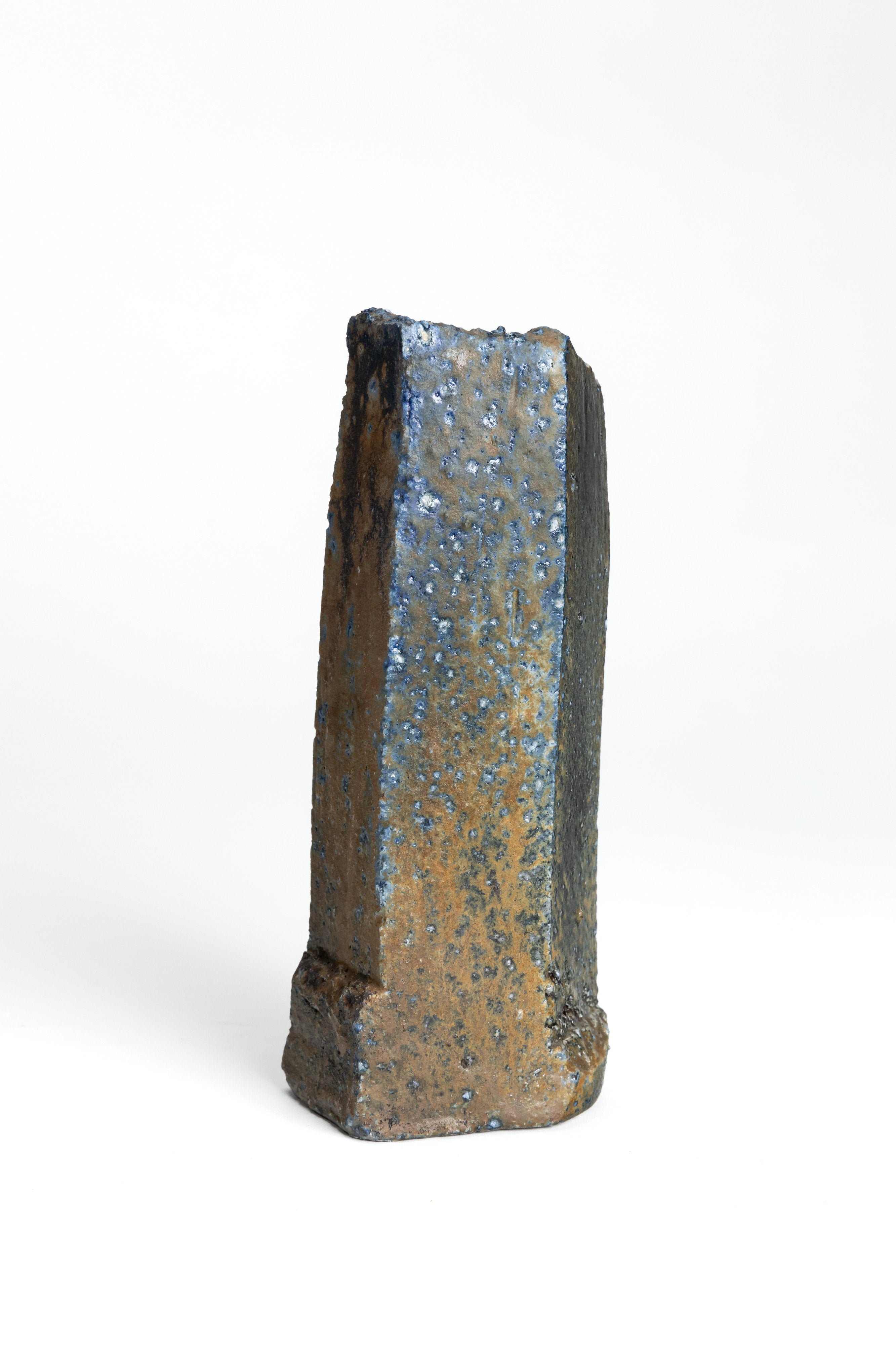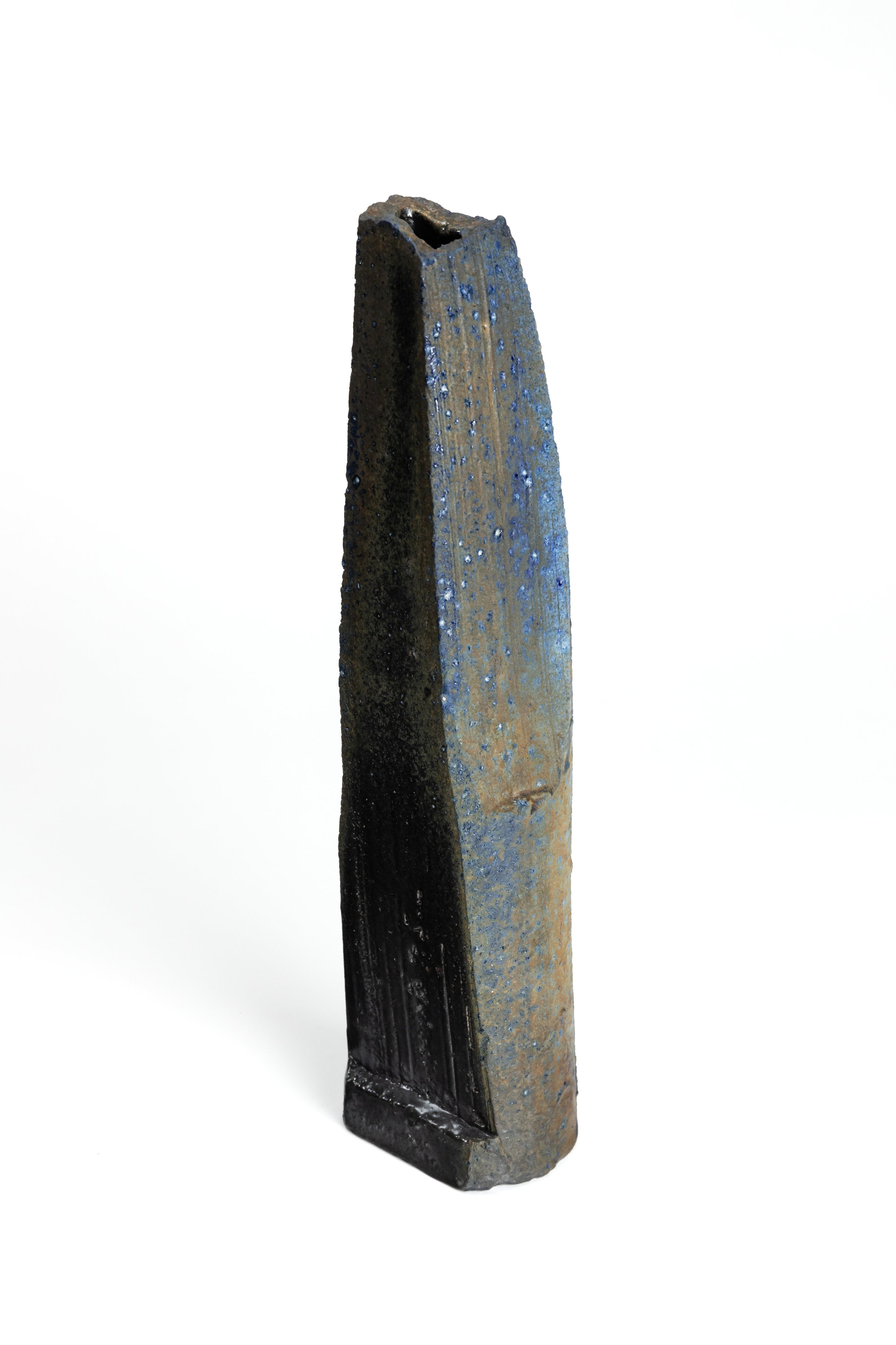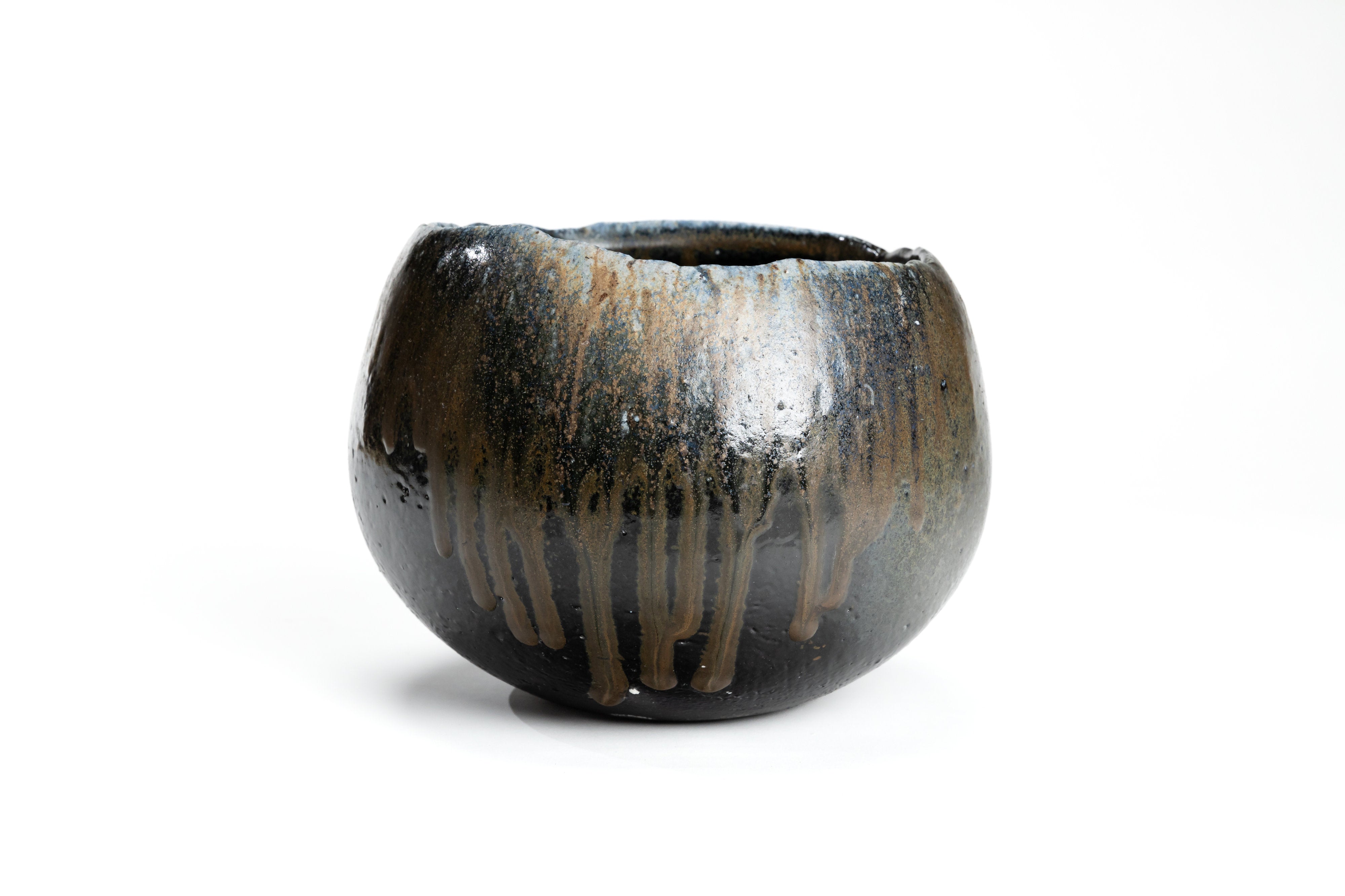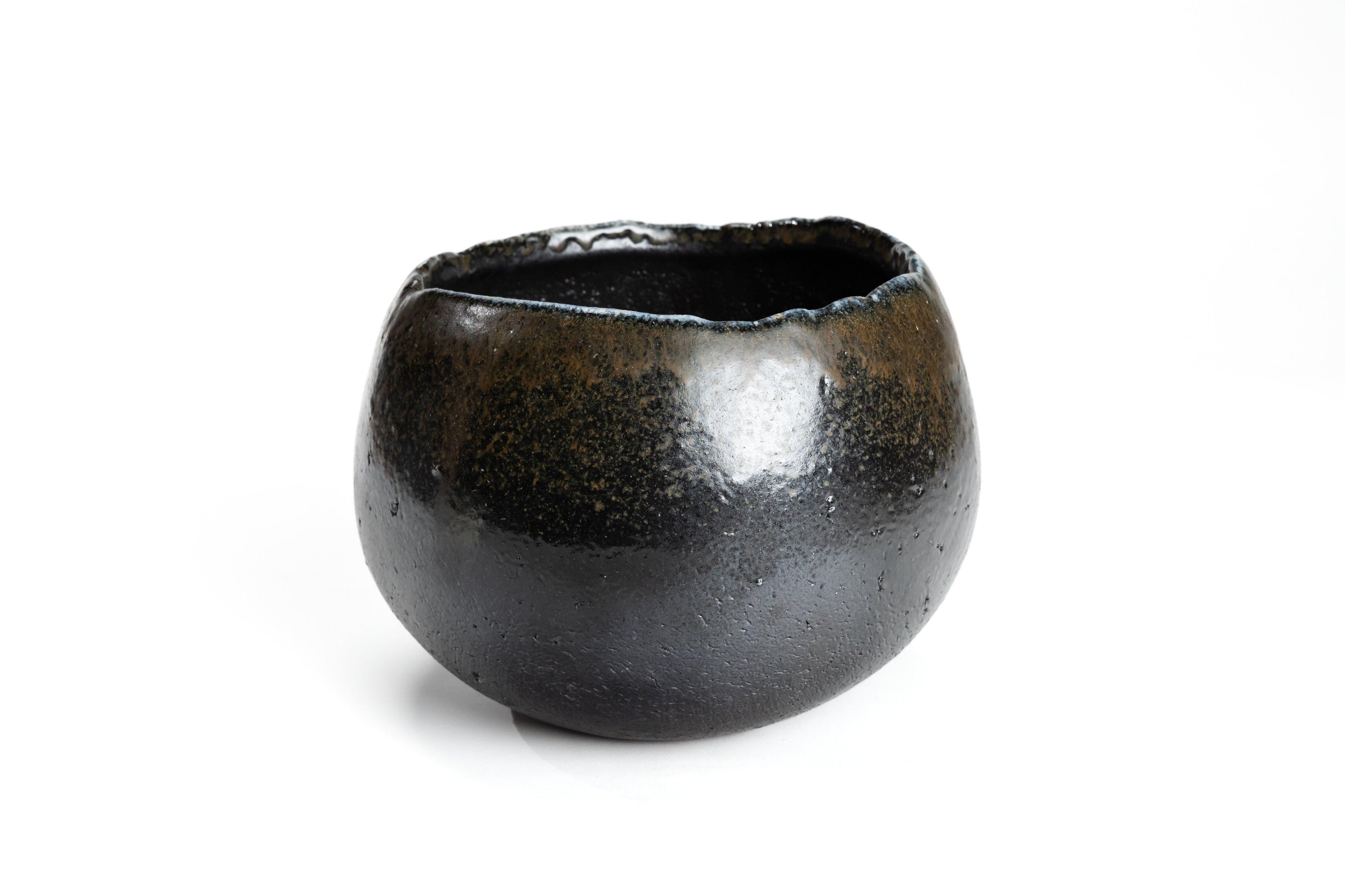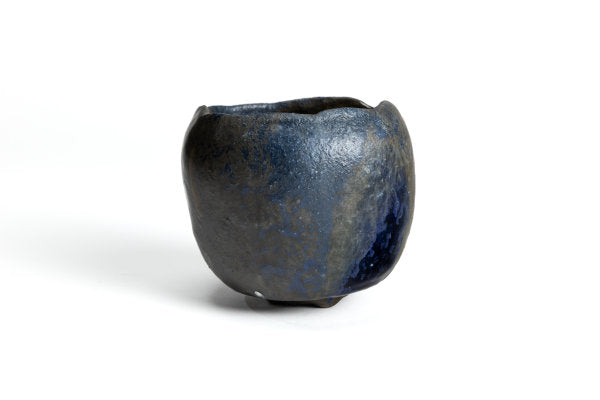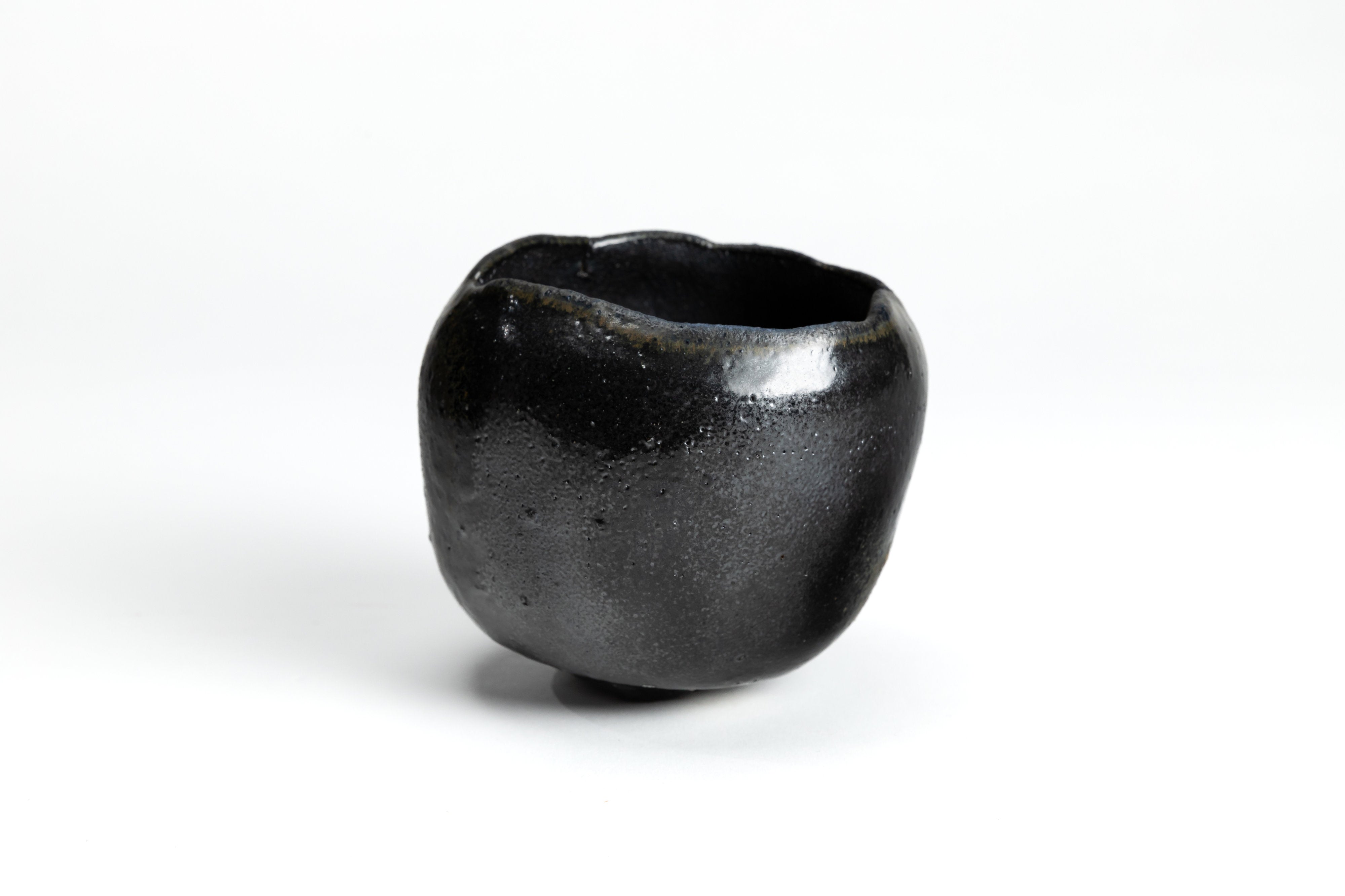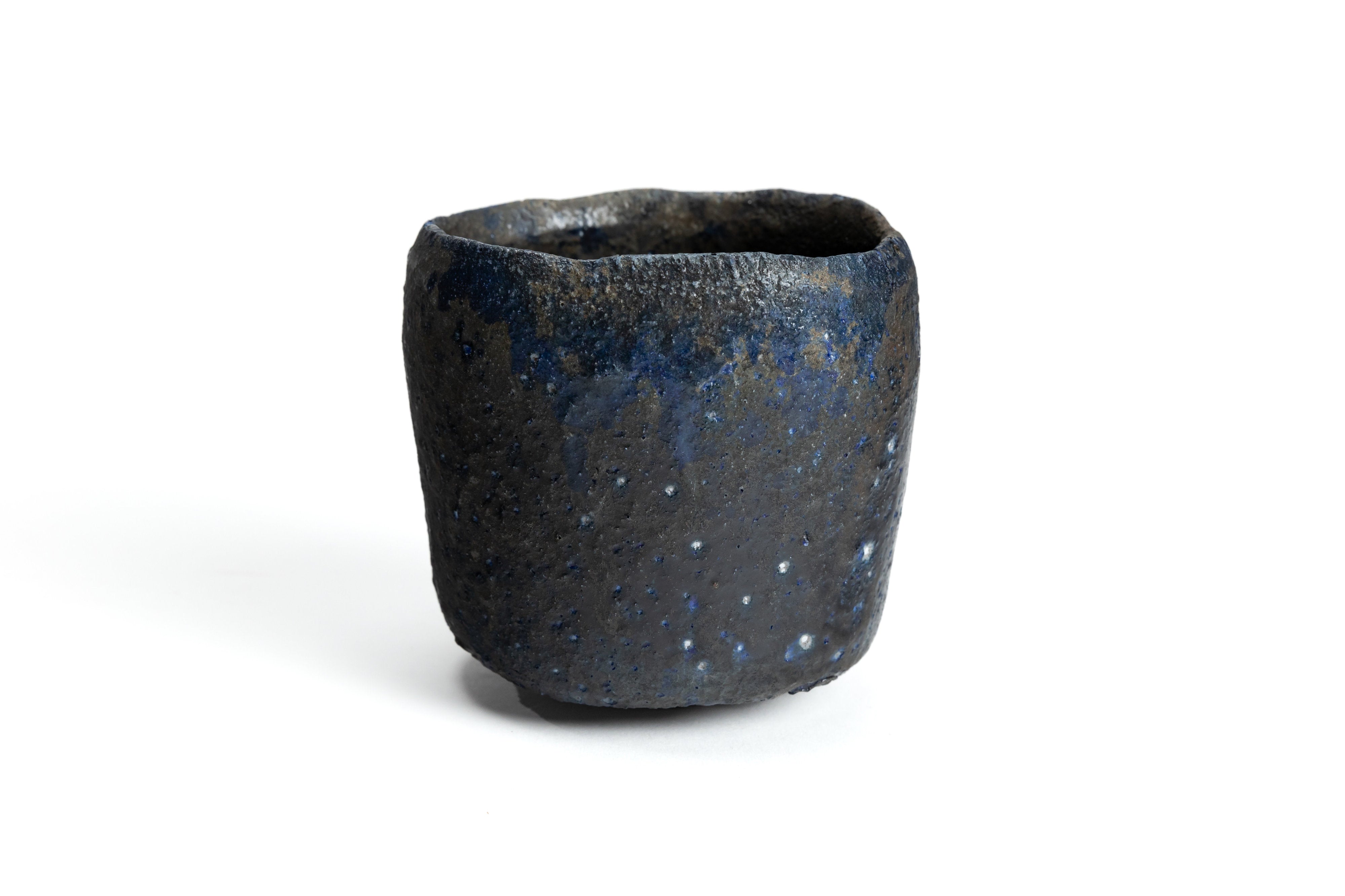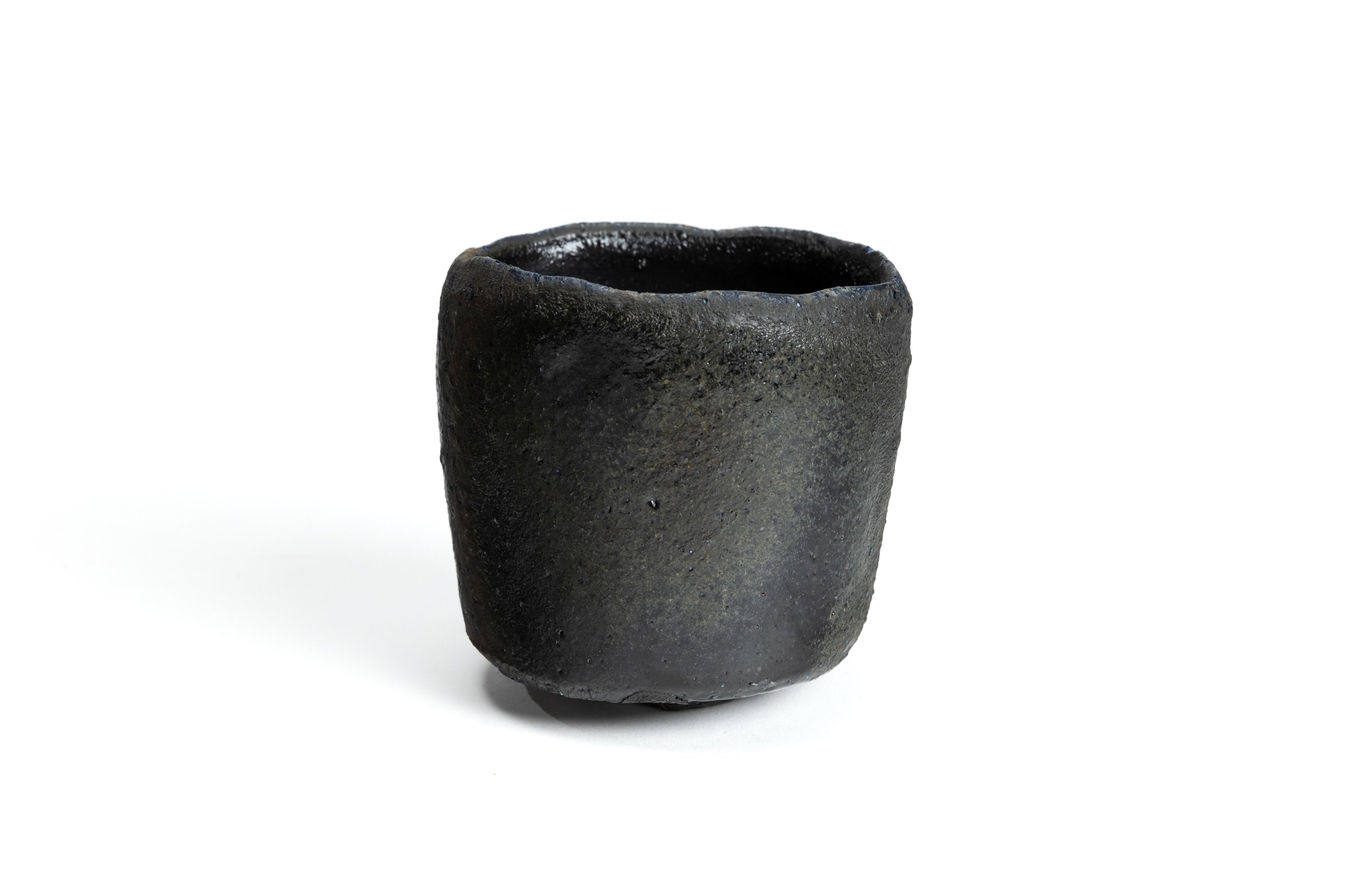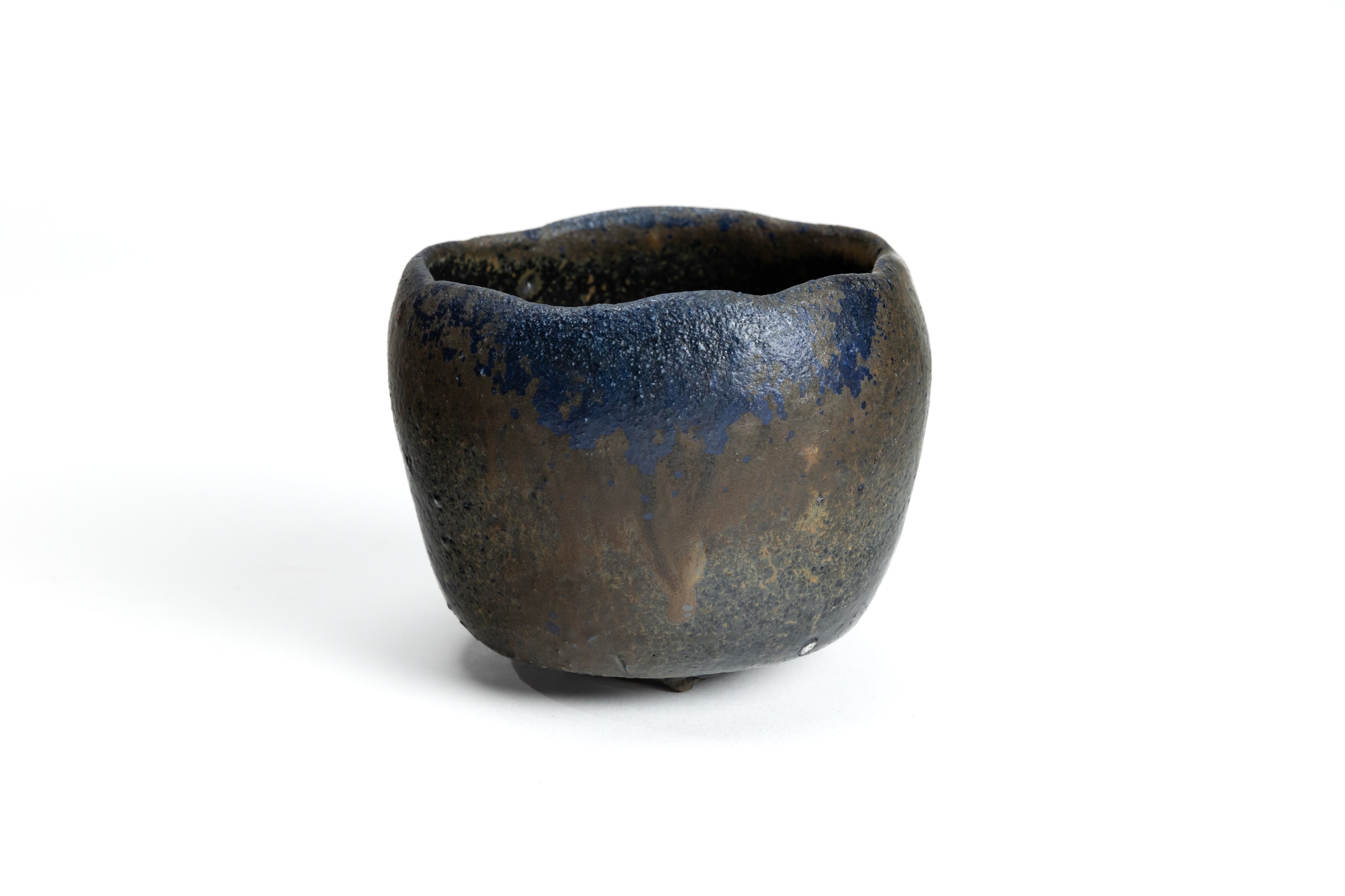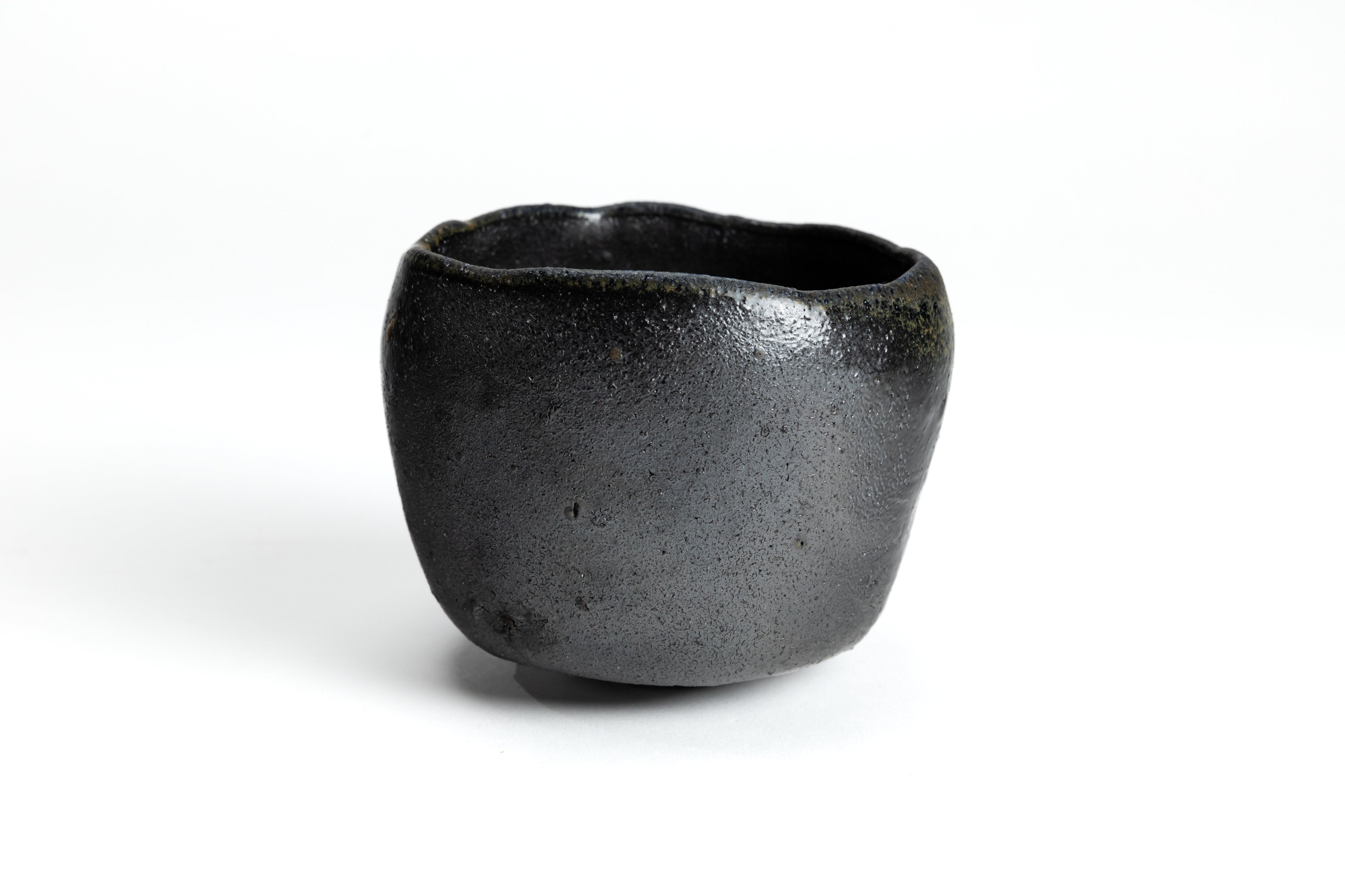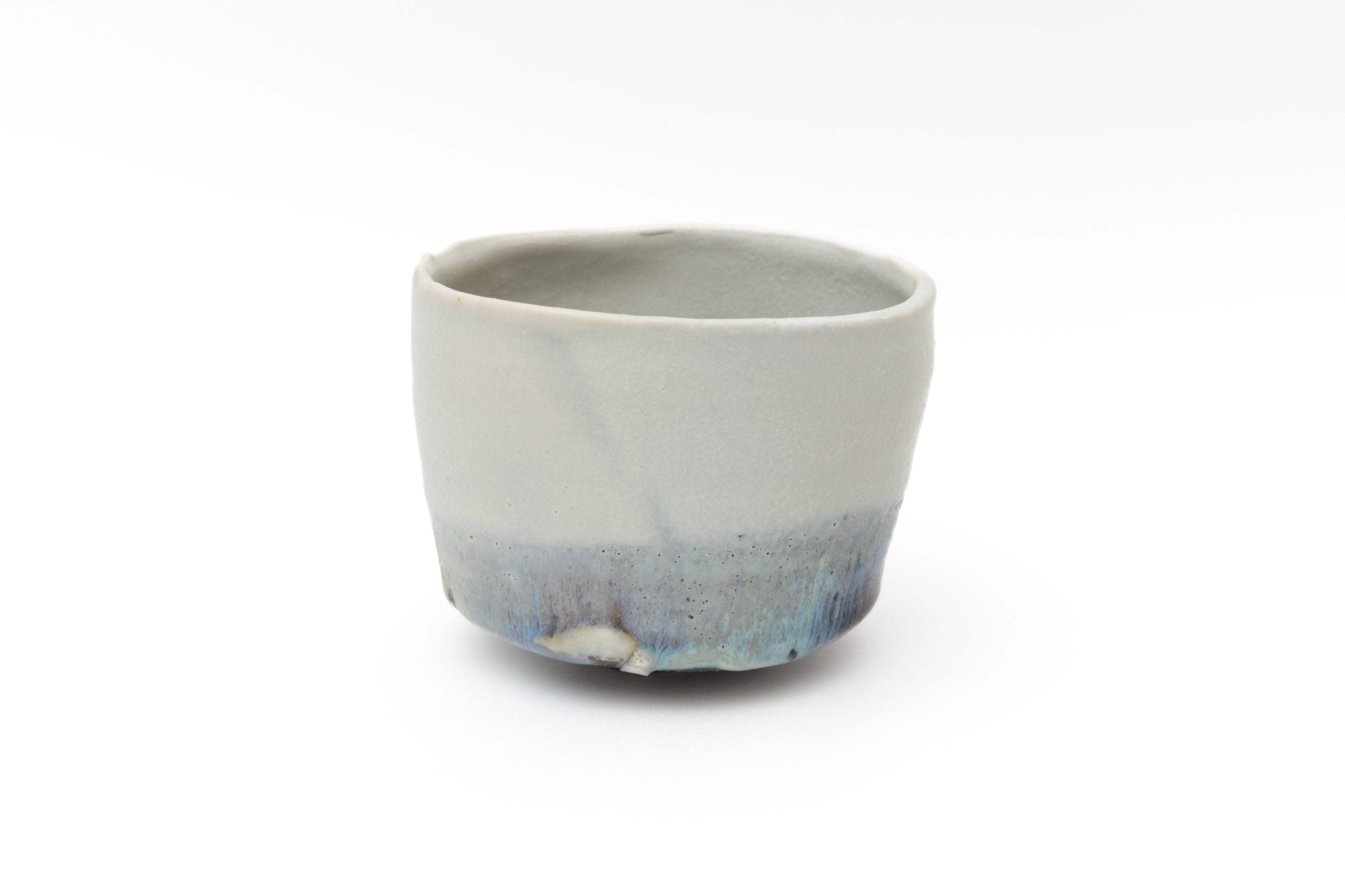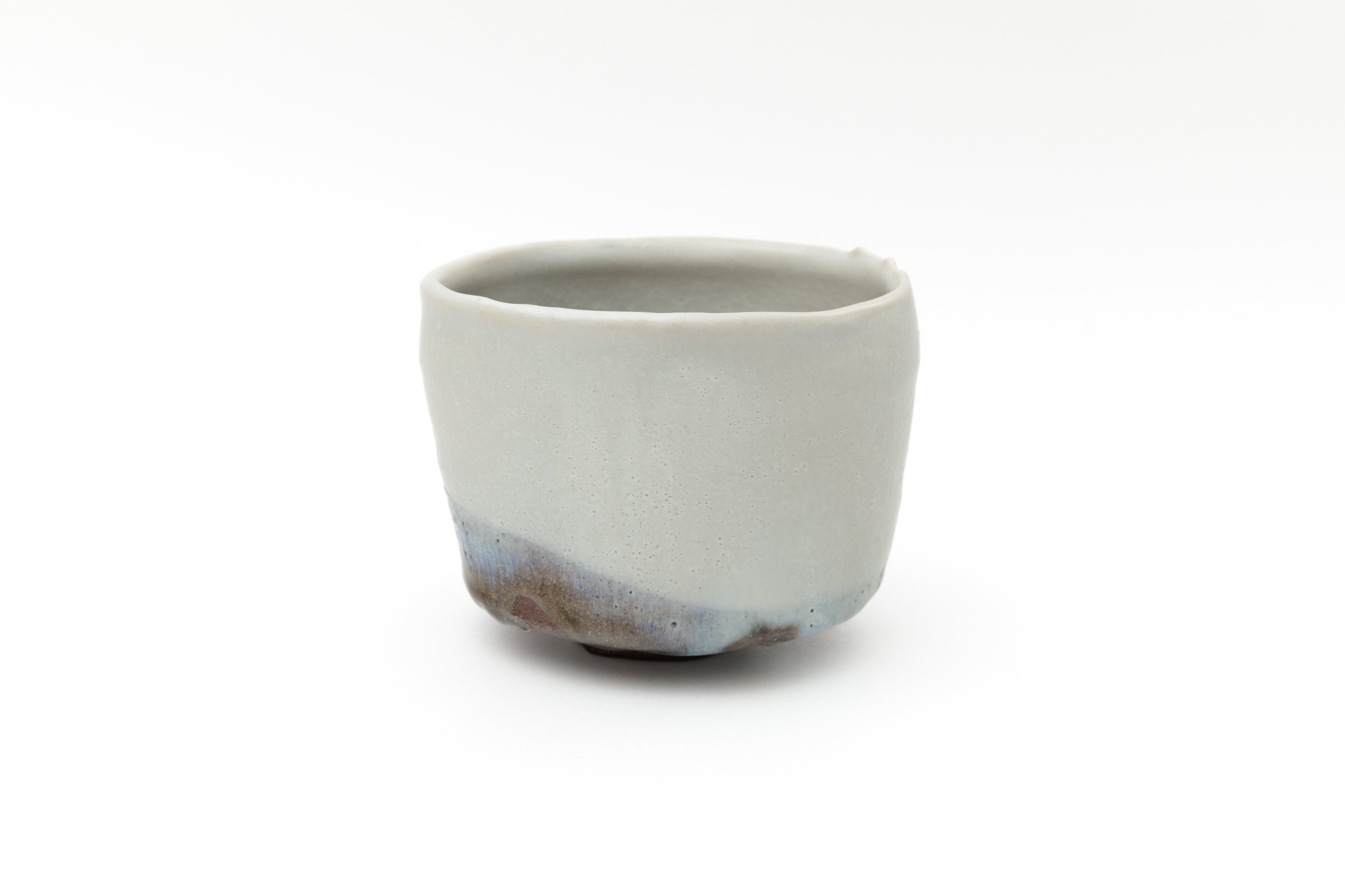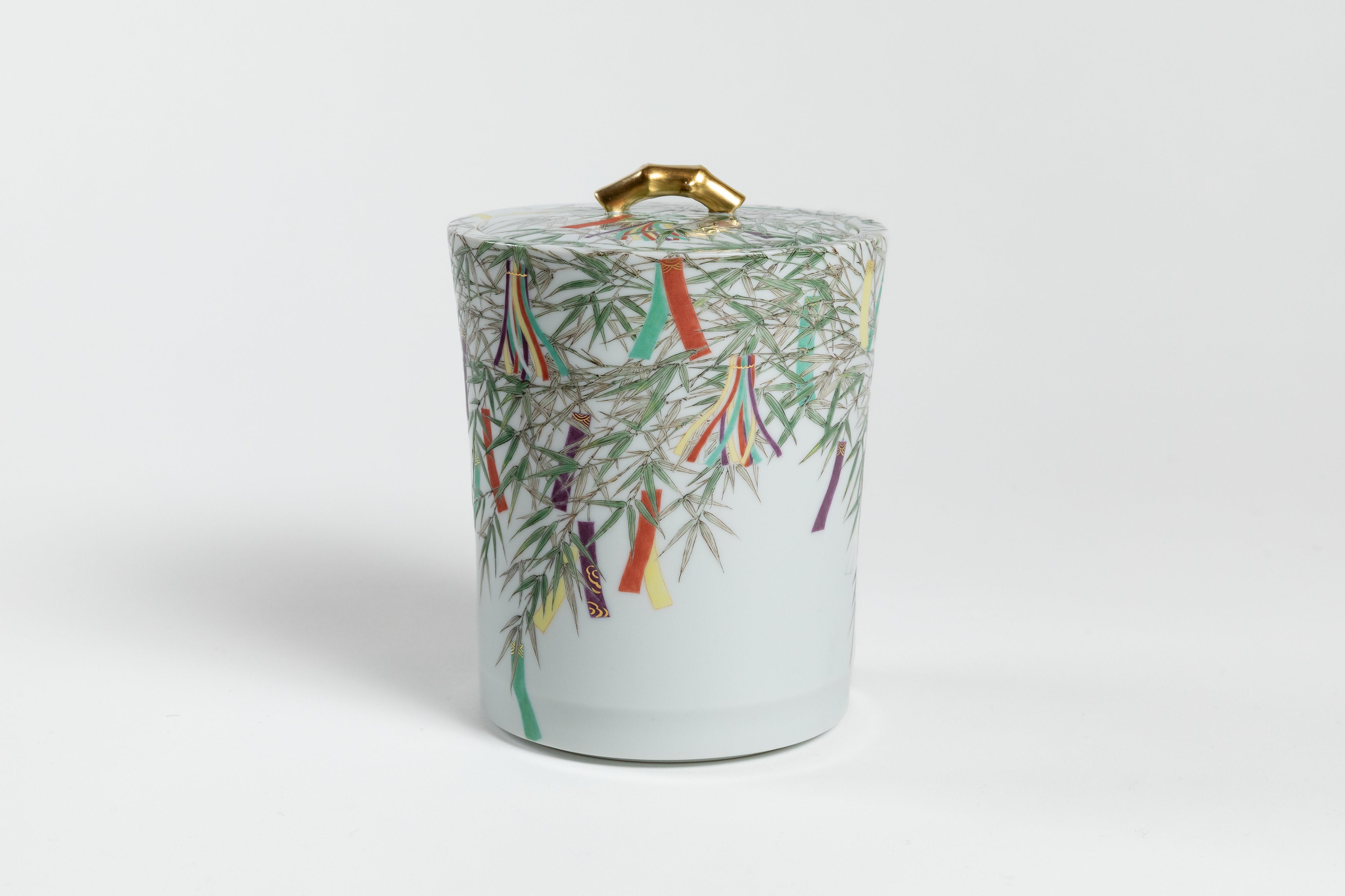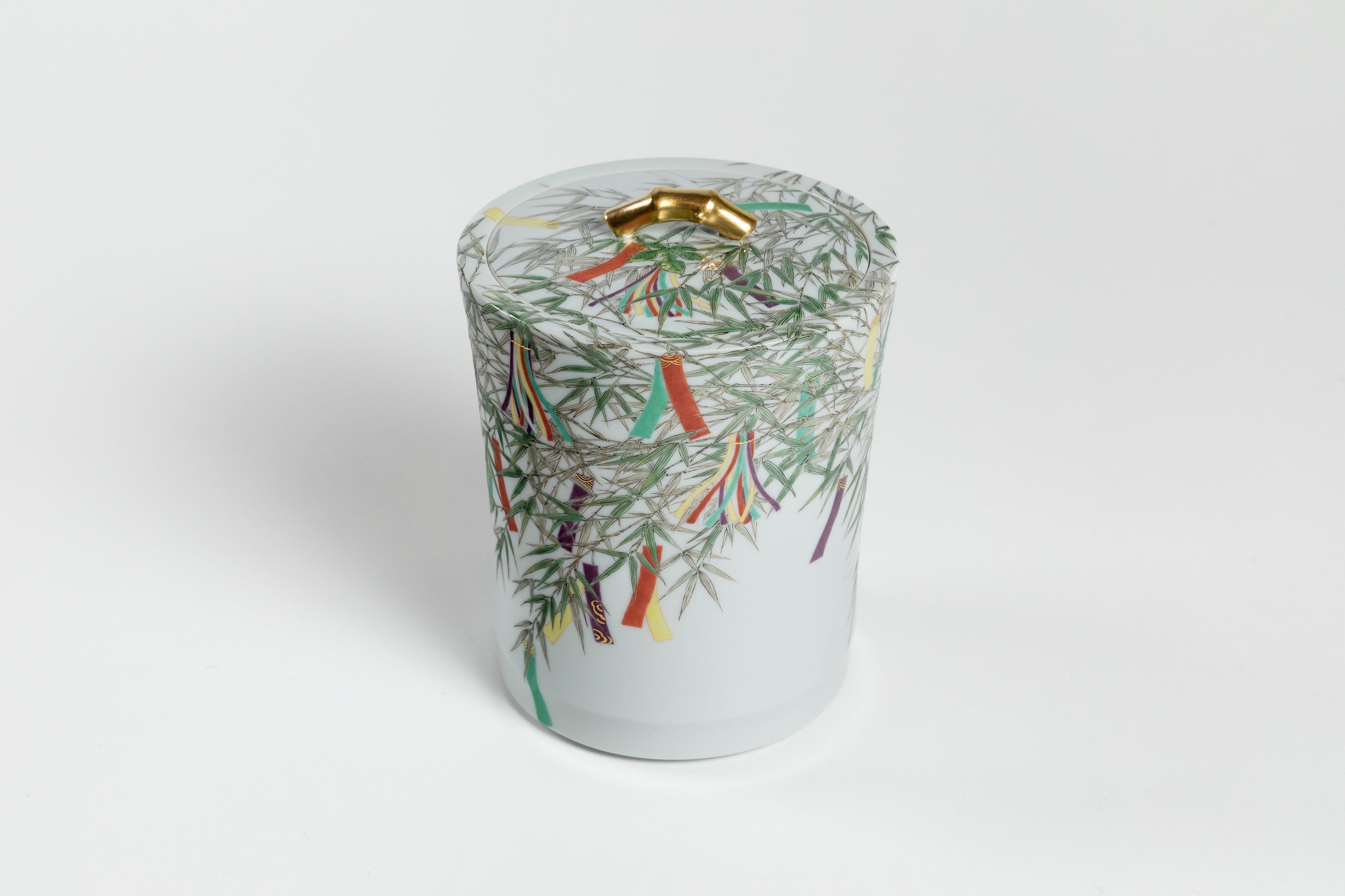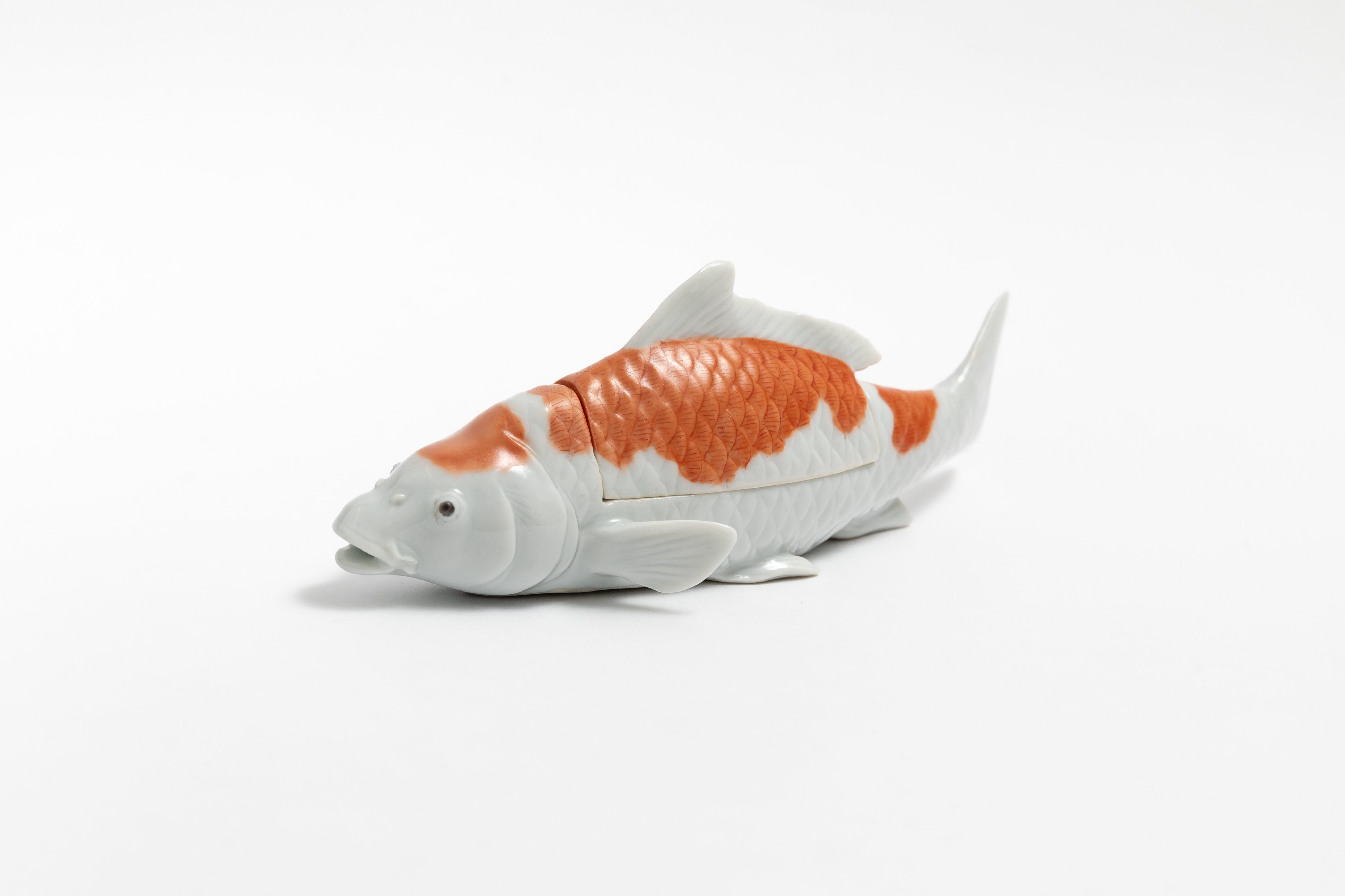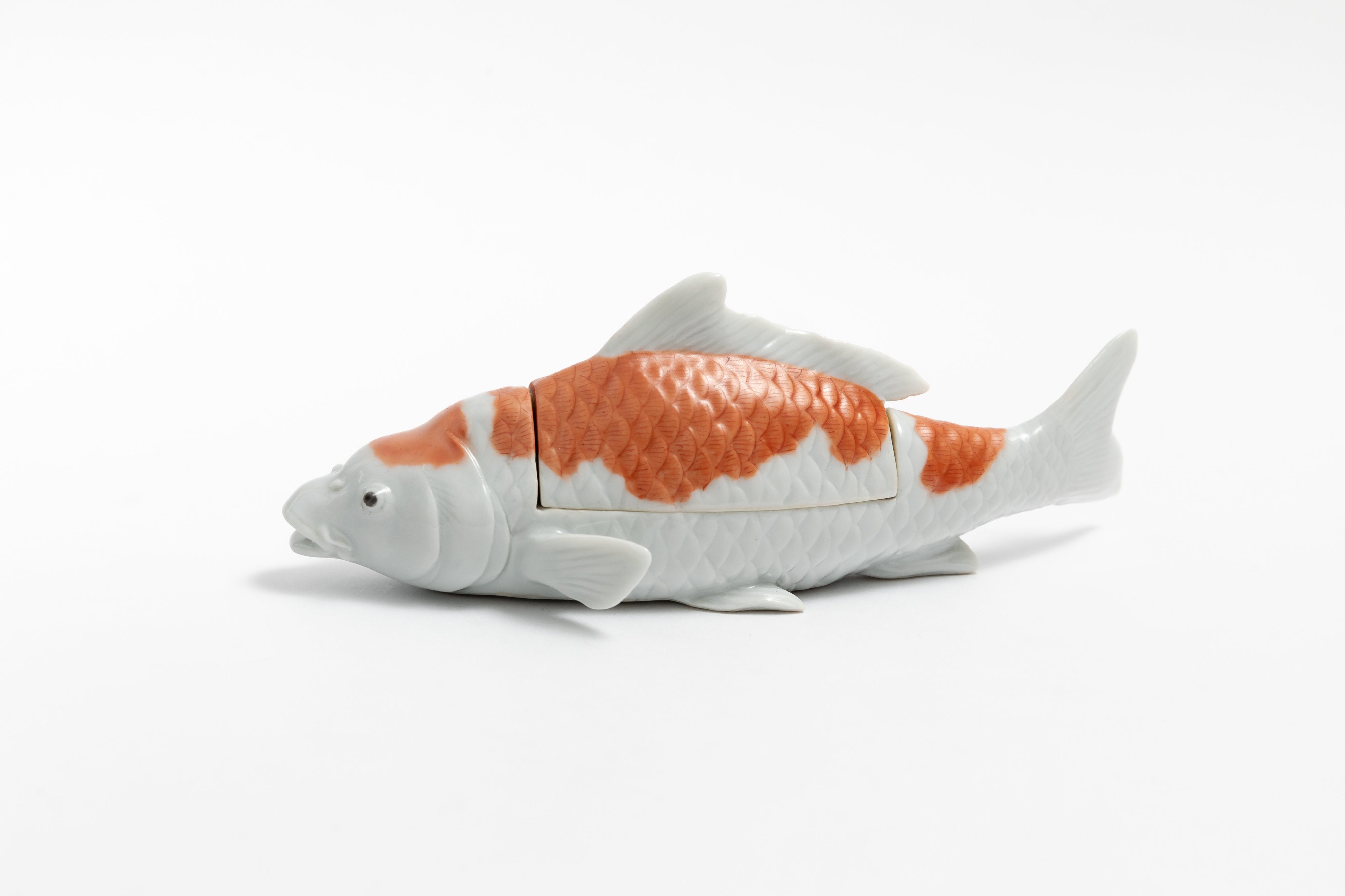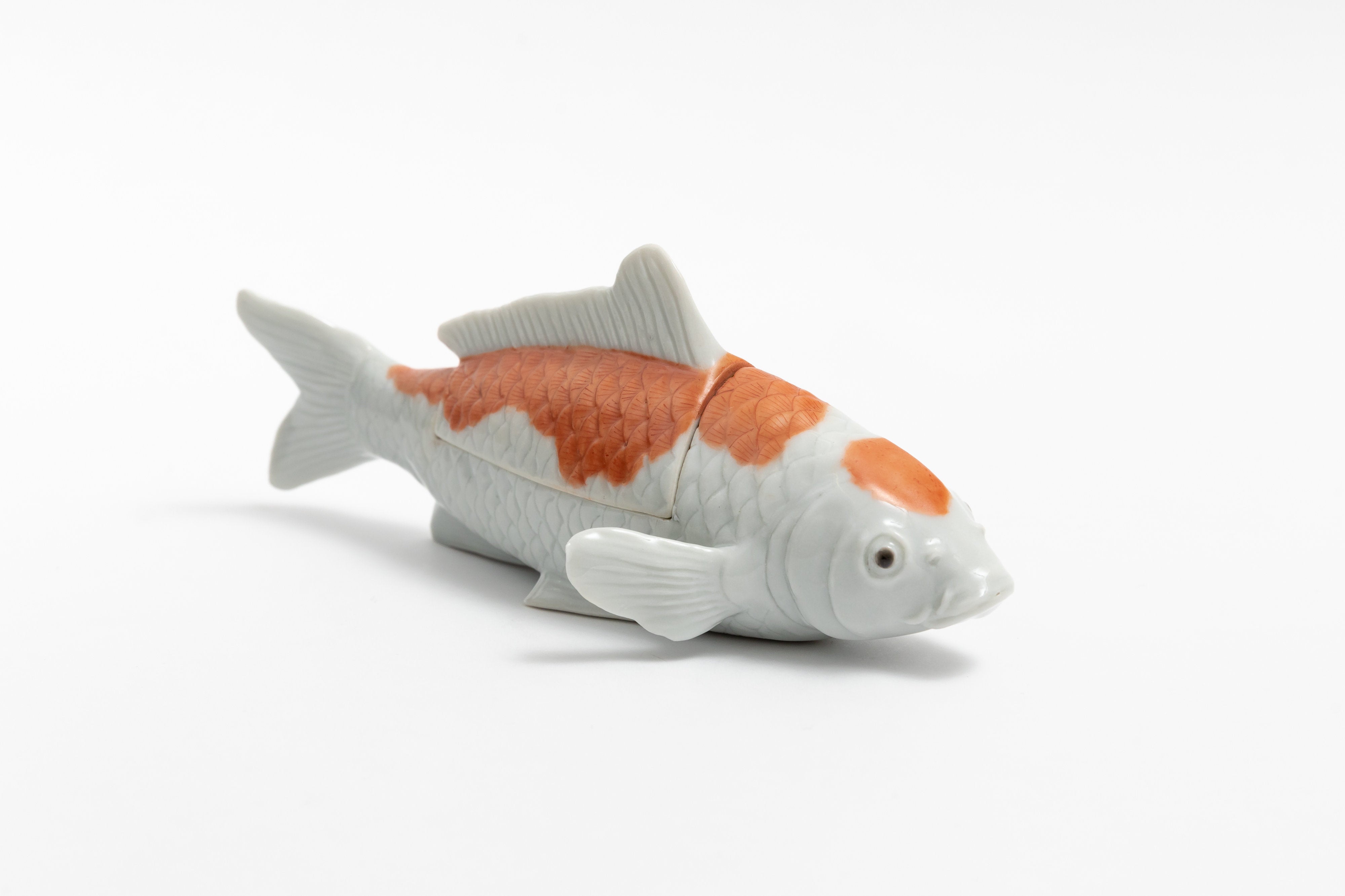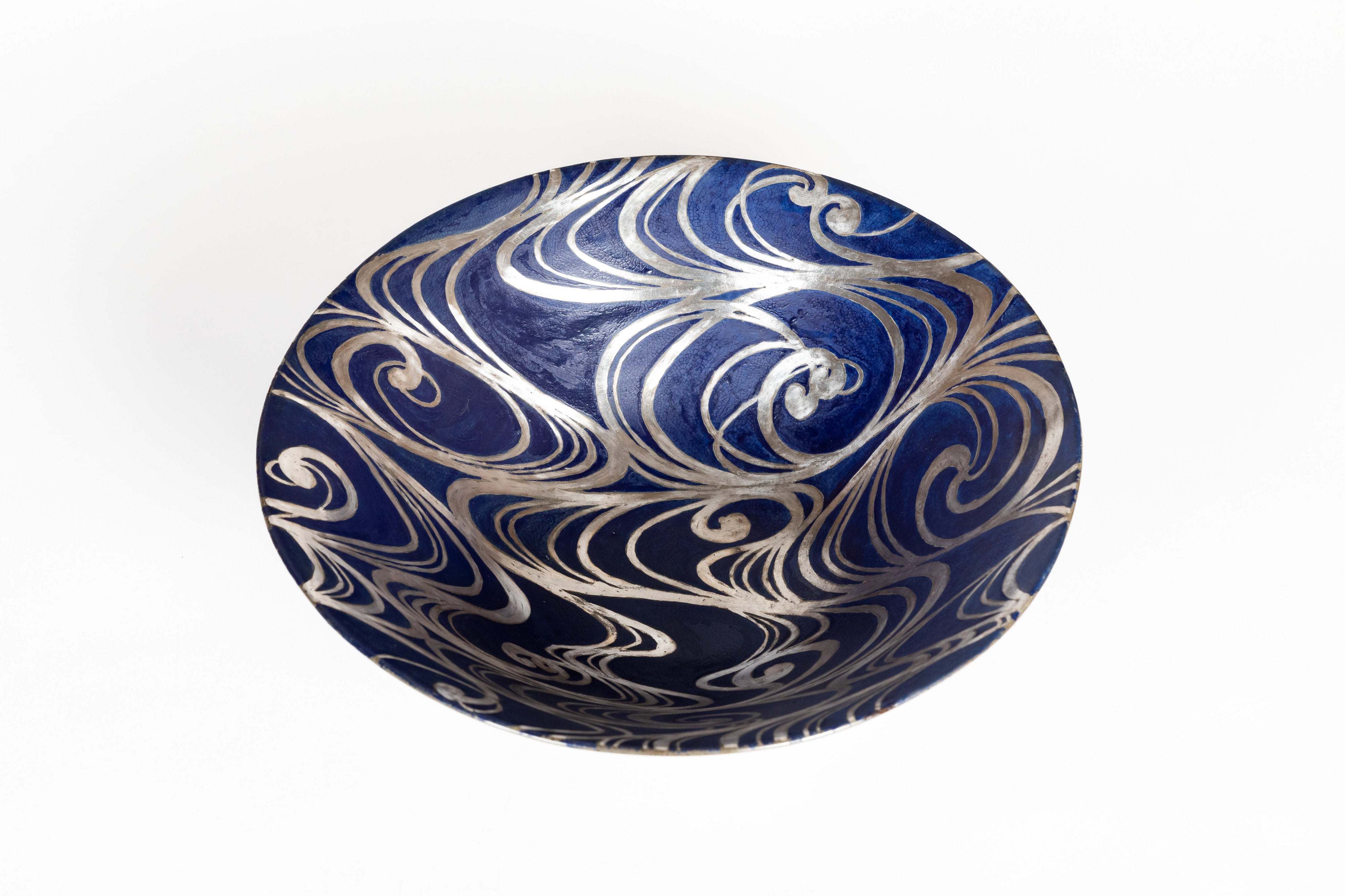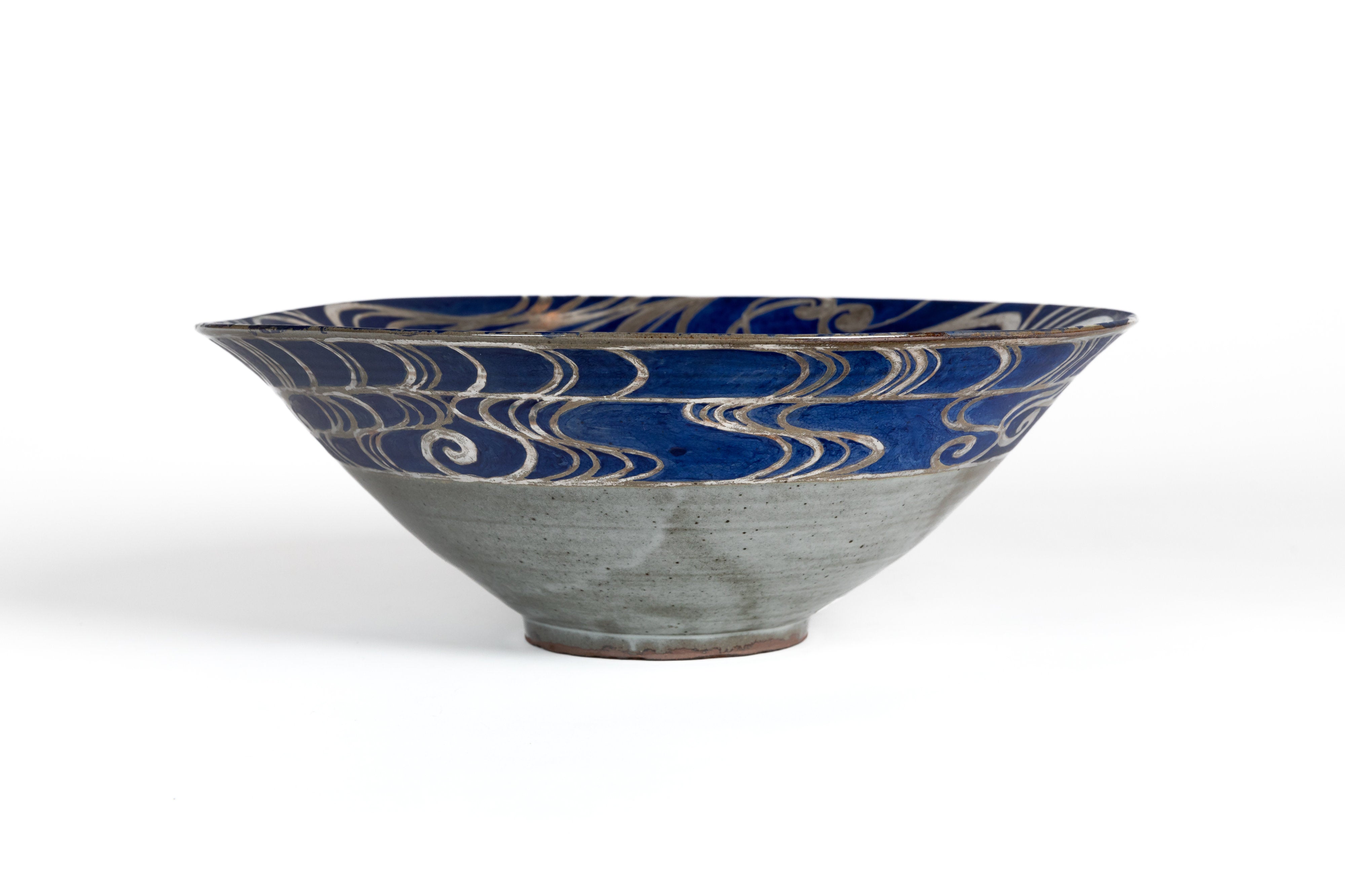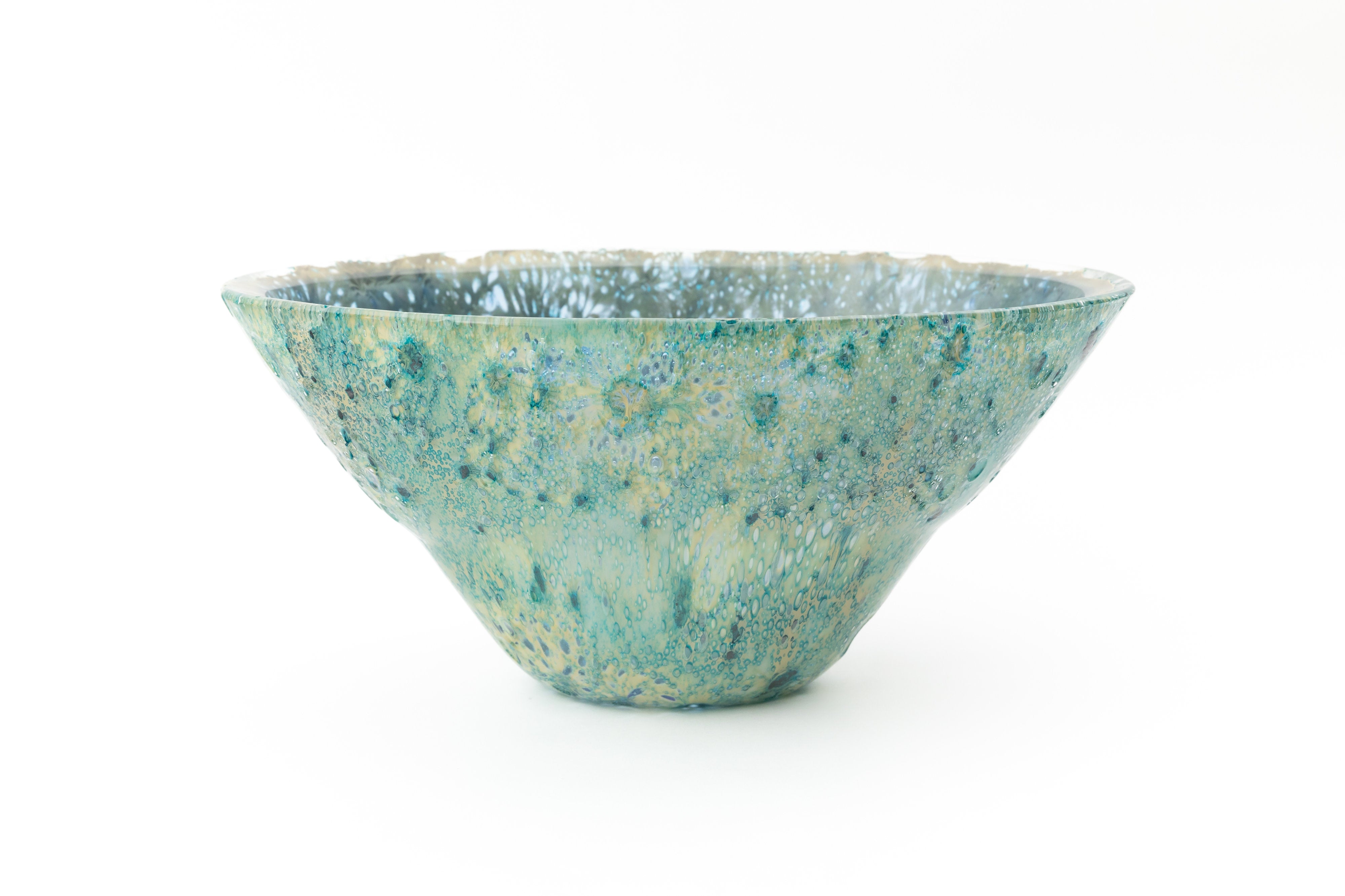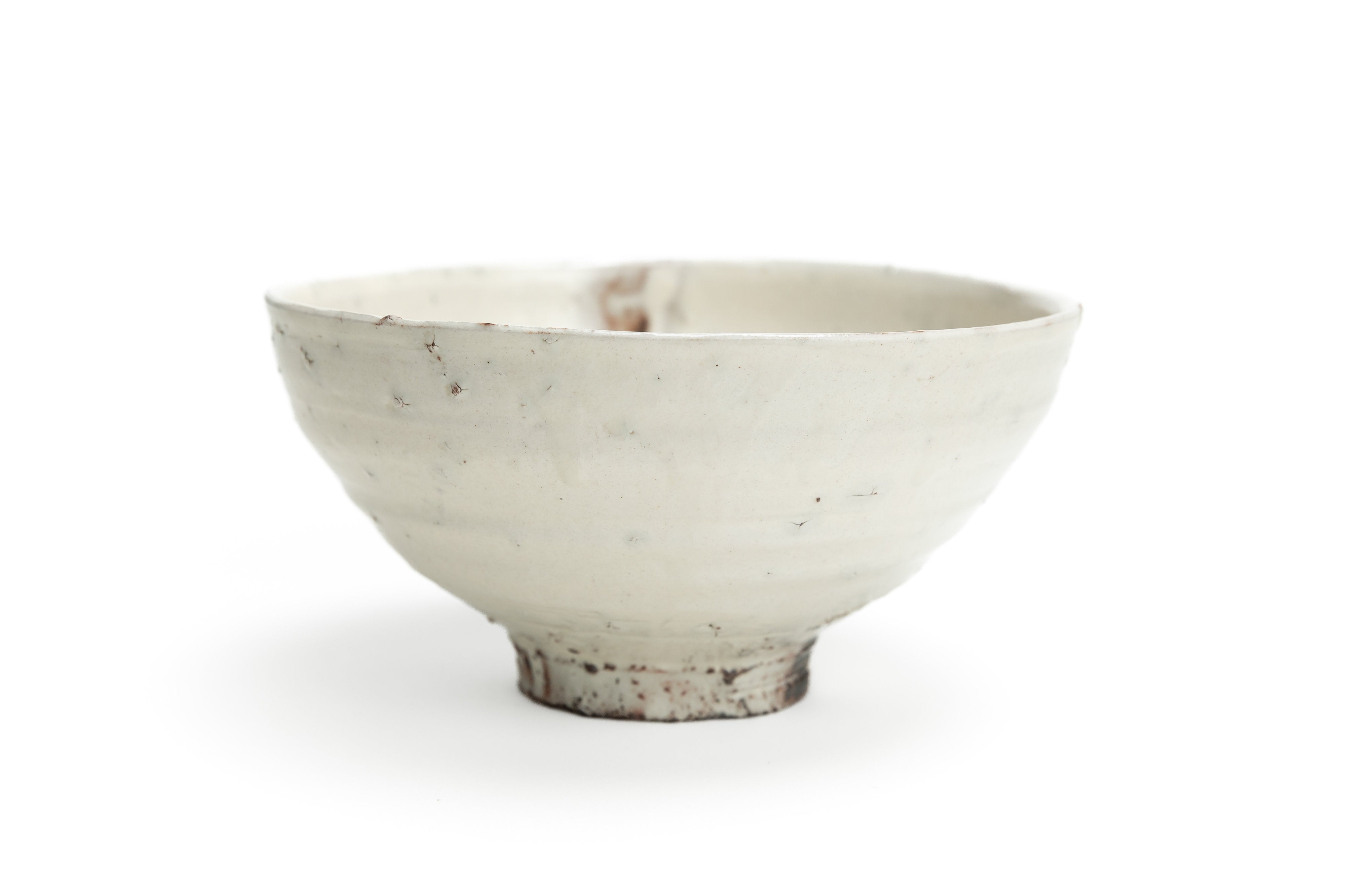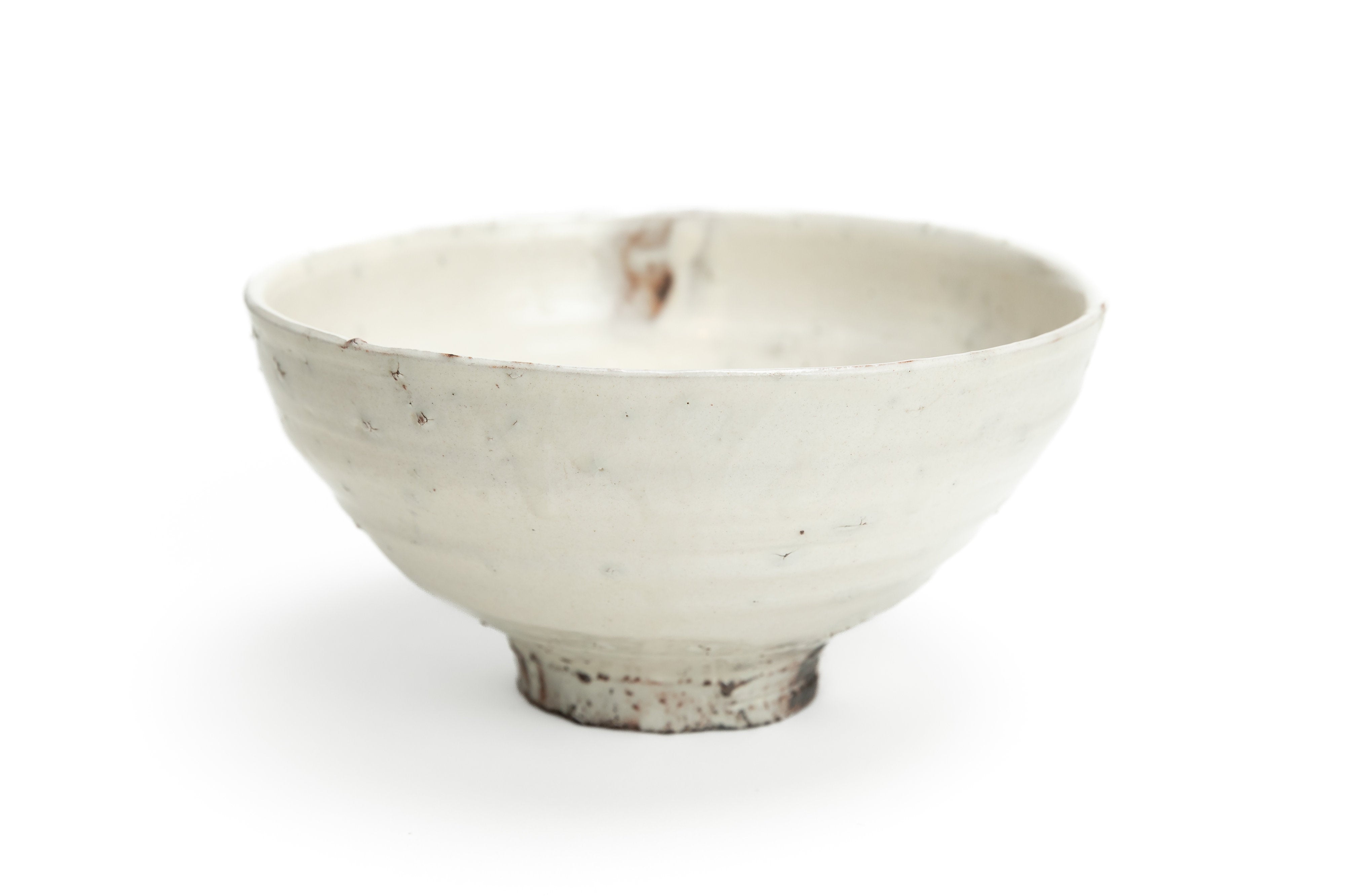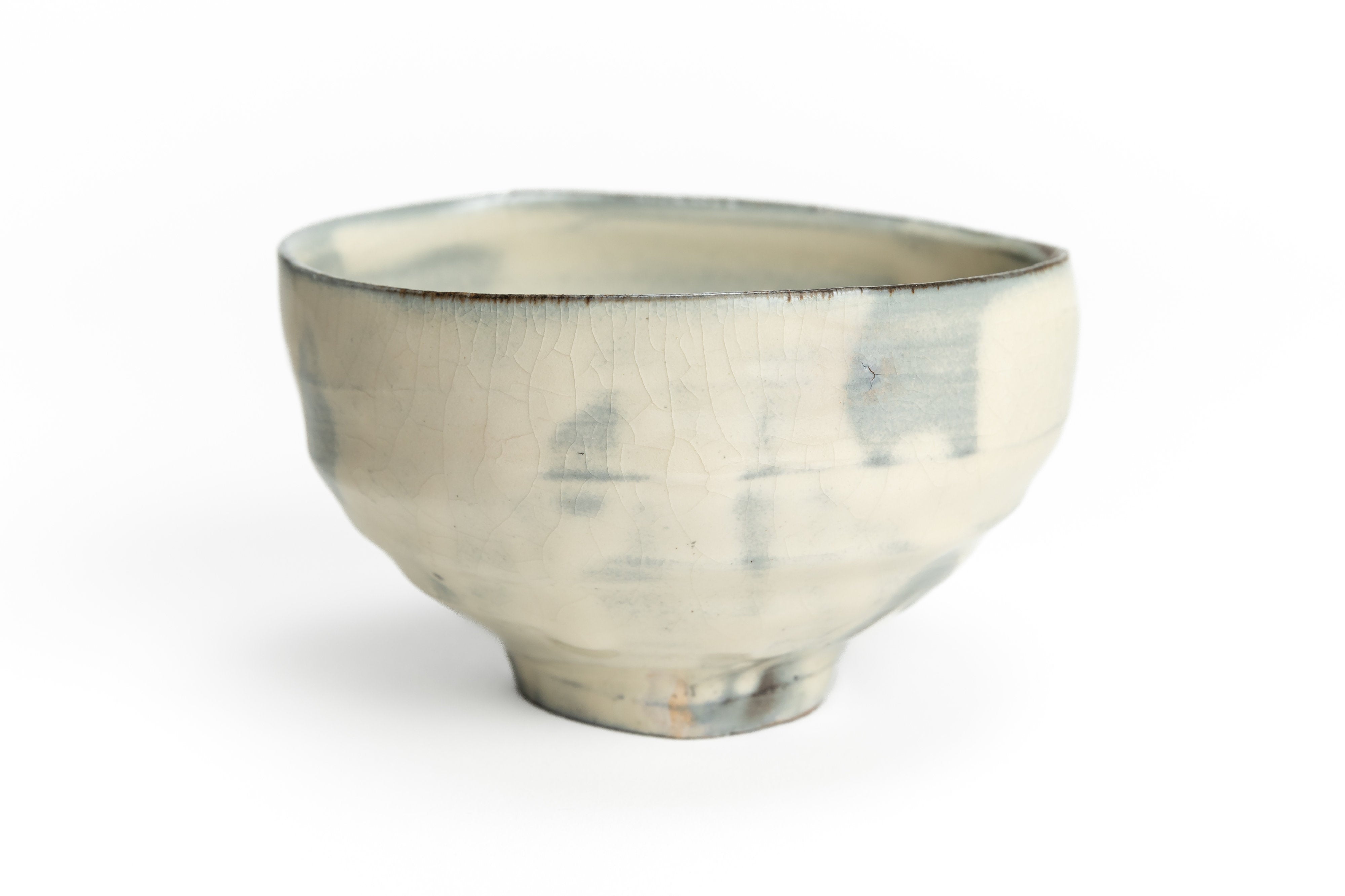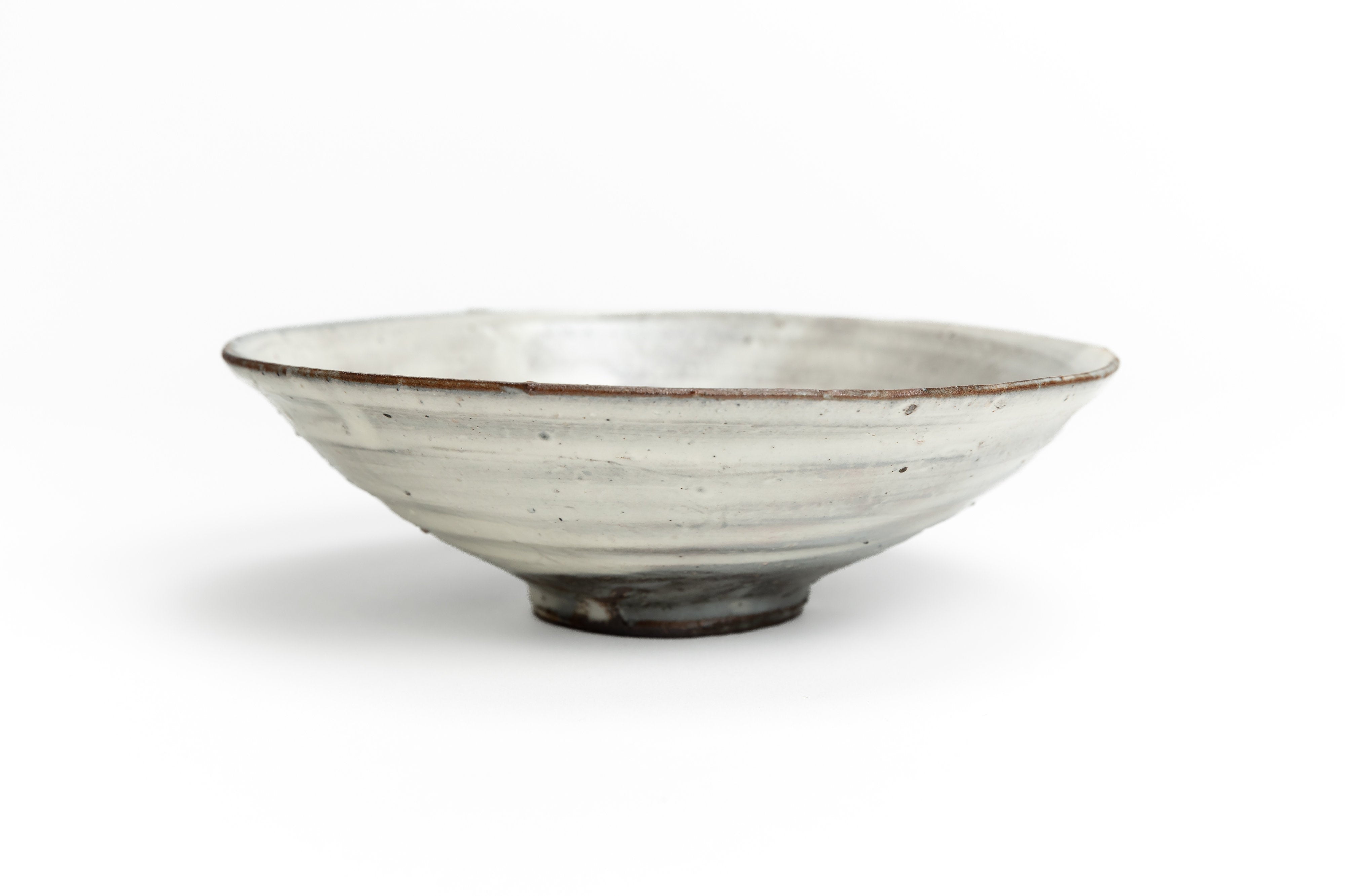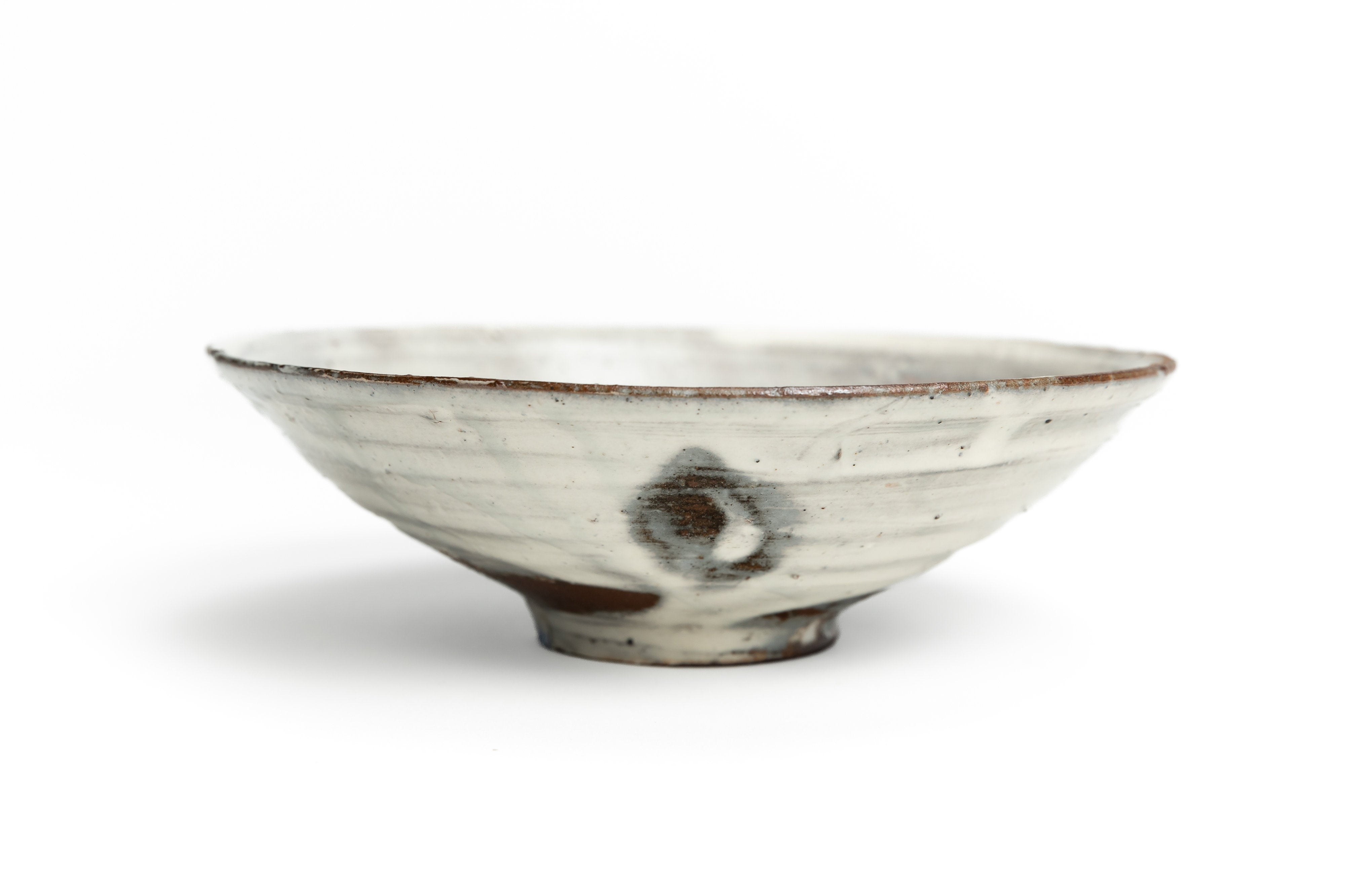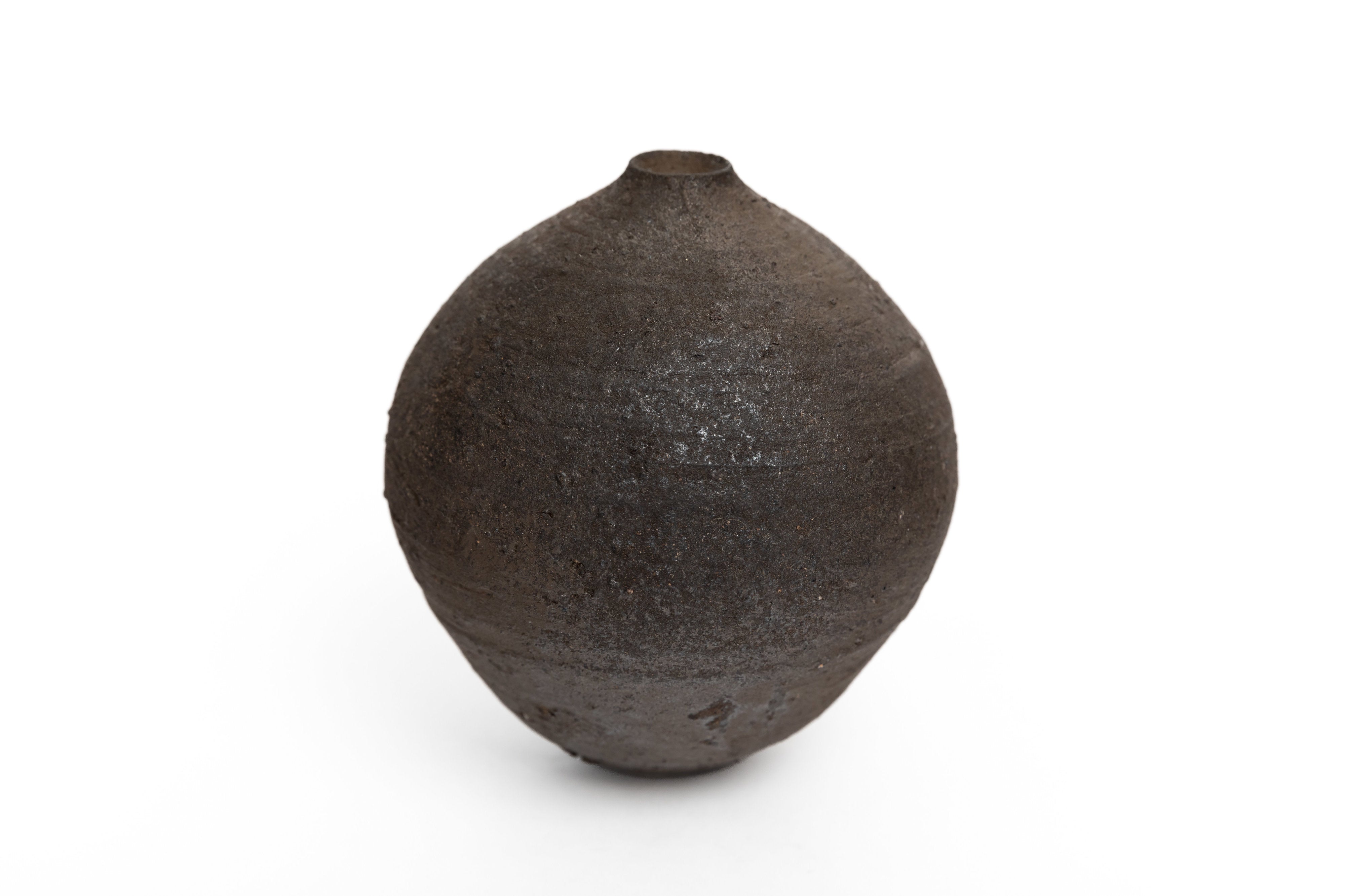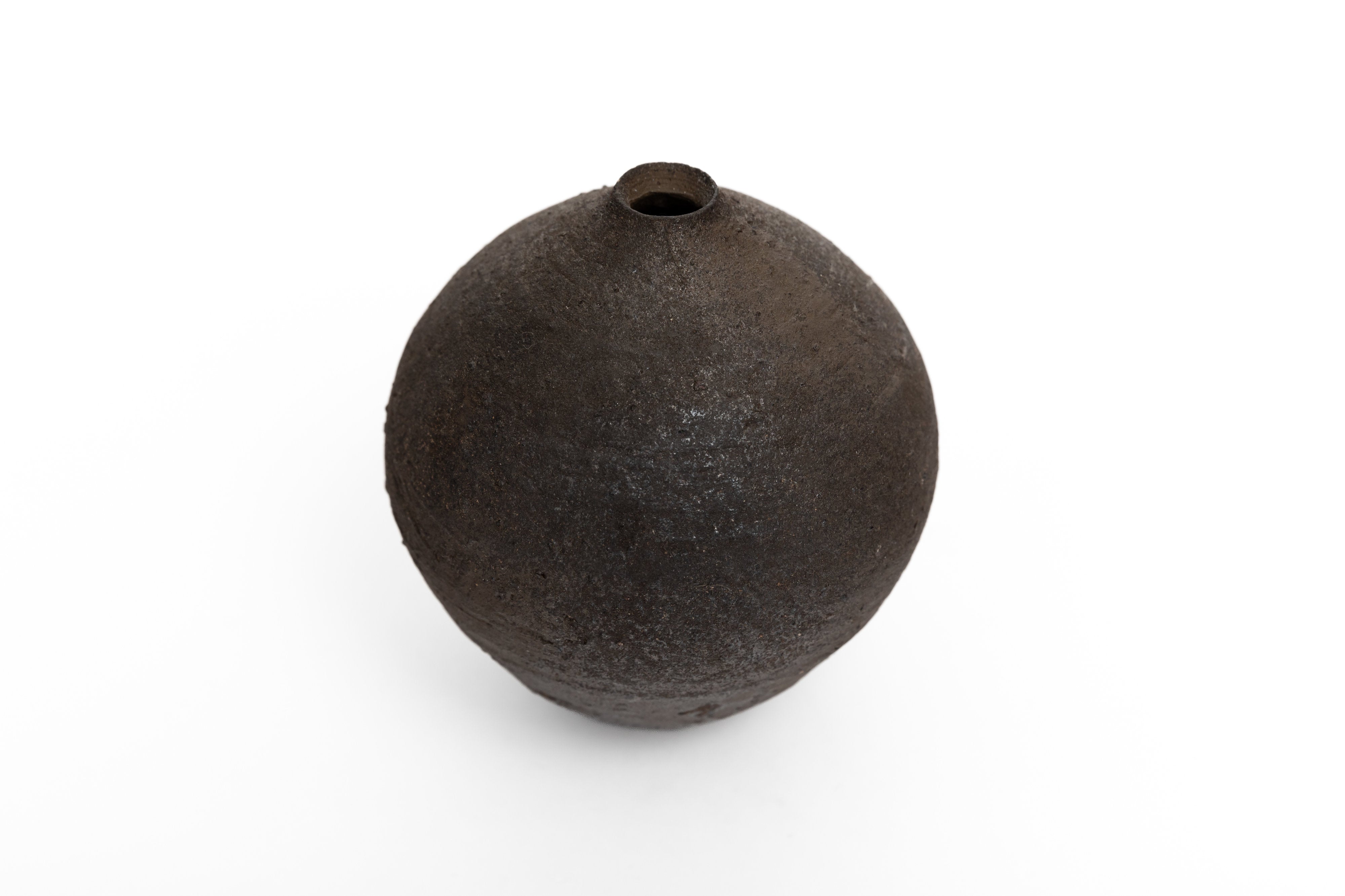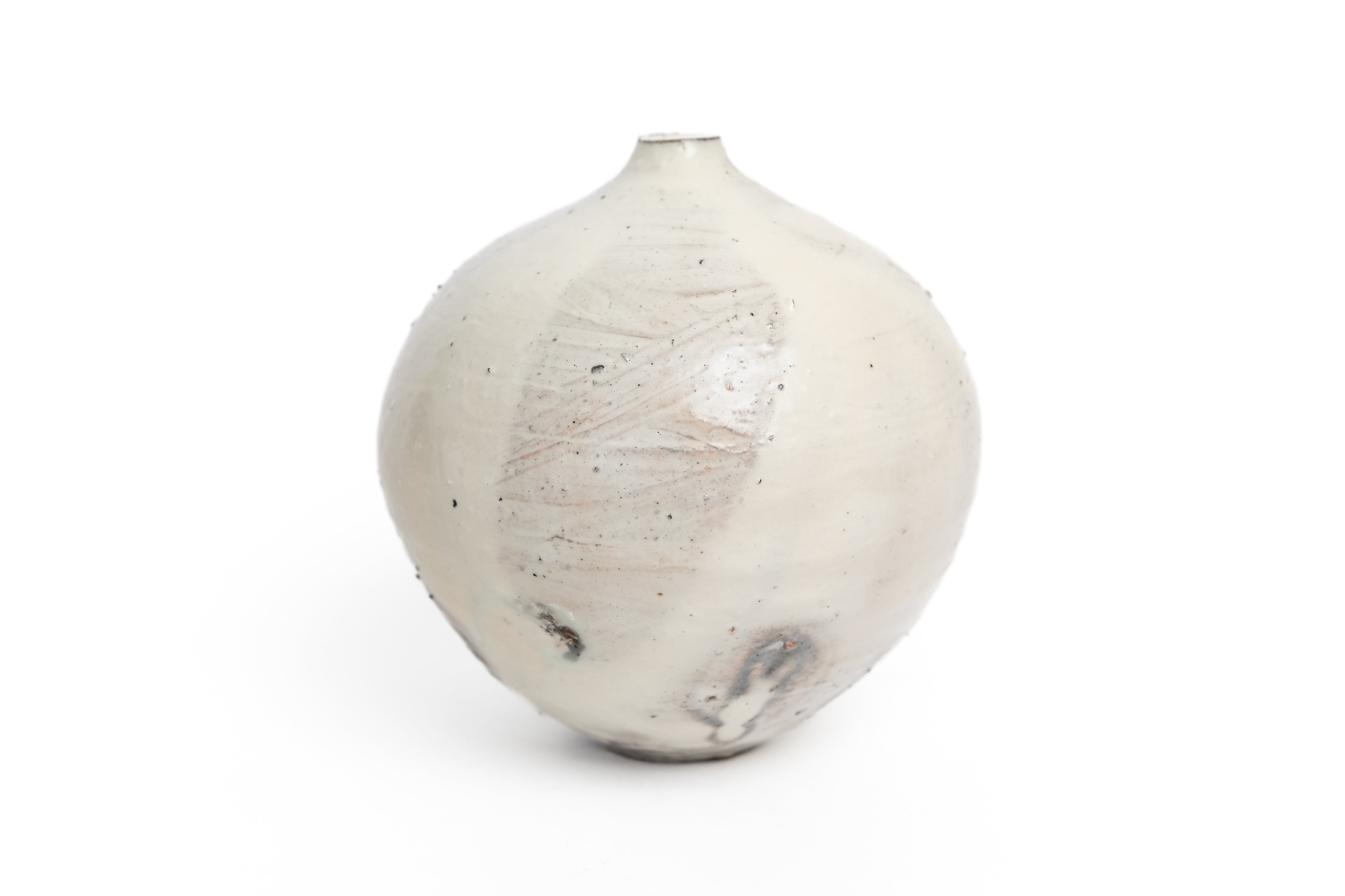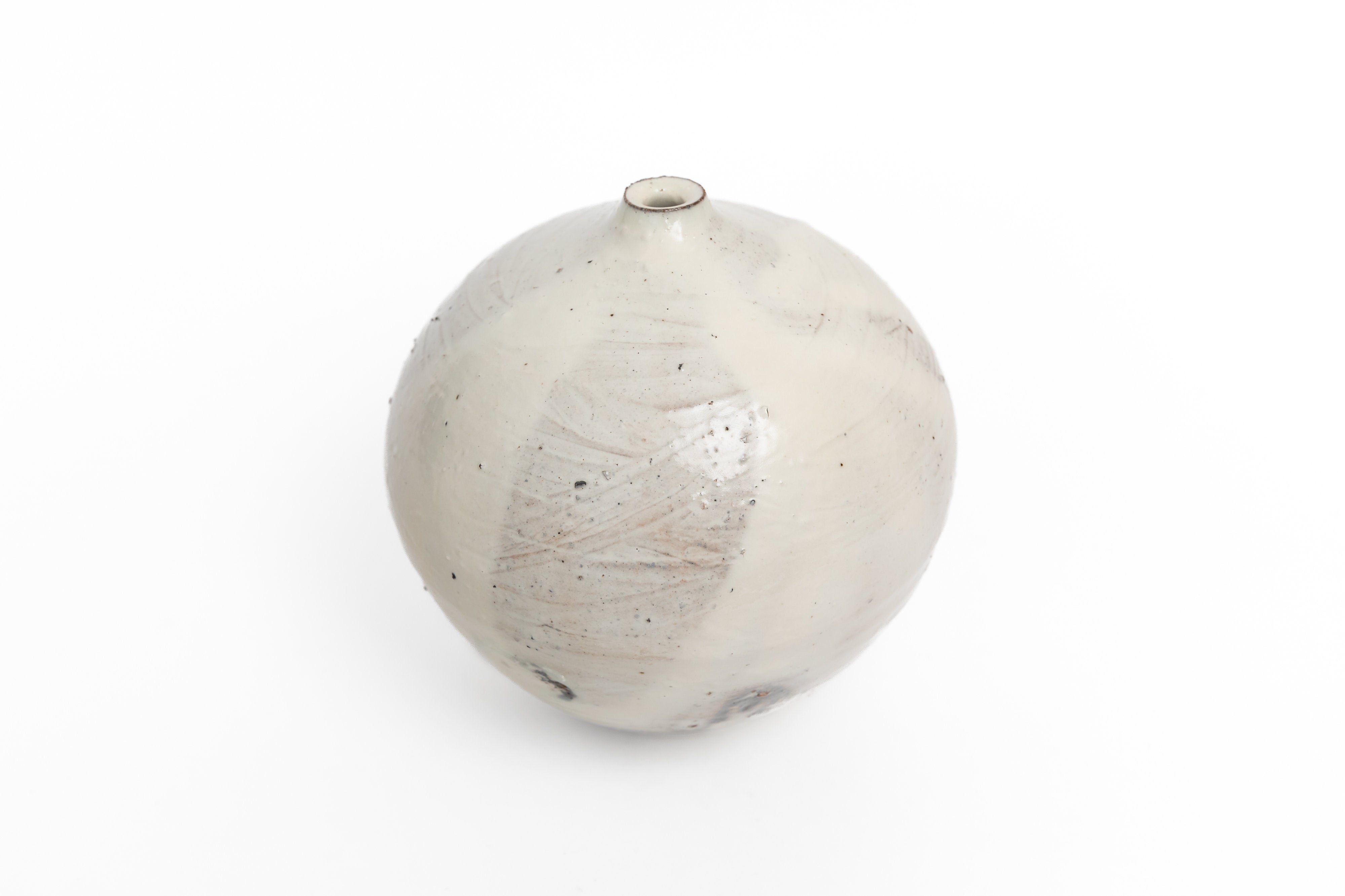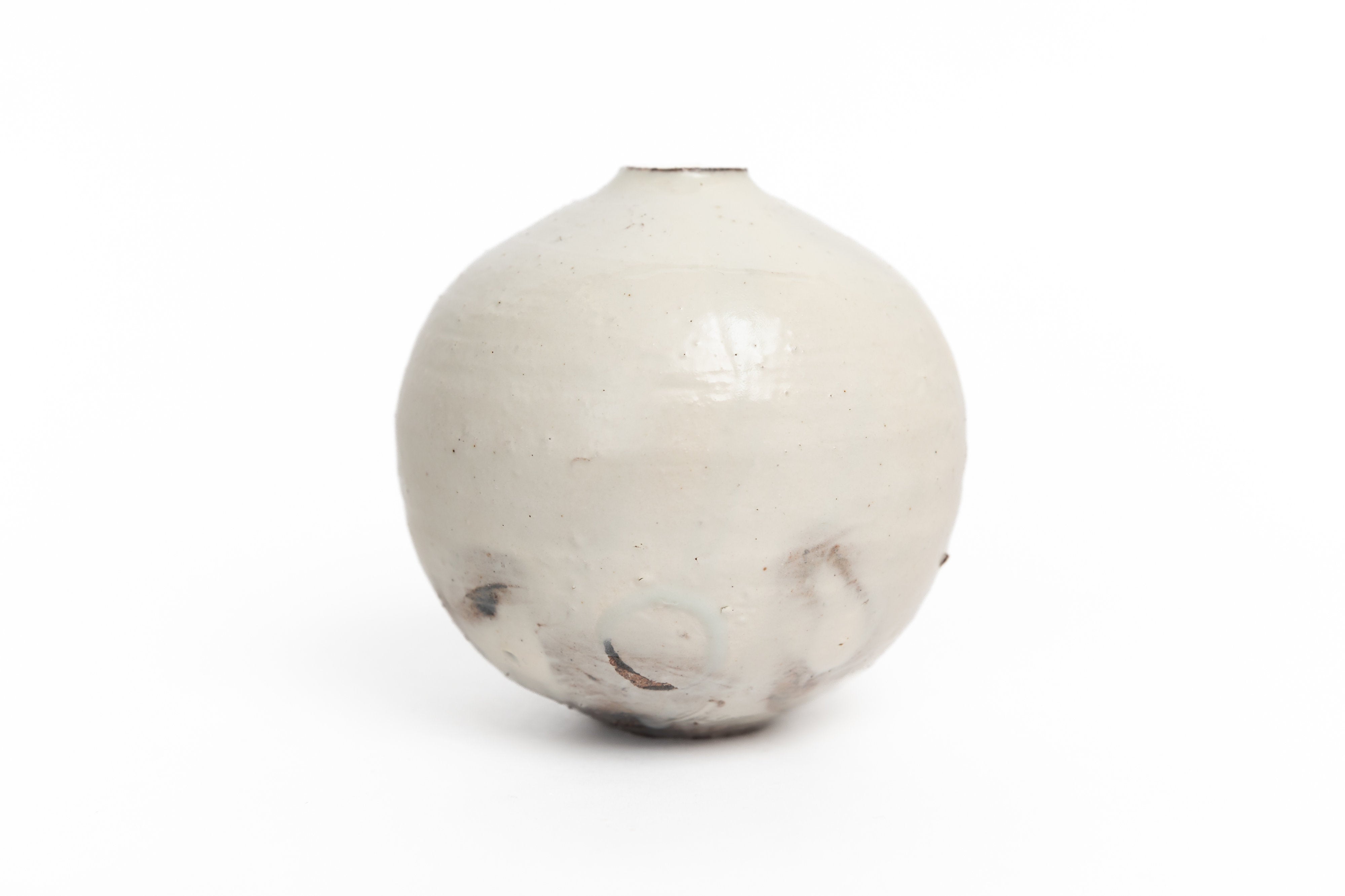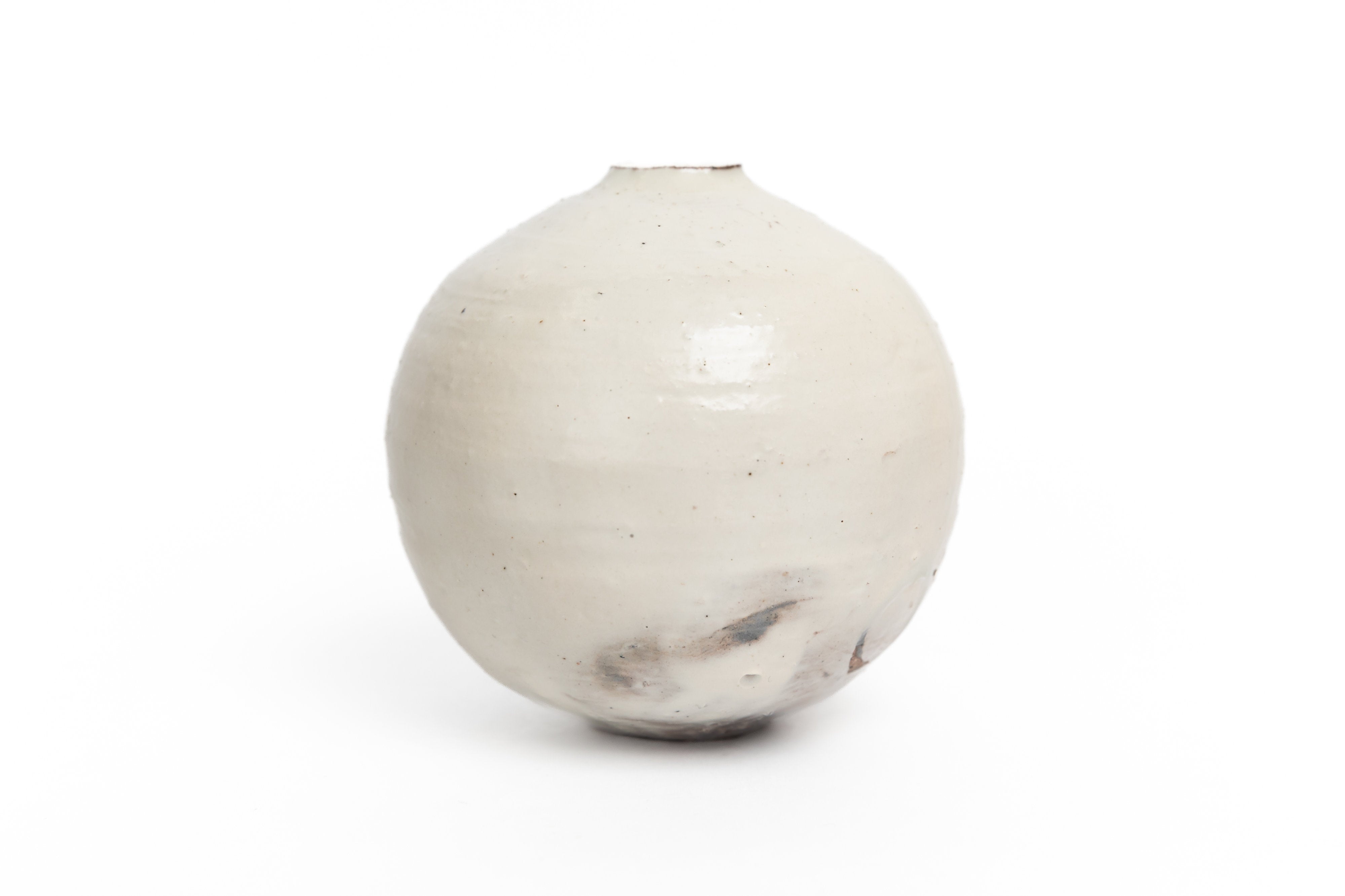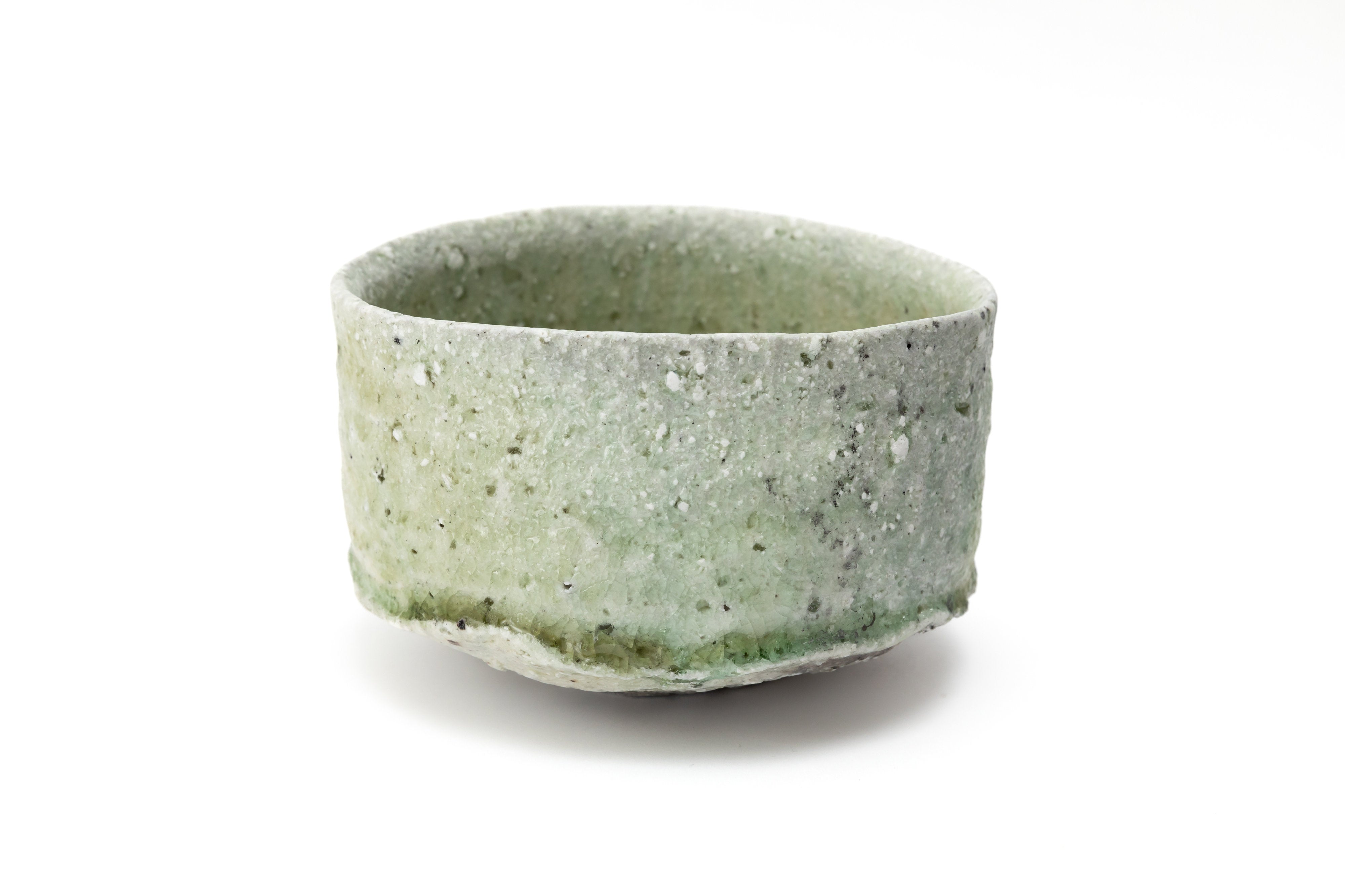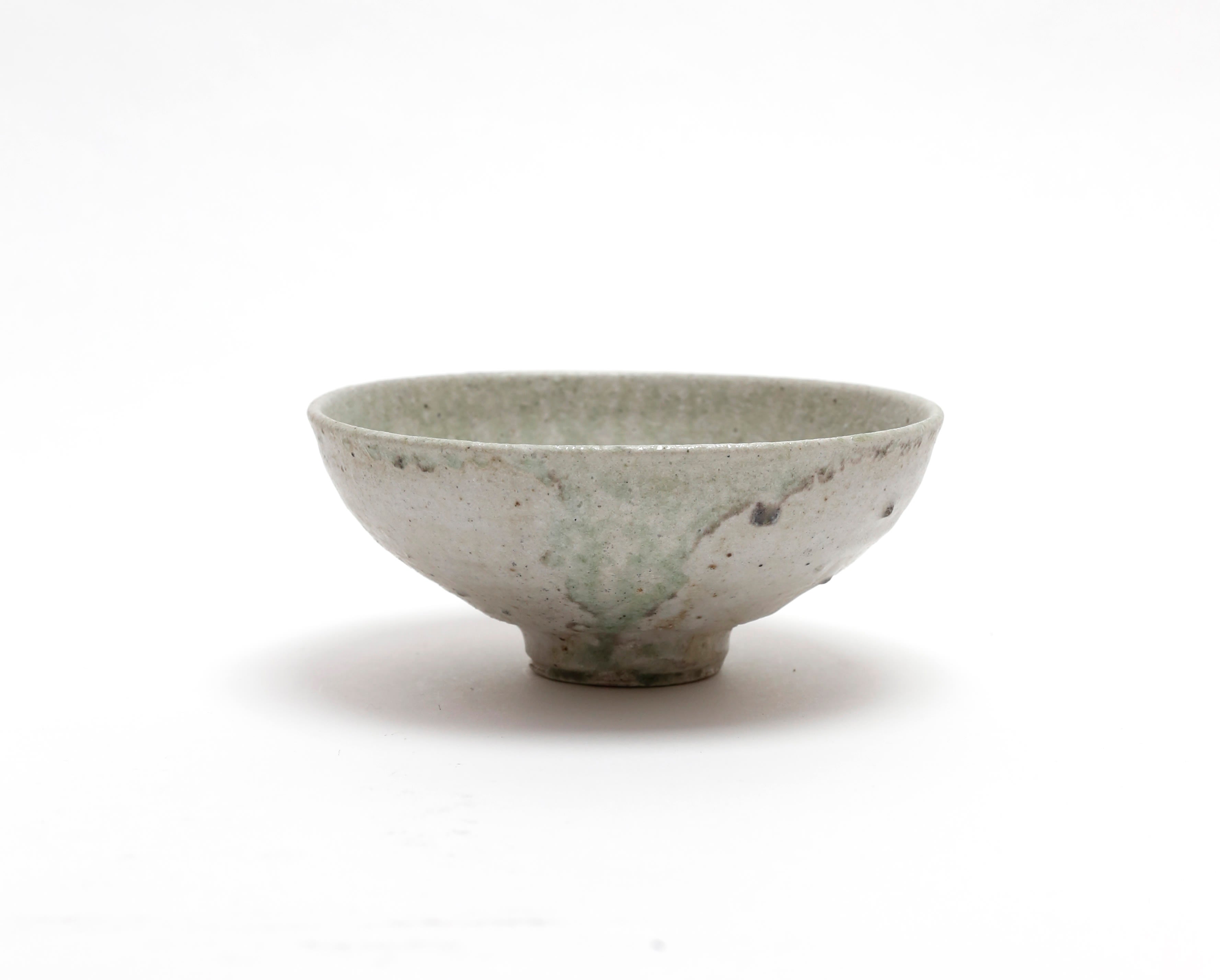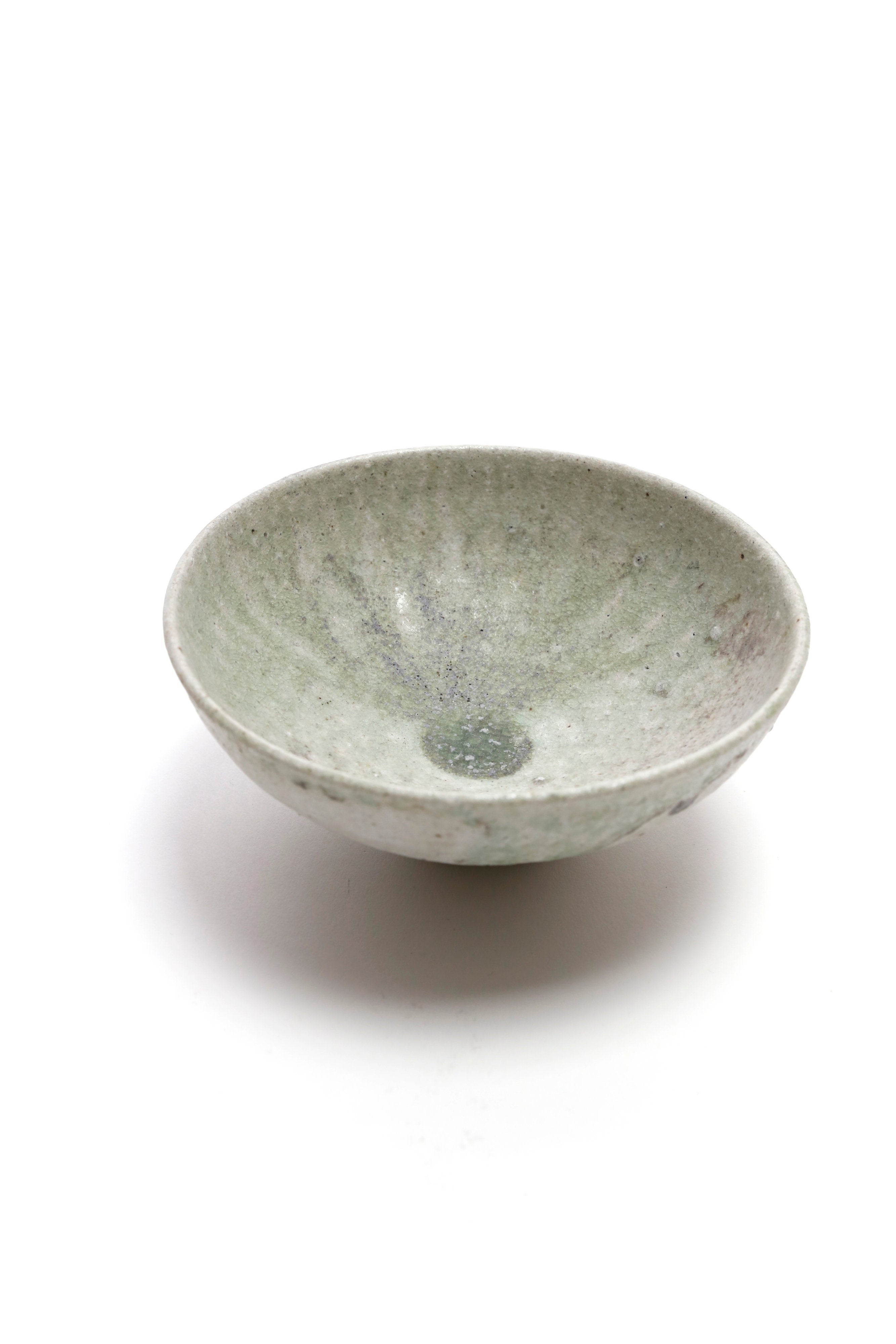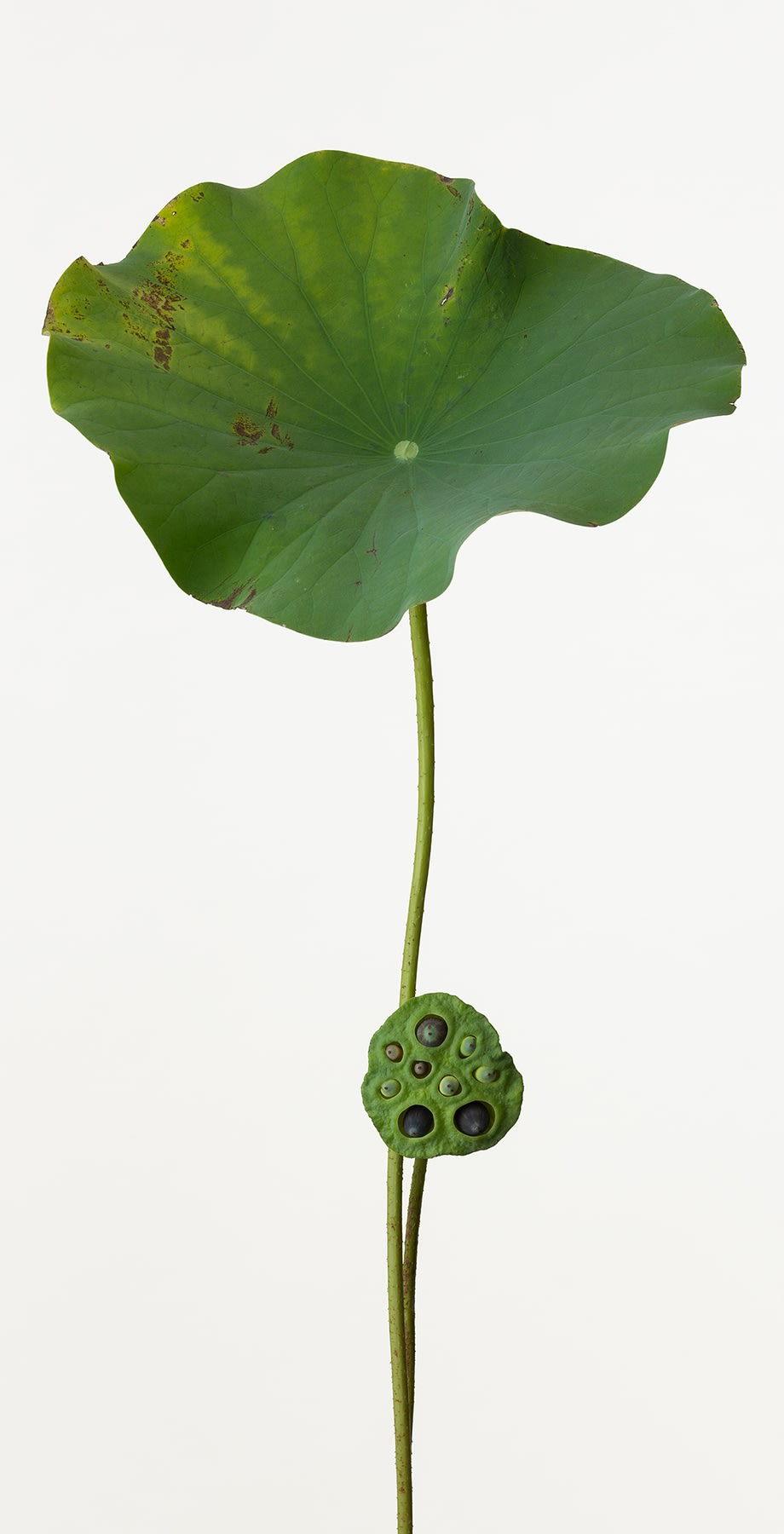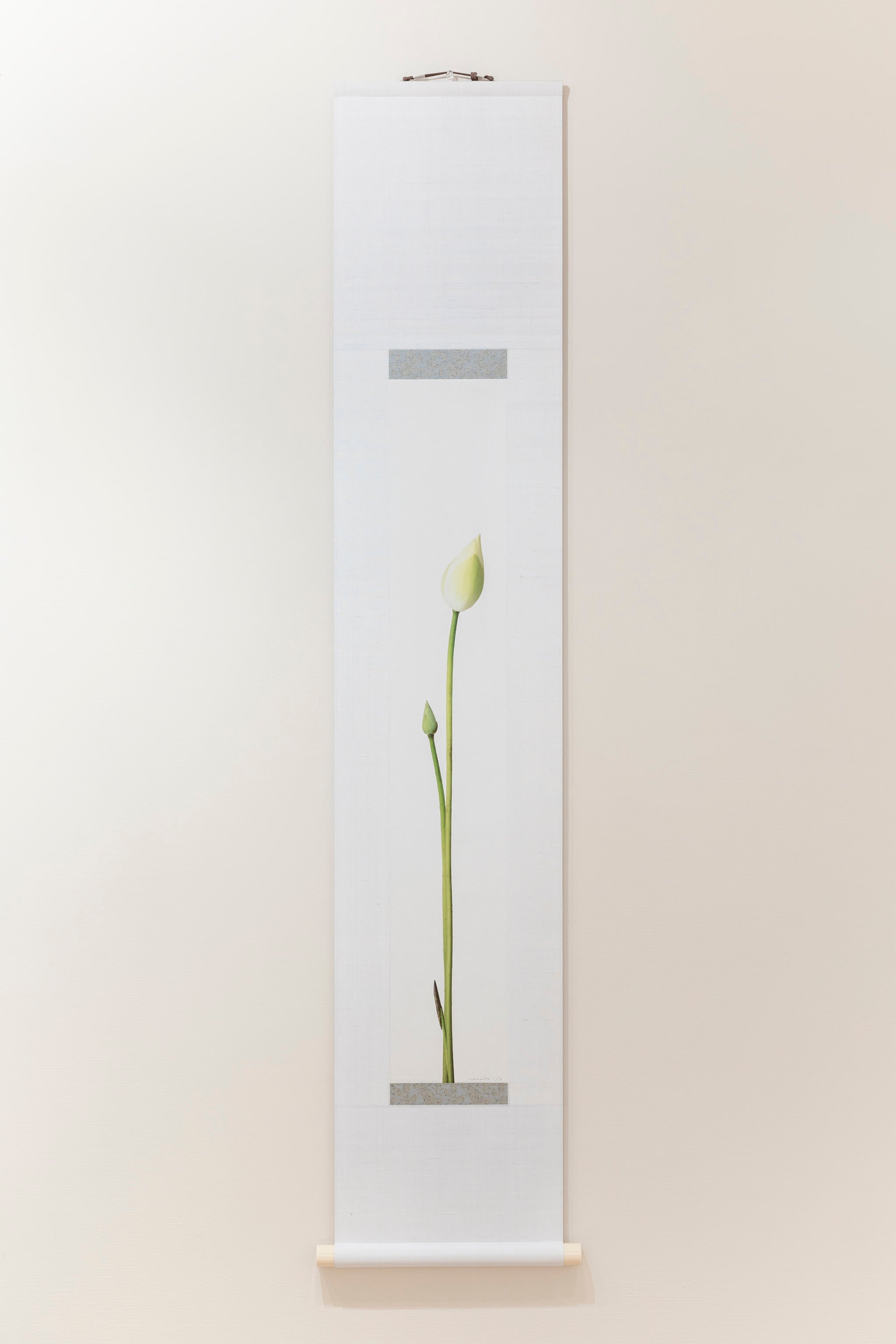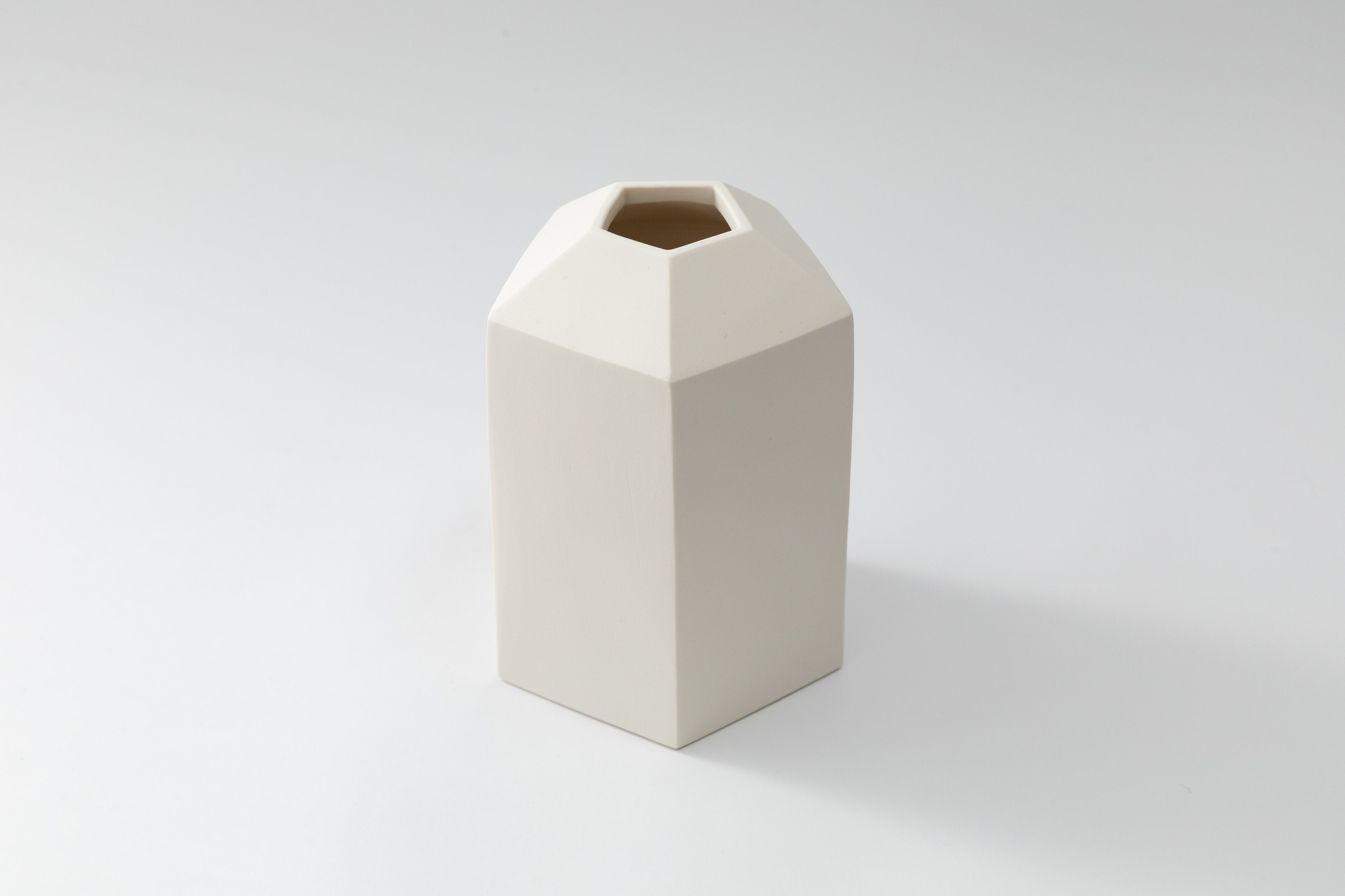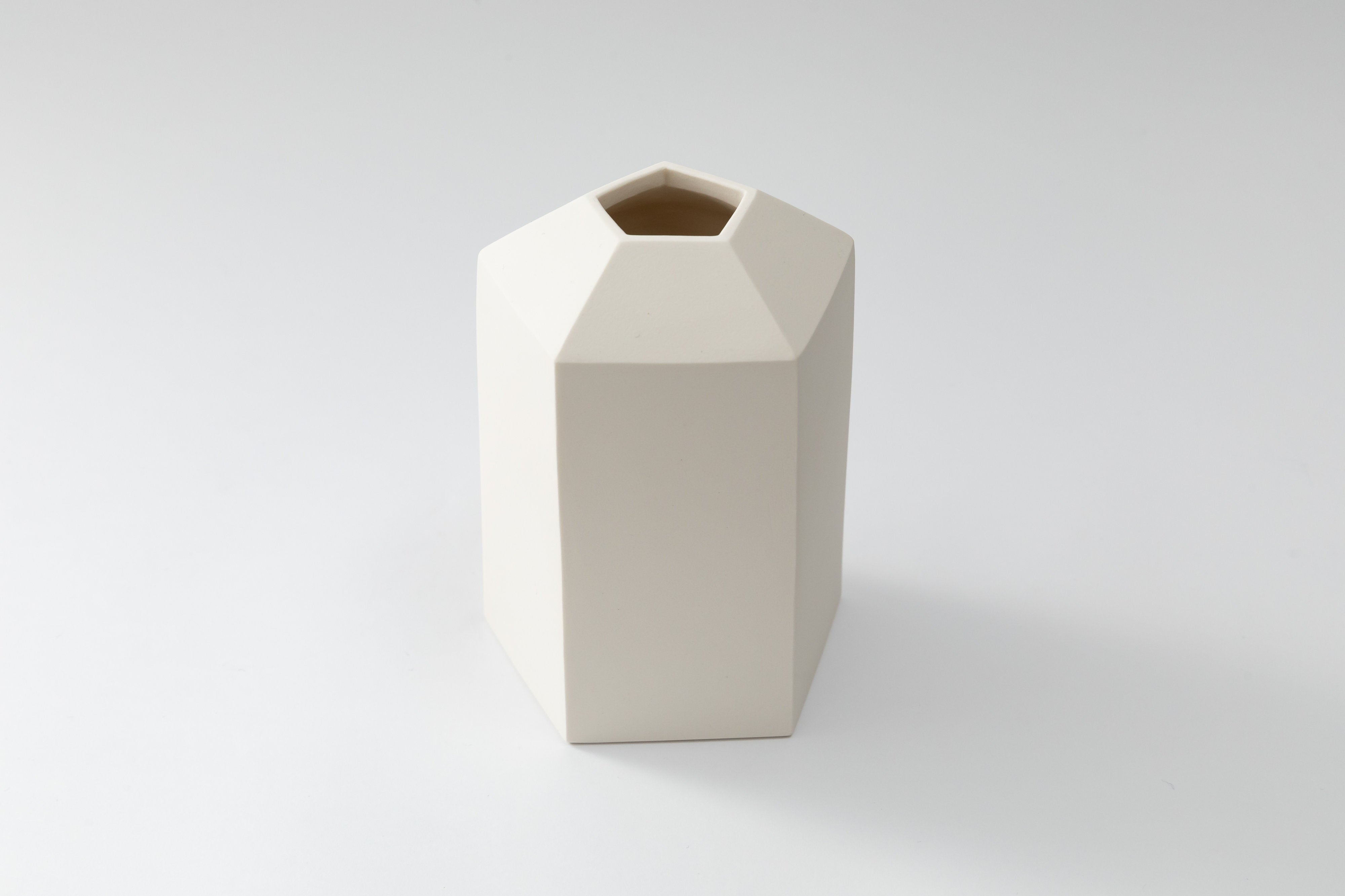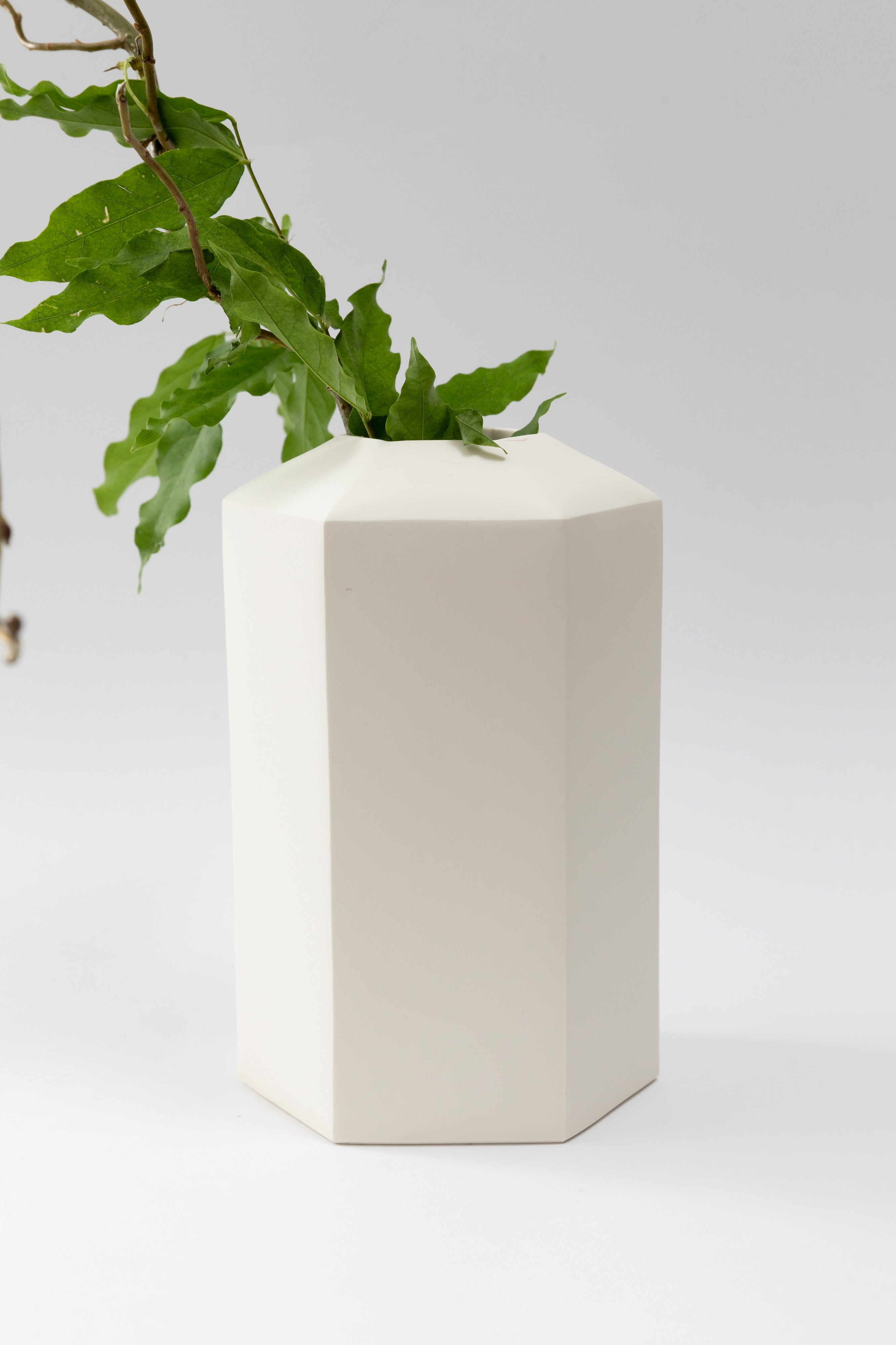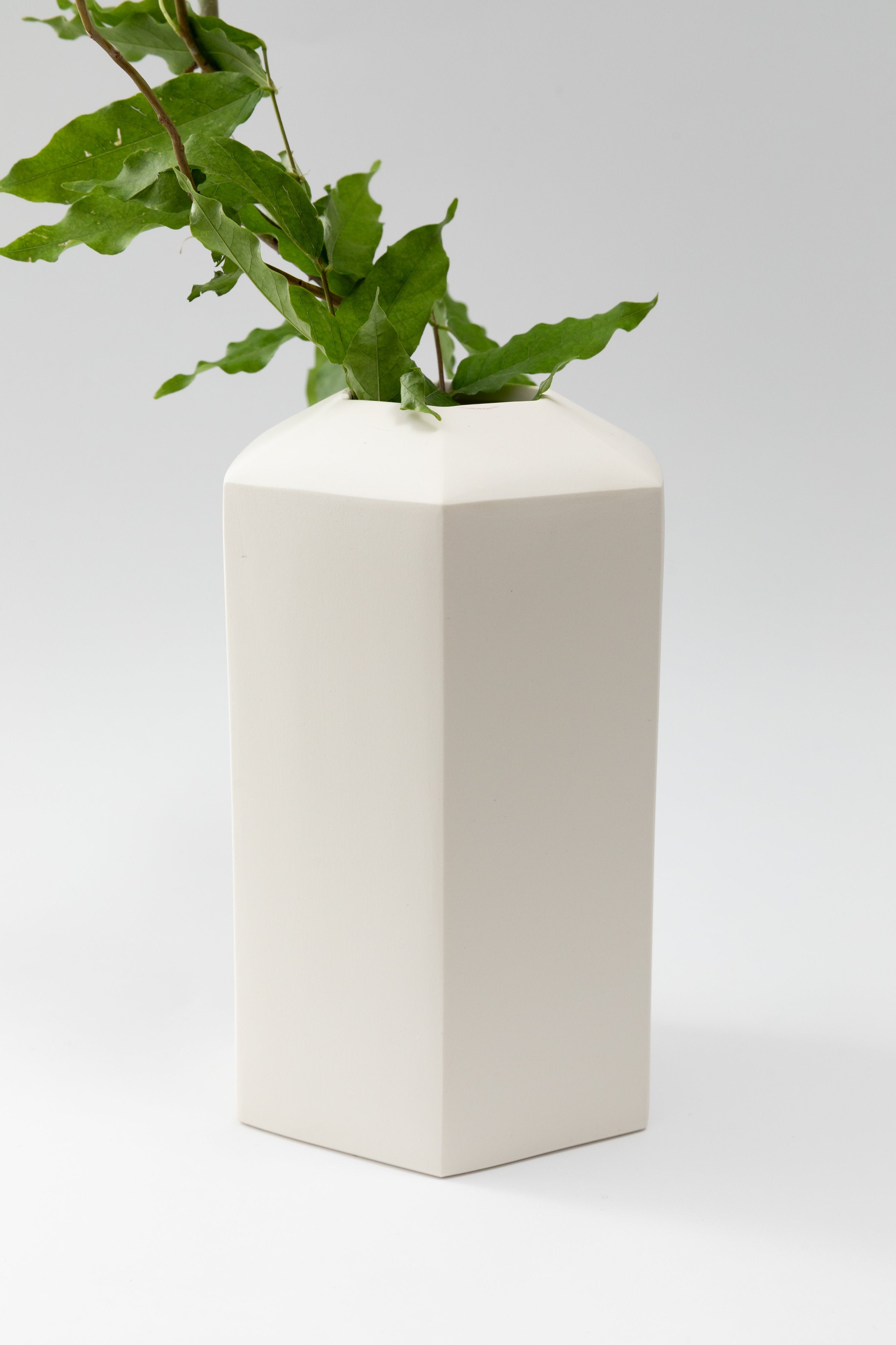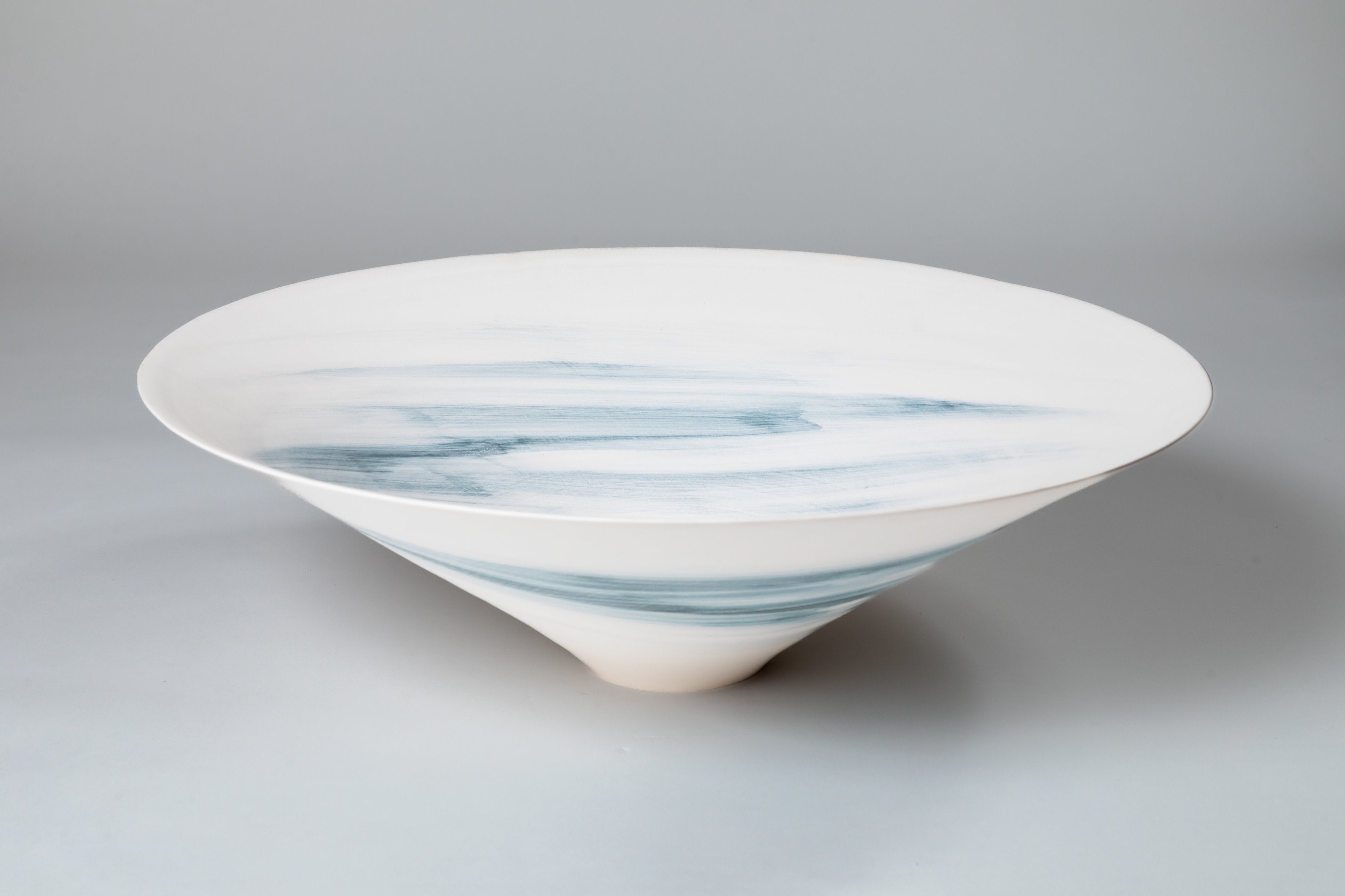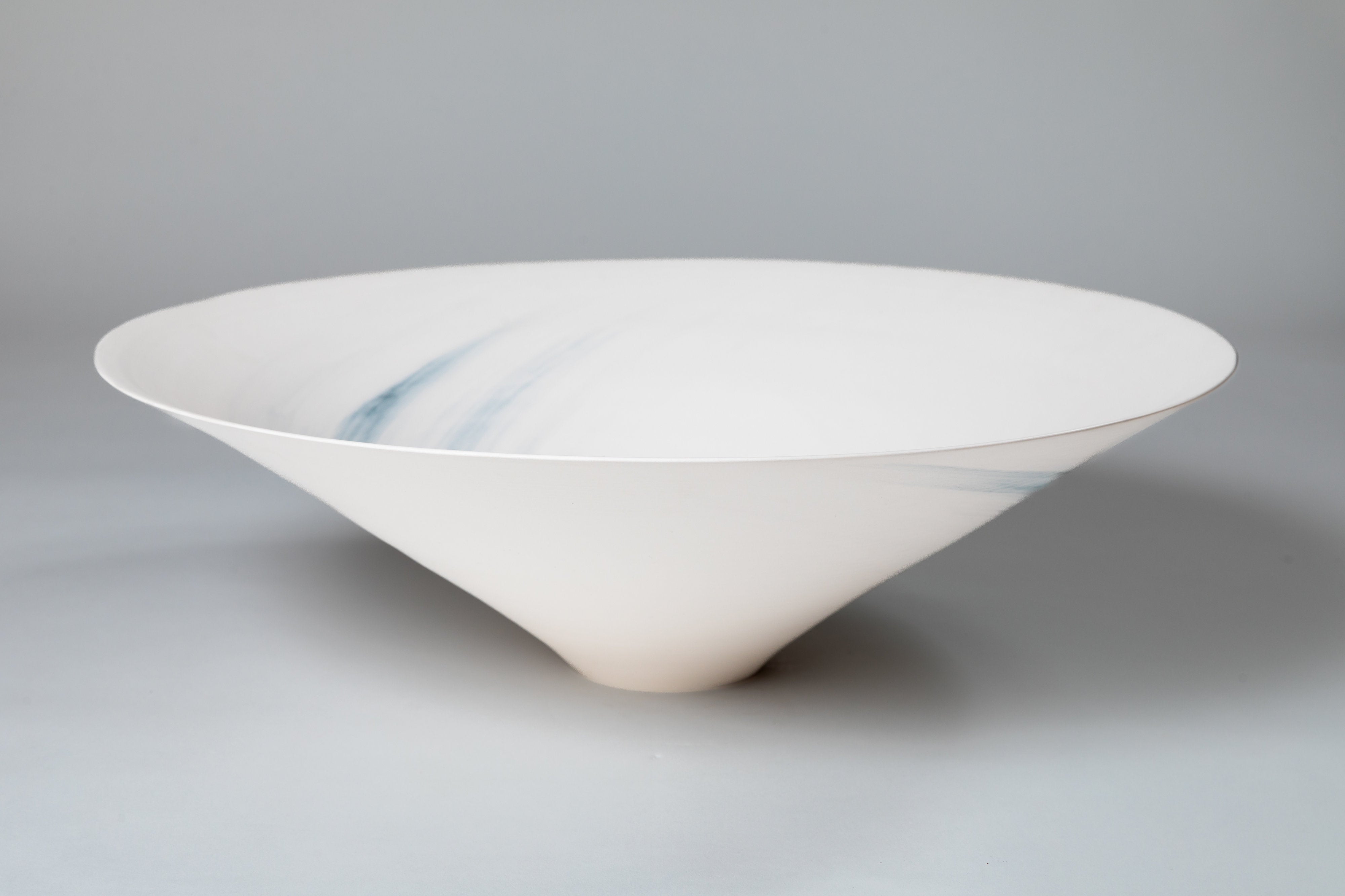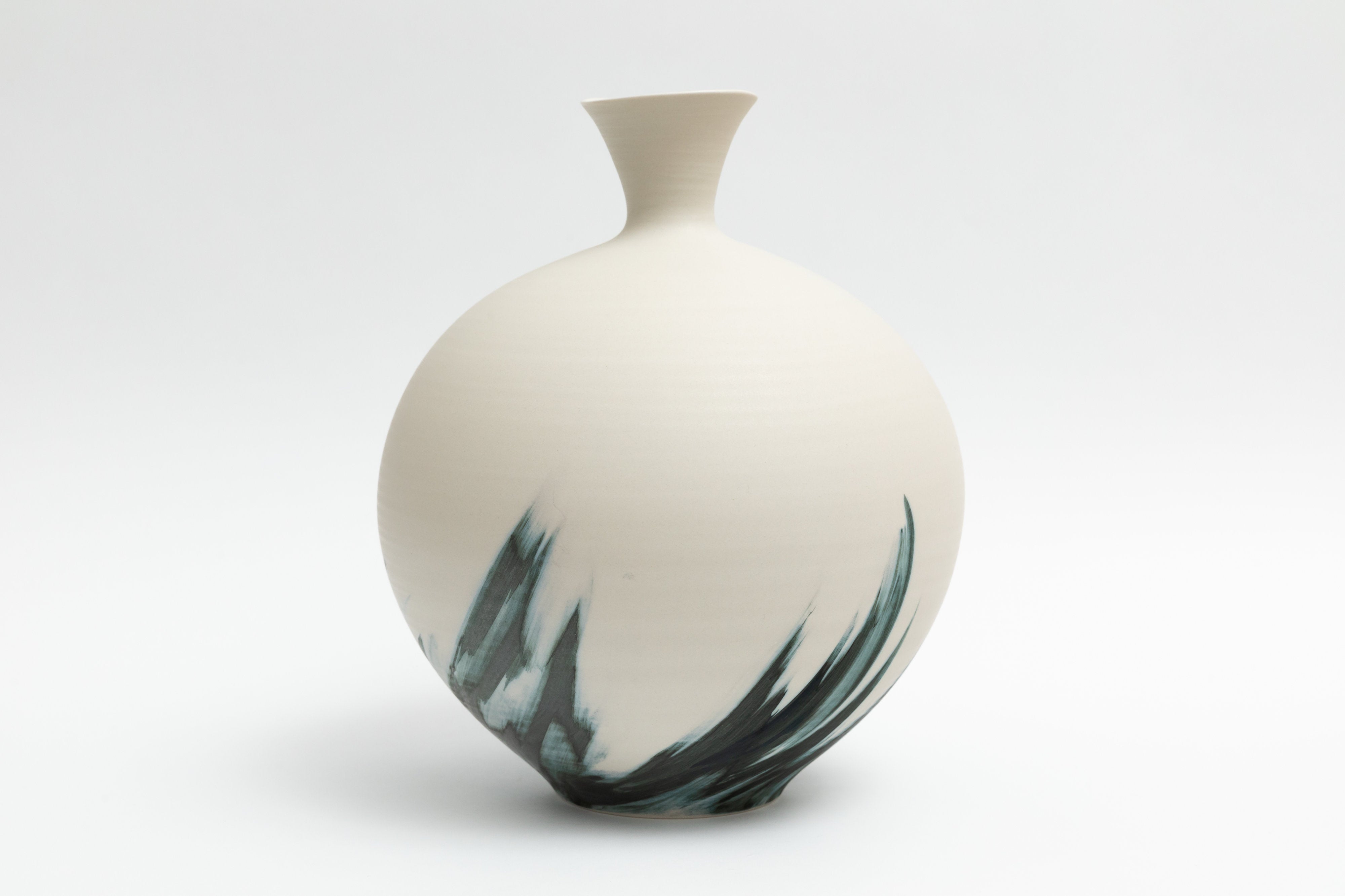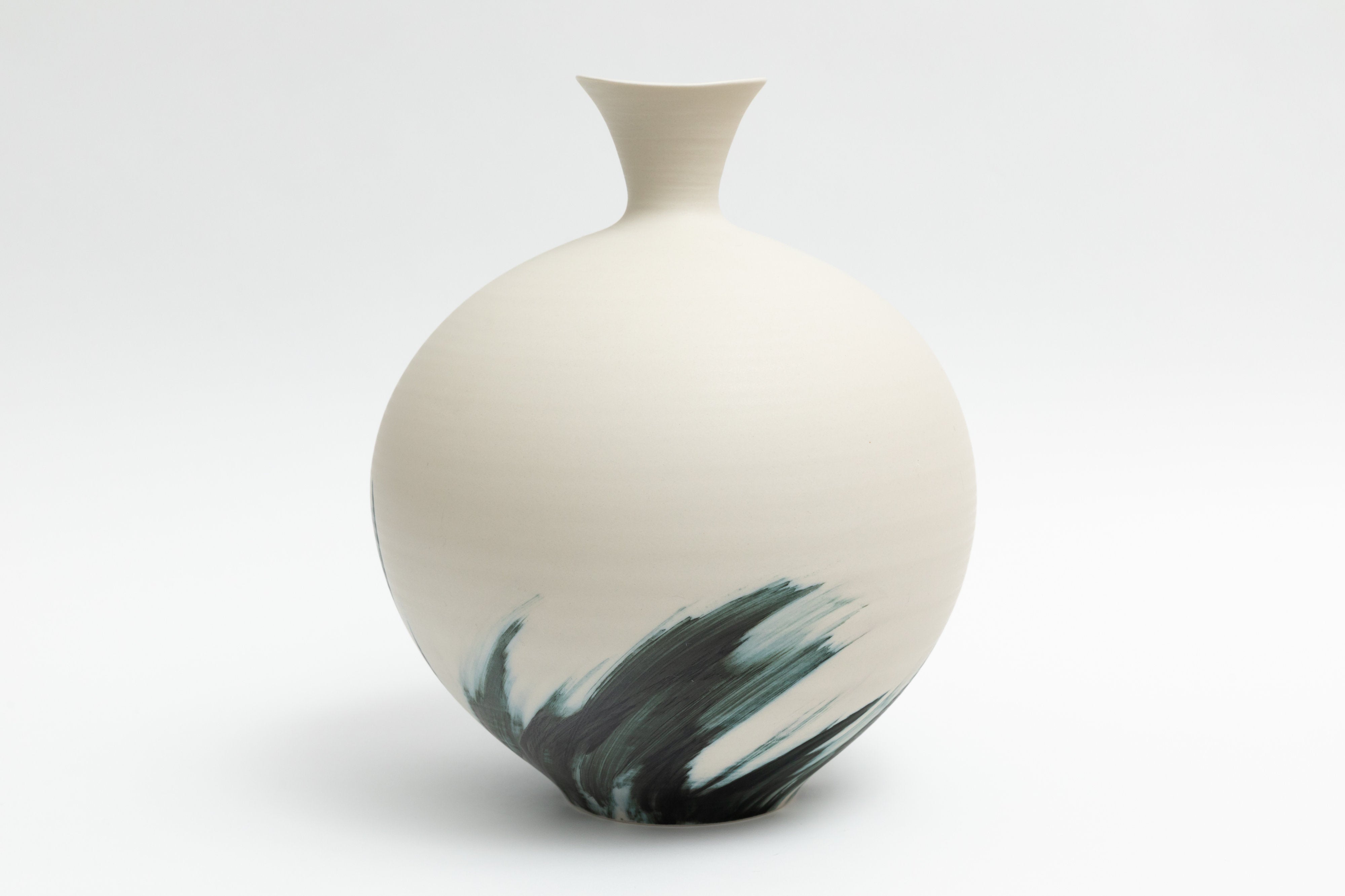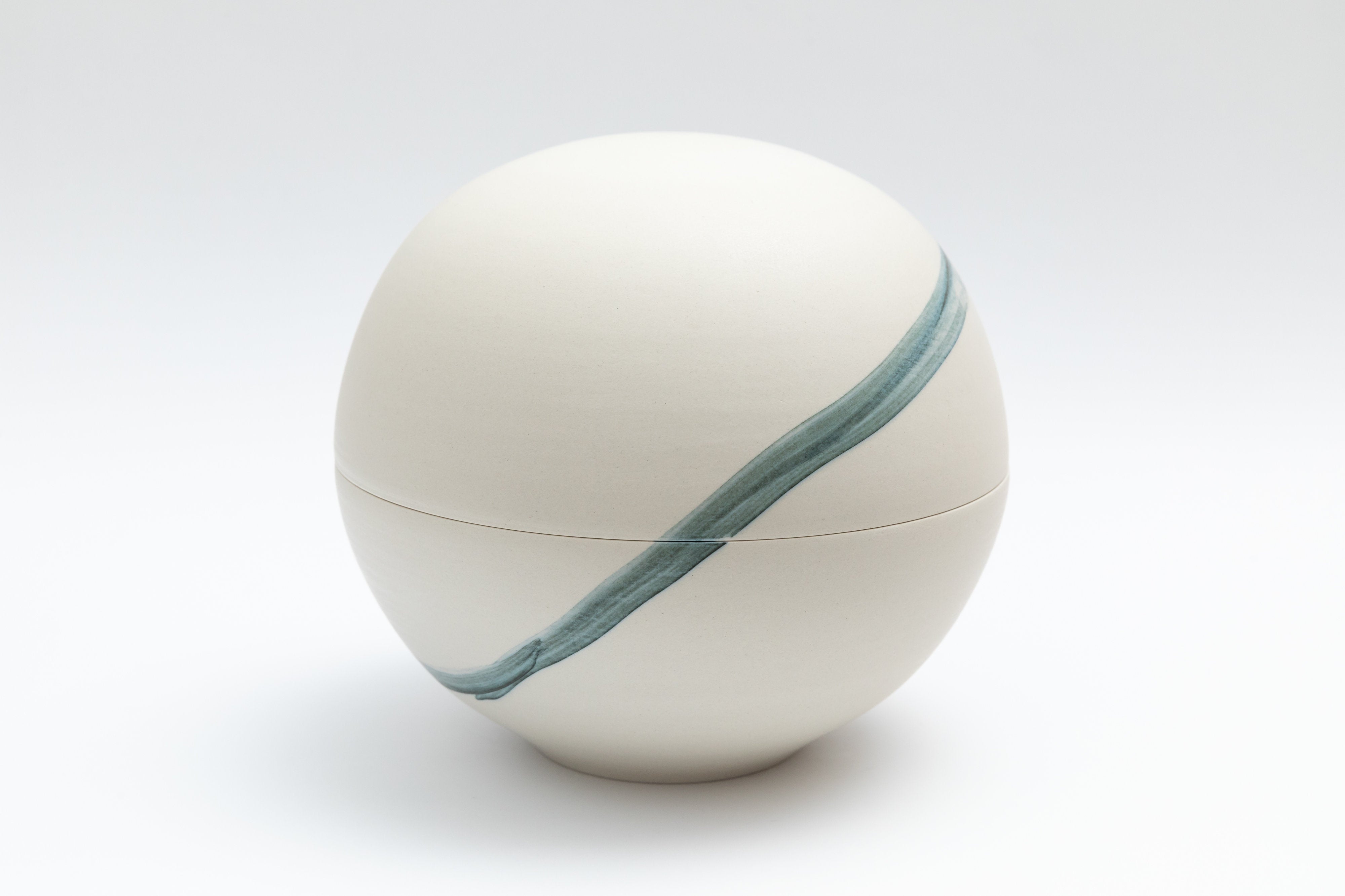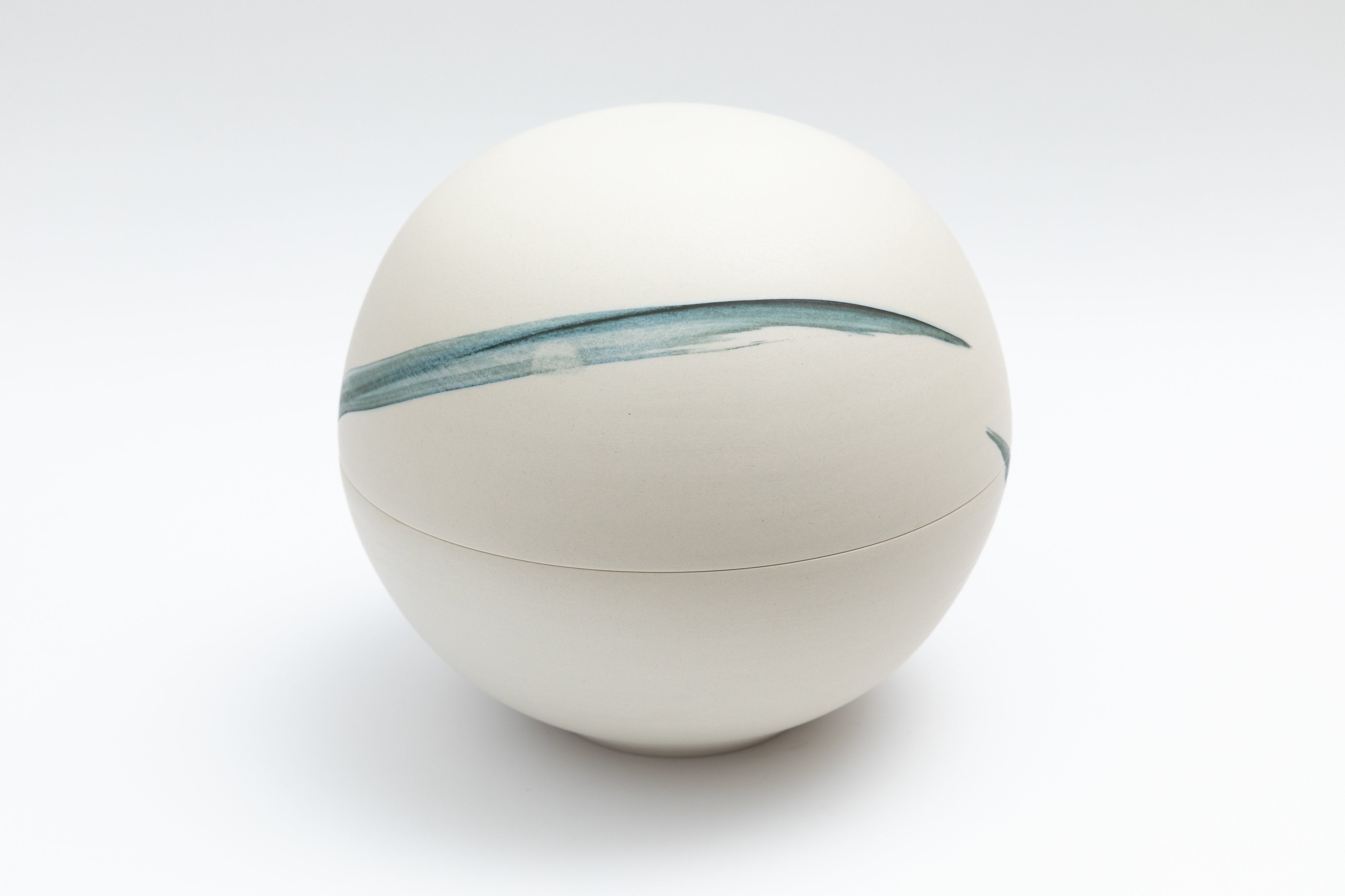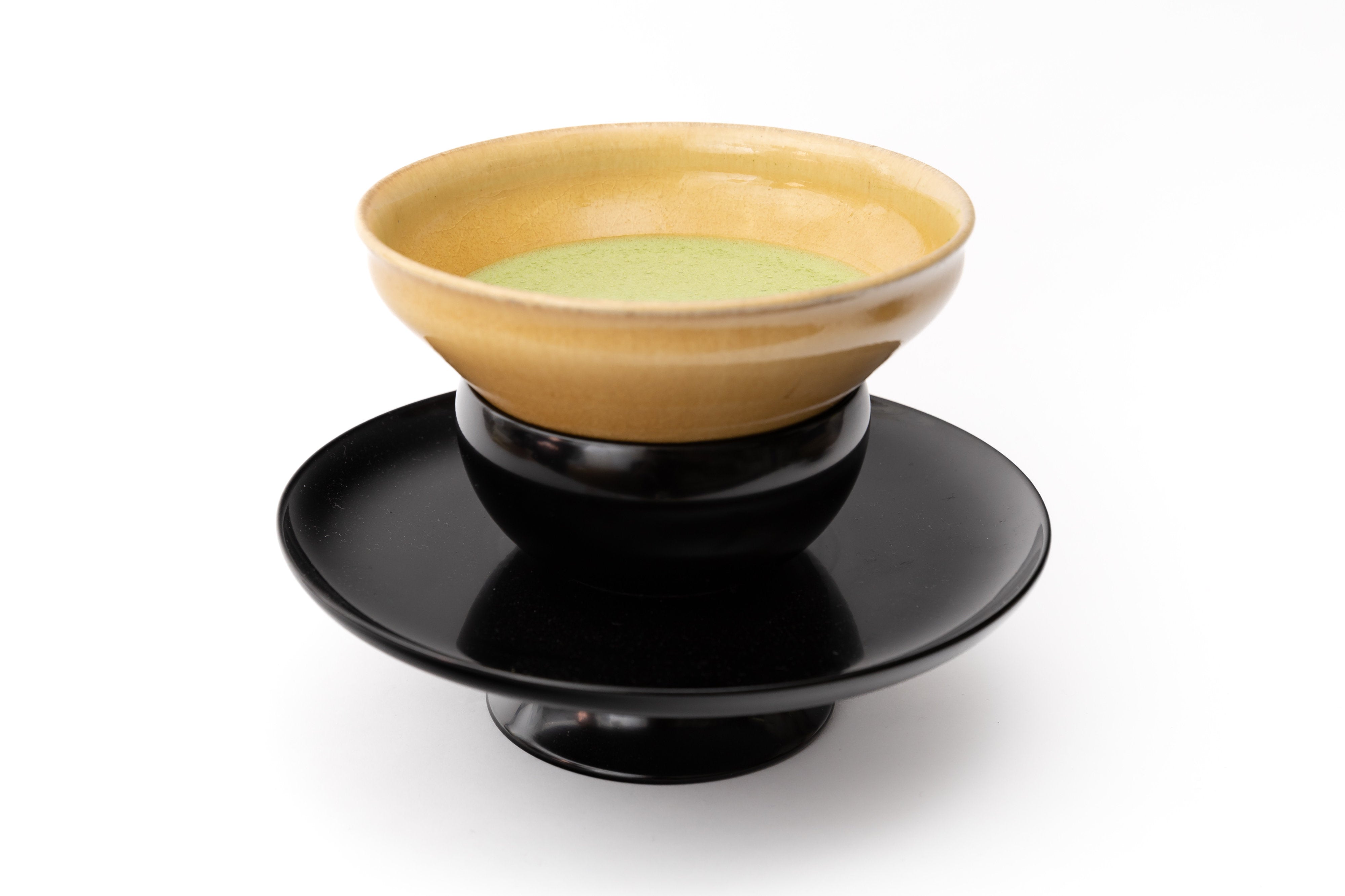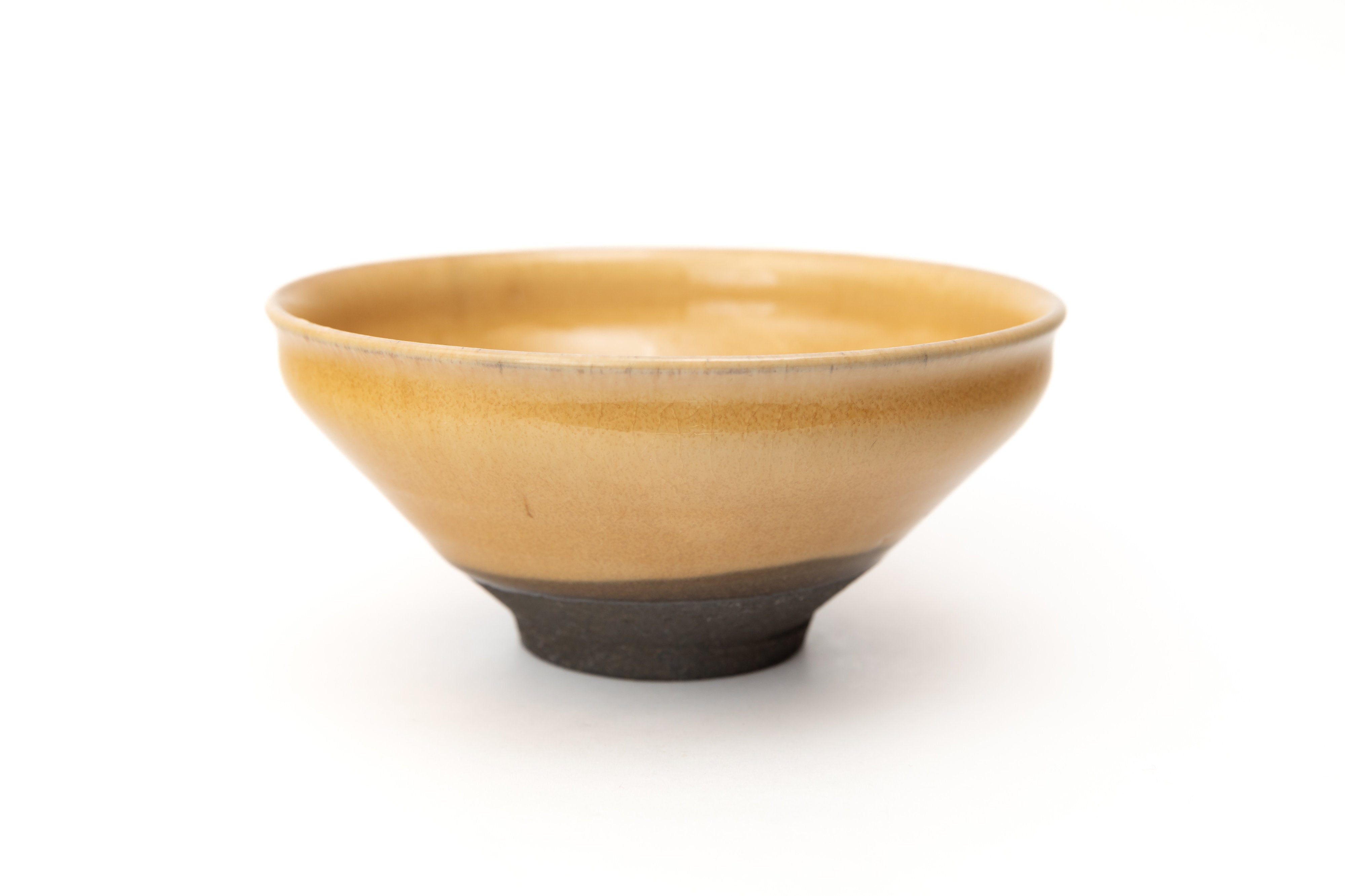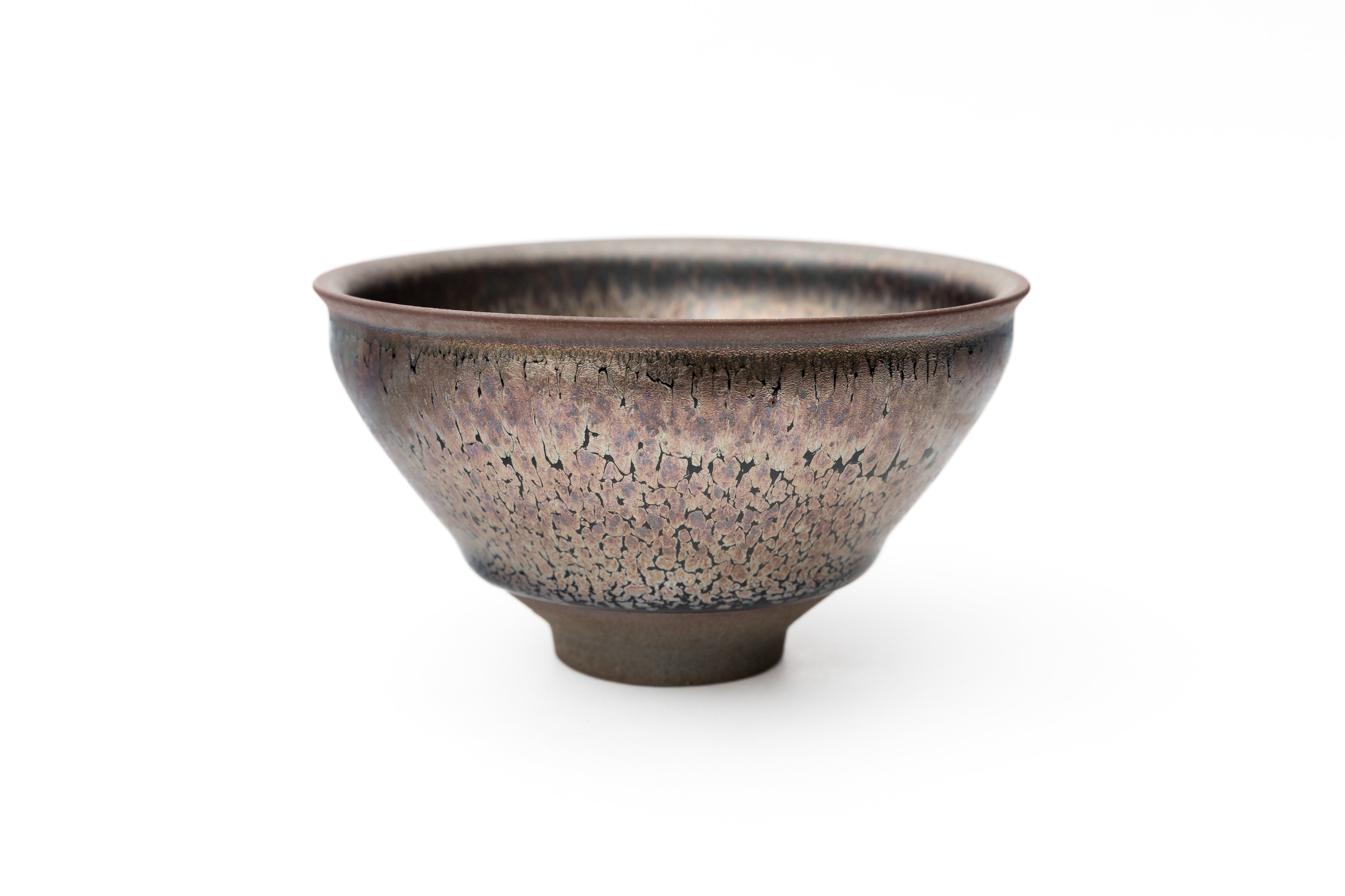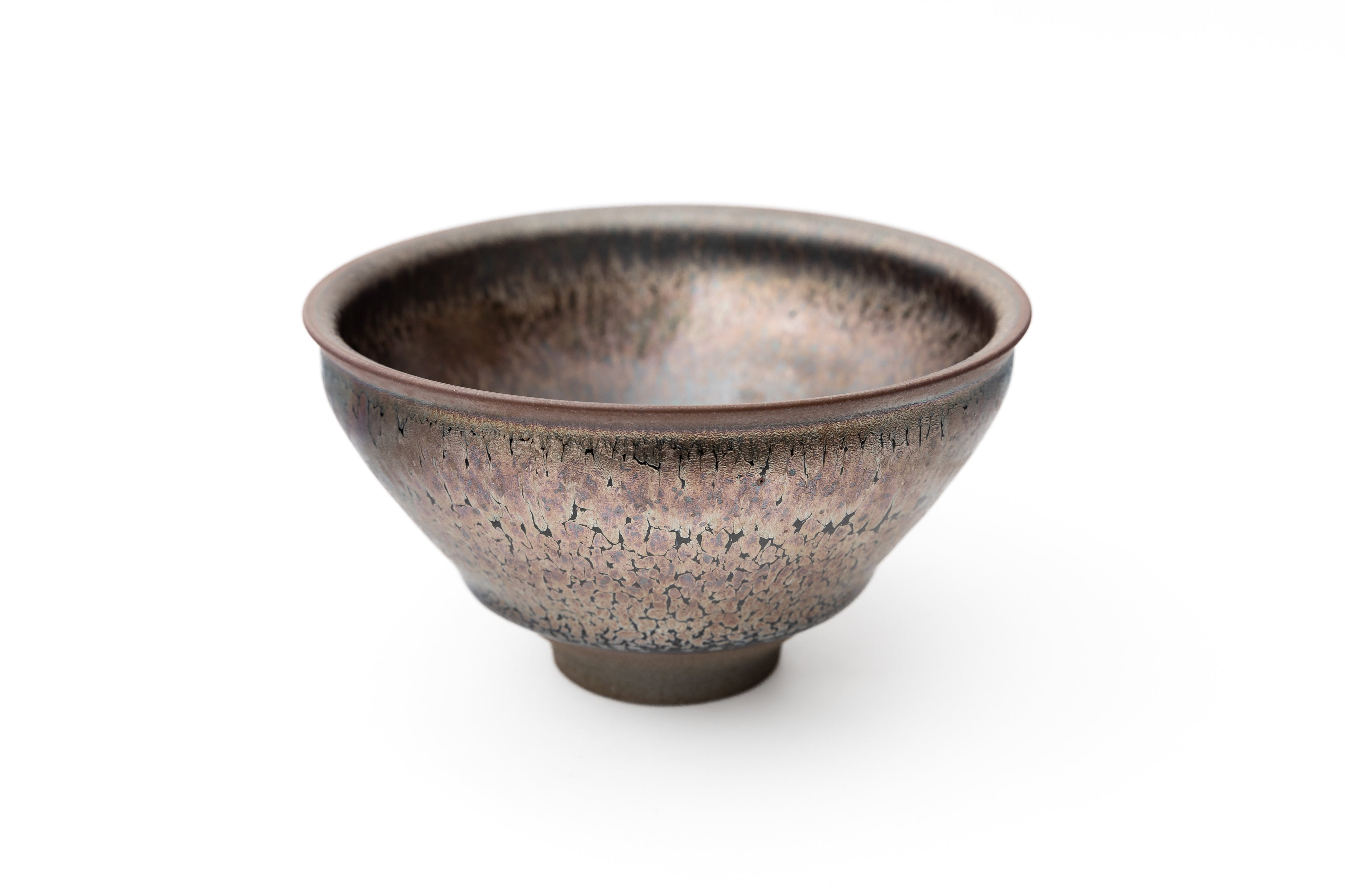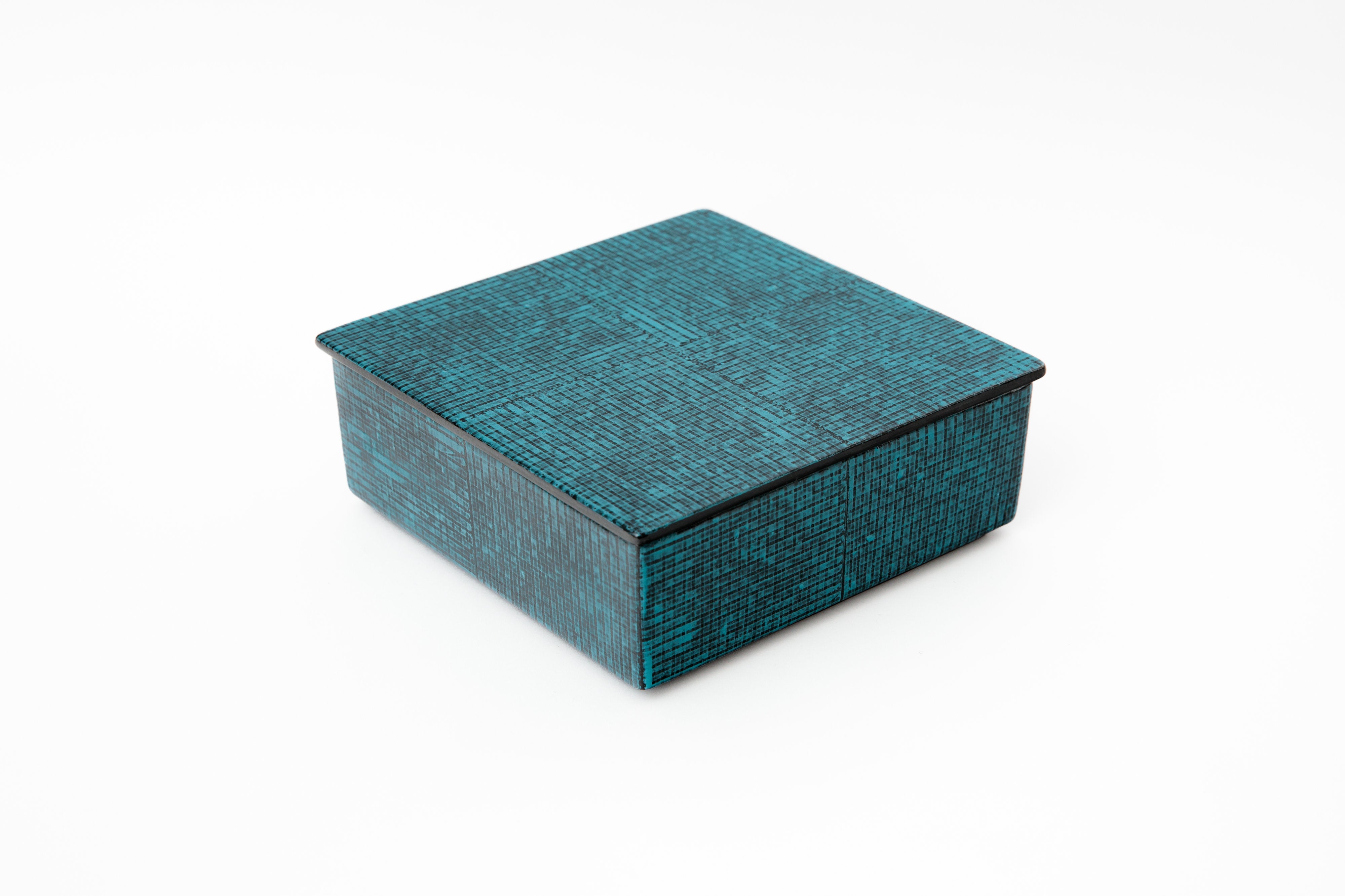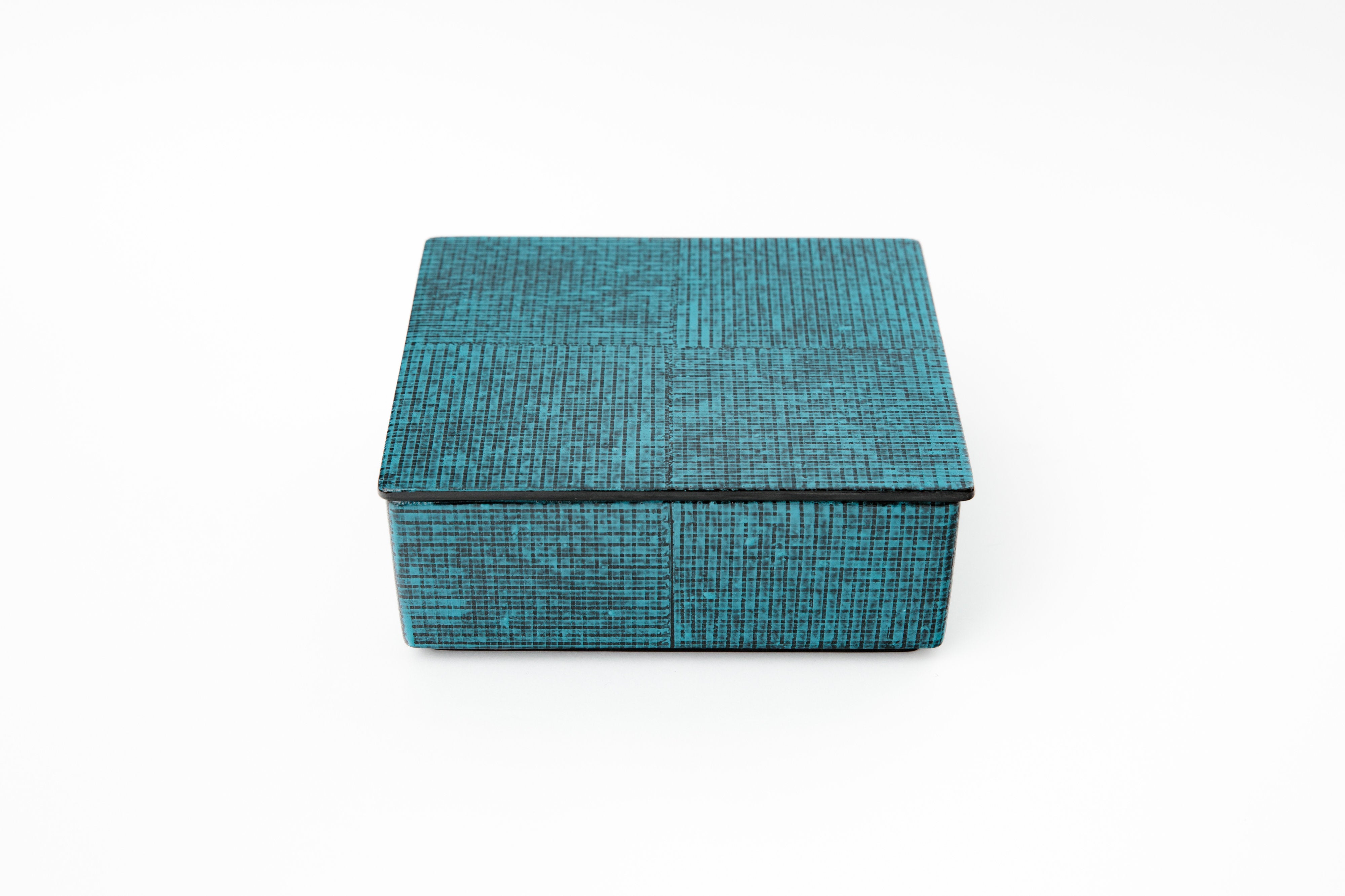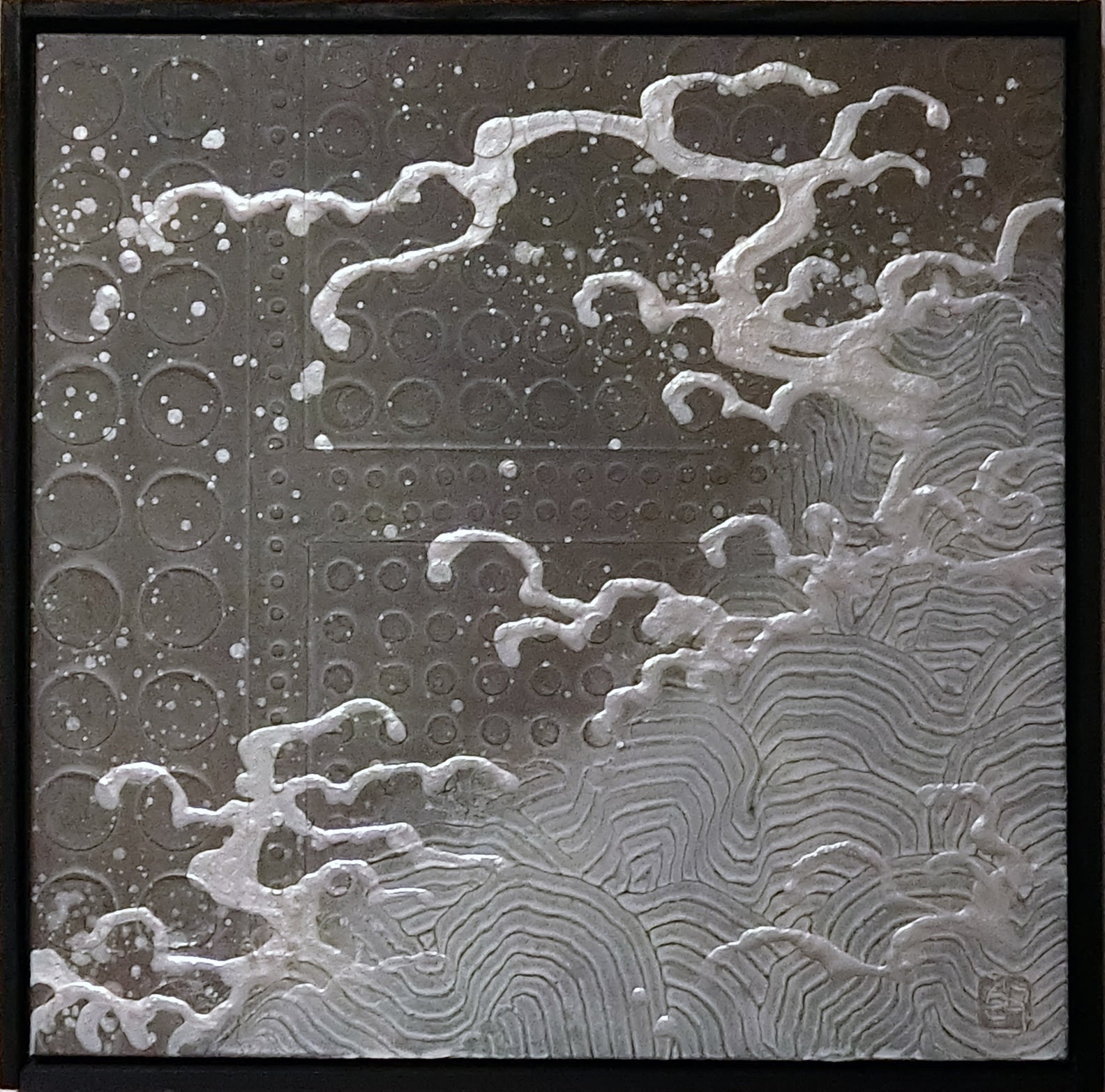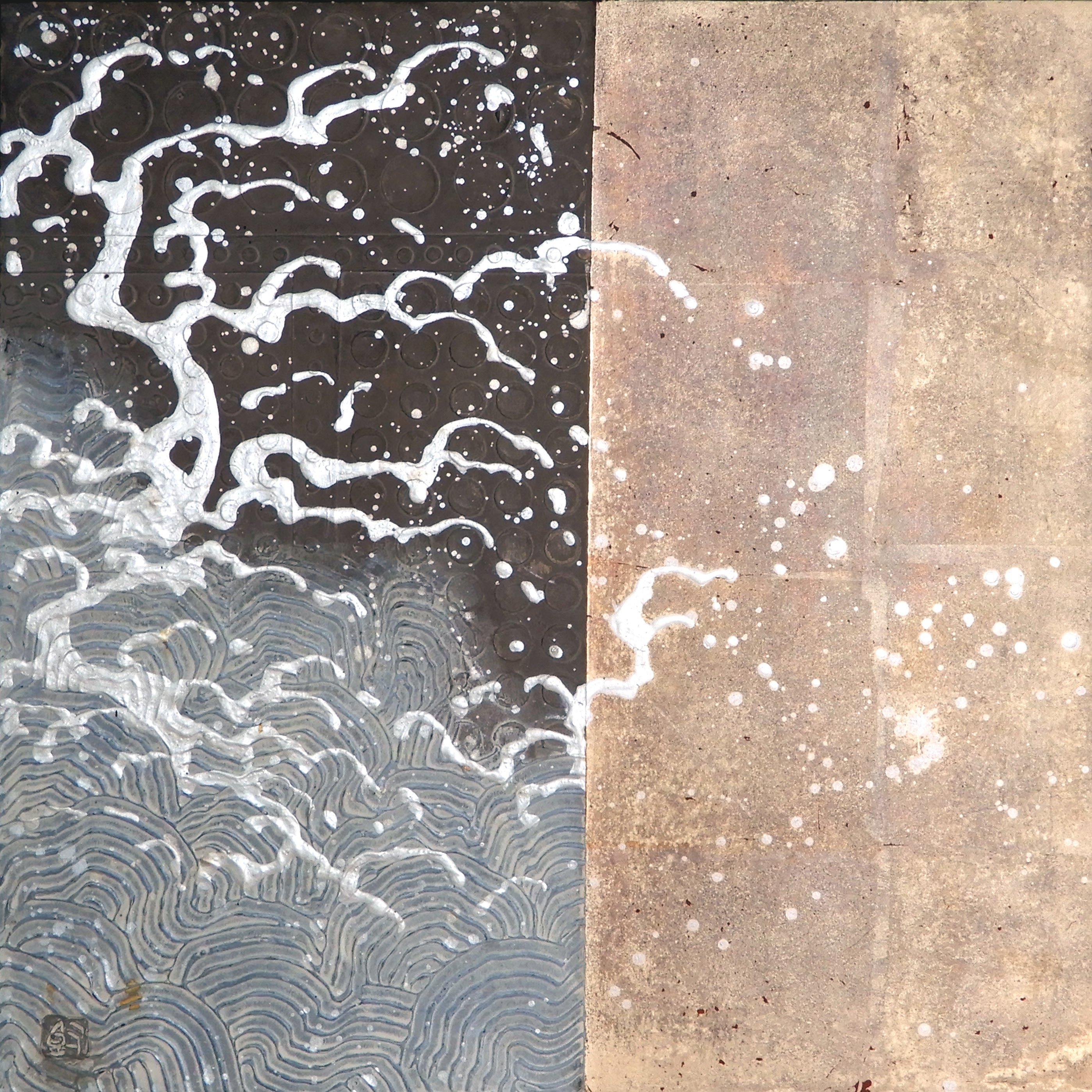[Online Exhibition] Midsummer Sea and Wind Collection
Ippodo's first online exhibition
It's a hot, hot summer.
Normally the cicadas are noisy every year, but this summer they are cooling off underground, perhaps?
I can't see you.
How are you all doing?
The temperature in Ginza Chuo-dori felt so hot it was like being inside an oven.
This time, Ippodo has come up with a unique project for the first time.
For those who don't want to go outside, whether at home, in the office, or at a summer resort,
It's a virtual exhibition where you can enjoy arts and crafts just like in a gallery.
This is a new project, so the system is still in its infancy, but we will search for beautiful things all over Japan (and overseas)
Engage with artists
We have collected some of Ippodo's favorite art and craft works.
Ginza Ippodo Keiko Aono
Midsummer Sea and Wind Collection
Ken Matsubara
Raging waves thunder and splash against the reefs of the cape where the Kuroshio Current swirls.
Matsubara Ken has followed the path of a painter under the tutelage of Inoue Sanami.
He creates paintings that combine representational and abstract art.
In particular, his three-dimensional expressions that evoke the image of sound have long been one of his original works.
Matsubara Ken's paintings create sounds that go beyond the visual sense.
His work was exhibited in New York and was collected by the Philadelphia Museum of Art and the Minneapolis Institute of Arts, where it became a hot topic.
It's more popular in America than in Japan.
Marina Bozic
When I went to the graduation exhibition at Tokyo University of the Arts, Bozic's prints on washi paper were displayed across the entire room.
The color is a true Hiroshige blue, making you feel as if you are in the ocean, and also reminiscent of an Edo period abstract painting.
Shion Tabata / Ruri Takeuchi
In his youth, Tabata Shion studied at the Osaka art dealer Tanimatsuya Toda Shoten, and admired the finest antique art, imitating it in his creations.
Her seriousness and sensibility are expressed in various forms, including painting, calligraphy, pottery, and waka poetry.
Takeuchi Ruri's porcelain features detailed depictions of nature and animals, painted on white porcelain.
The design is not just of pottery to use, but also of "ceramics to be viewed."
This time, we combined it with Professor Tabata's work and arranged it to look like carp playing in the waves.
Fujio Kawagishi
Kawagishi Fujio's plants are depicted with fine lines that make them look vibrant and beautiful, portraying the Japanese atmosphere as if one were looking at an old botanical illustrated book.
The essence of what he sees is transformed into lines by his paintbrush, giving life to the flowers and plants.
Kota Arinaga


The colored glass is stretched and thinned like spinning thread, then bundled together like twisted yarn, the lines overlapping to cover the surface.
The momentary shapes created by blown glass encapsulate the "time" of textiles.
This glass is designed to lightly play with the moment while yearning for such magnificent time.
Takeshi Imaizumi




When Imaizumi Takeshi was a sophomore at university, he became fascinated by the beauty of the Chinese Song Dynasty Tenmoku and Celadon wares at the Museum of Oriental Ceramics, Osaka.
With respect and admiration for ancient practices, and while maintaining the fundamentals, we create pottery with sleek shapes and beautiful postures with a modern sensibility.
The cool blue Tenmoku brings a refreshing breeze to the tea room in summer.
Takashi Tomooka

The flowers, which were painted not with a paintbrush but with a digital camera on white Japanese paper, seemed to me to represent the beauty of Japanese purity and his absolute aesthetics.
The photographs record the ecology and individuality of each plant, as well as shapes that can only be seen at that moment.
Nobuo Nishida



A sharp-shaped porcelain vessel made from porcelain clay, painted with blue mud, and fired.
The pieces are bisque fired using Kyoto porcelain clay, then painted with cobalt blue or mud paint using a brush, then wiped off, and the process is repeated.
It looks like an abstract painting, but also like a traditional brushstroke.
Its clean expression and beautiful form have a quiet, humble charm that attracts the attention of many fans.
Keiko Minoura


Keiko Minoura began practicing calligraphy at the age of three and was said to be the reincarnation of the master of calligraphy.
It beautifully revives the elegant beauty of the Heian period kana, and is reminiscent of Murasaki Shikibu and Sei Shonagon.
The gracefulness of Japanese women is expressed through kana characters written on washi paper.
This single-sided folding screen features a striking blue plant-dyed design that looks great on a table.
Makoto Wakao


He is a ceramic artist who creates Bunseiji porcelain in Tajimi City, Gifu Prefecture.
The pale blue color applied thickly to the brown clay base and the soft shape resemble the calm surface of water, gently enveloping the viewer.
Midori Tsukada



Tsukada Midori creates elegant glass that resembles bubbles rising from the depths of the ocean and sparkling in the light.
She uses kiln work techniques called fusing and sagging to layer multiple sheets of colored glass or metal foil.
She does everything by herself, from firing in an electric furnace to cutting the glass and polishing.
Masahiro Maeda

In his studio in Roppongi, central Tokyo, Maeda Masahiro creates overglaze porcelain with geometric patterns that resemble abstract paintings.
After applying glaze and firing the pottery, masking is applied and a picture is then drawn on, then the pieces are cut out using a cutter.
The cut-out patterns are painted with Western paints and then fired.
By repeating this process as many times as there are colors, a unique, colorful and modern piece is created.
Hiroshi Goseki





Goseki Yuji studied earth and fire as a disciple of Isezaki Jun, a Living National Treasure of Bizen ware.
Nowadays, trees from the forests deep in the mountains of Ibaraki are cut down with chainsaws, used as firewood, and fired in anagama kiln.
We continue to strive to create pottery that will last for hundreds, even thousands of years.
Katsuya Ohgita

The glass is fused into a plaster mold.
The surface has a rough texture, and the light inside the glass pools, creating a unique look.
The expression changes depending on the intensity and angle of the light.
Tsuneo Yoshimizu



Tsuneo Yumizu is a glass artist who has been active since the late Showa period.
He is also a historical researcher, and specializes in "recreating" and "restoring" things from an archaeological perspective.



